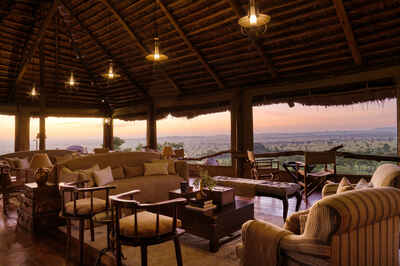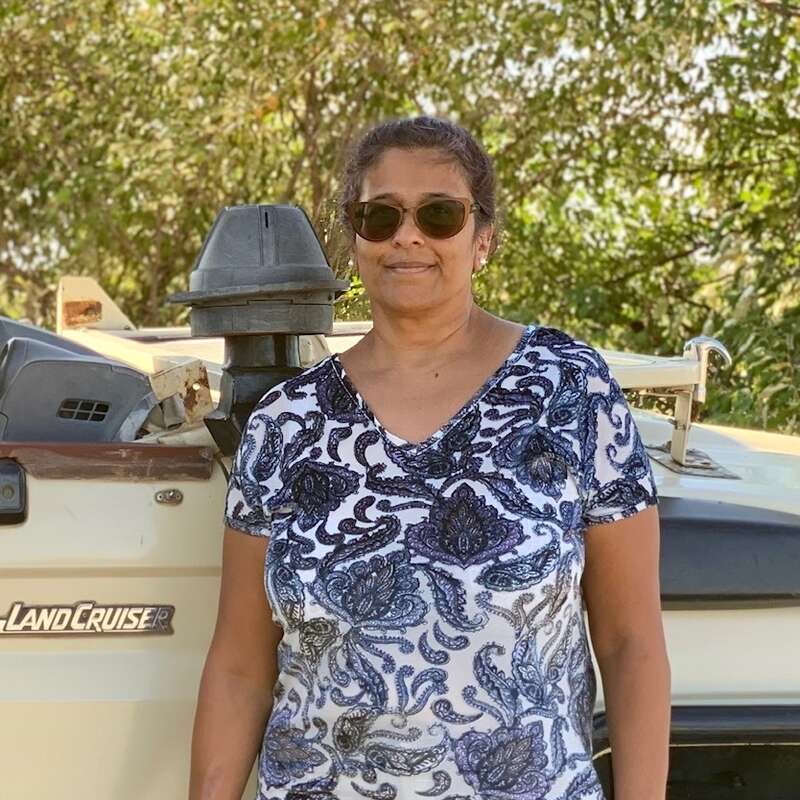About Serengeti Pioneer Camp
Located in south central Serengeti National Park, Serengeti Pioneer Camp is a smart tented camp with a touch ...
... of the early explorer about it. Built on a slope below a picturesque kopje, the camp setting retains a feeling of seclusion yet is well placed as a base for game drives across southern Serengeti's vast open plains.
Serengeti Pioneer Camp joins a short list of high-quality, fairly luxurious permanent camps found in this area. If guests aren't put off by some of the colonial décor touches, and slightly over fussy service, then this tented camp is a great option for those seeking a little luxury. It's well-positioned on the quieter outskirts of a popular and very productive wildlife area in the Central Serengeti.
Our view
Serengeti Pioneer Camp joins a short list of high-quality, fairly luxurious permanent camps found in this area. If guests aren't put off by some of the colonial décor touches, and slightly over fussy service, then this tented camp is a great option for those seeking a little luxury. It's well-positioned on the quieter outskirts of a popular and very productive wildlife area in the Central Serengeti.
Accommodation
12 Tents
Children
Best for 12+
Open
All year
Activities

4WD Safari

Birdwatching

Hot air ballooning

Private activities
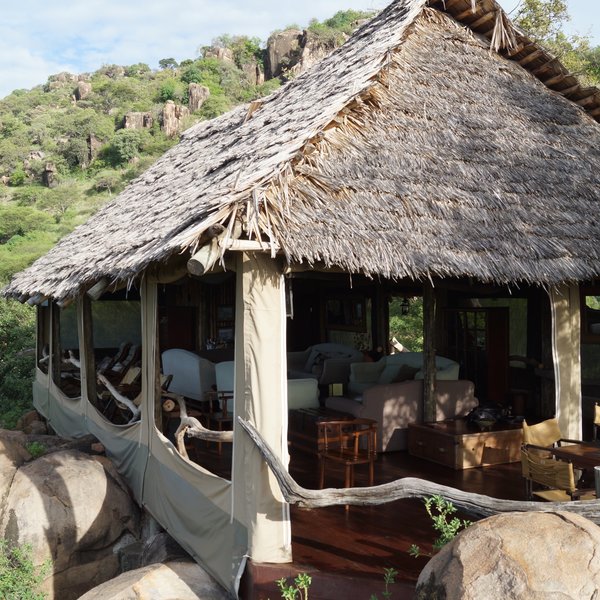
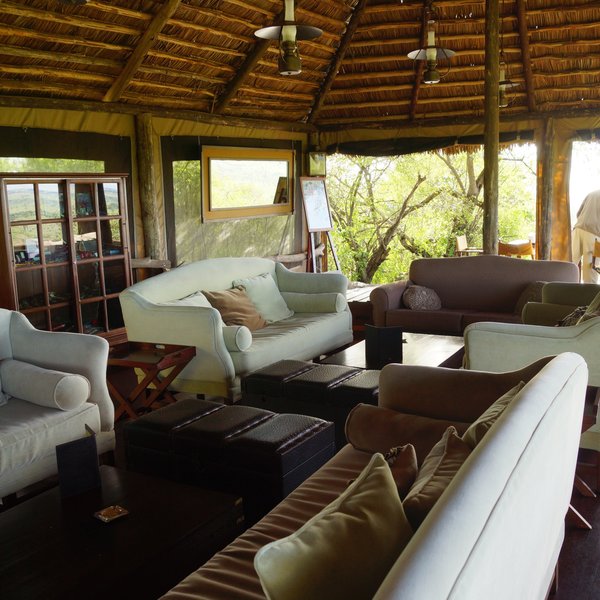
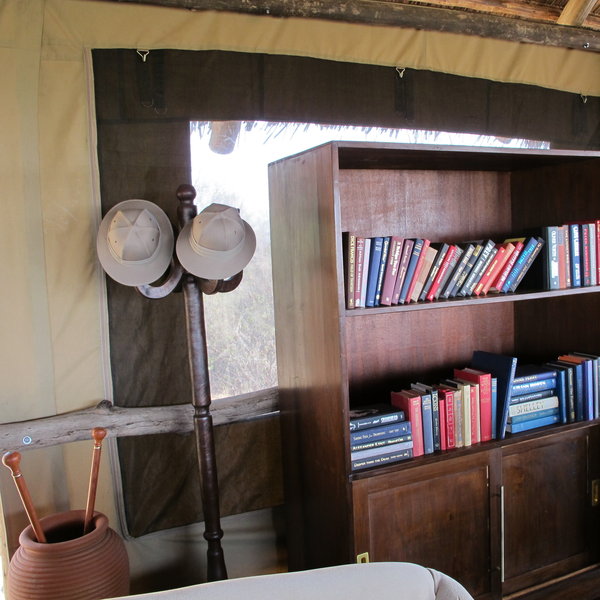
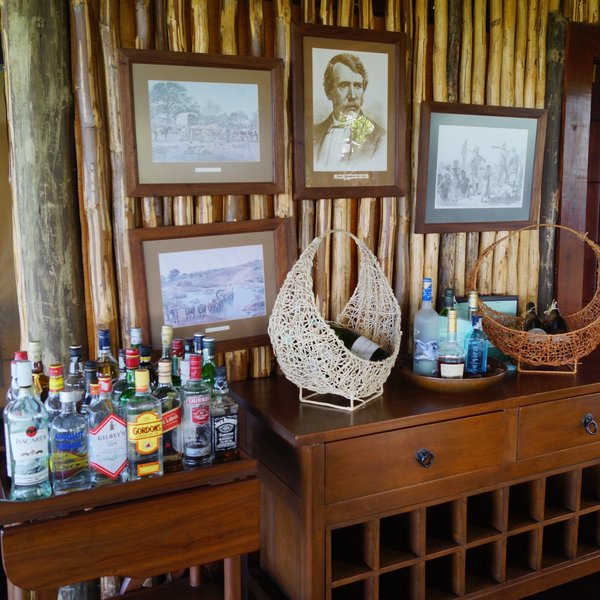
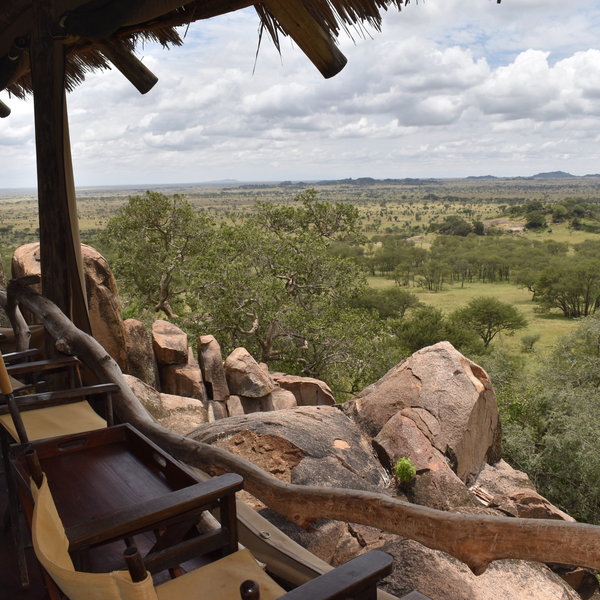
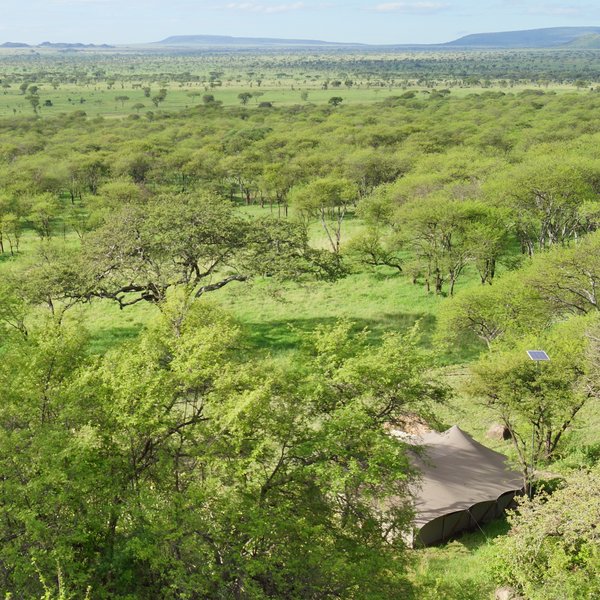
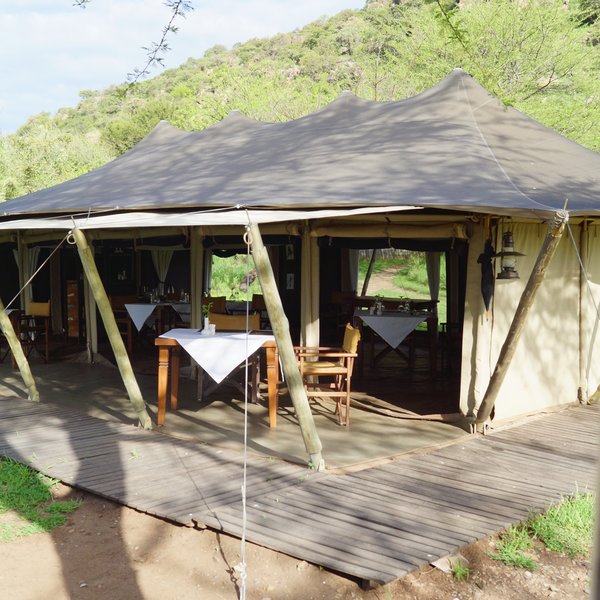
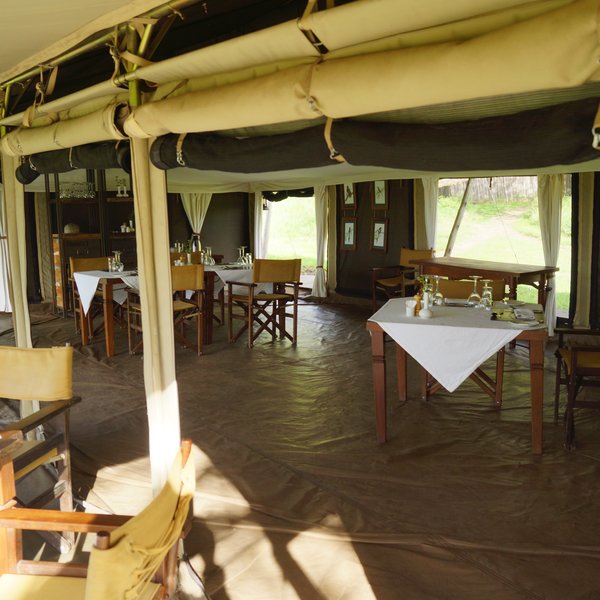
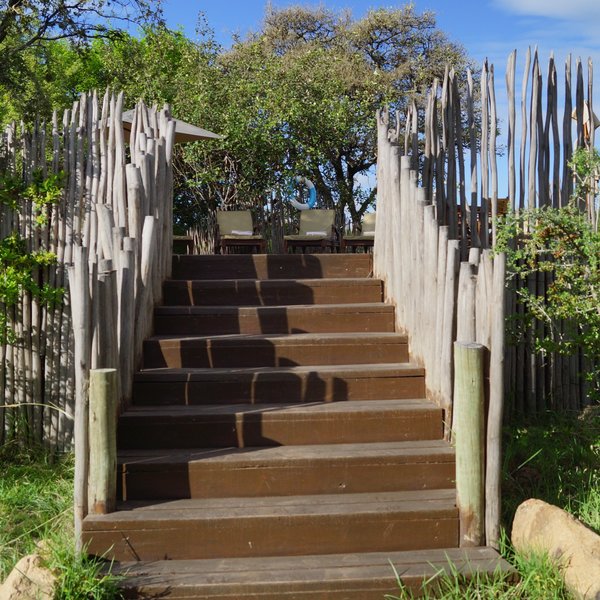
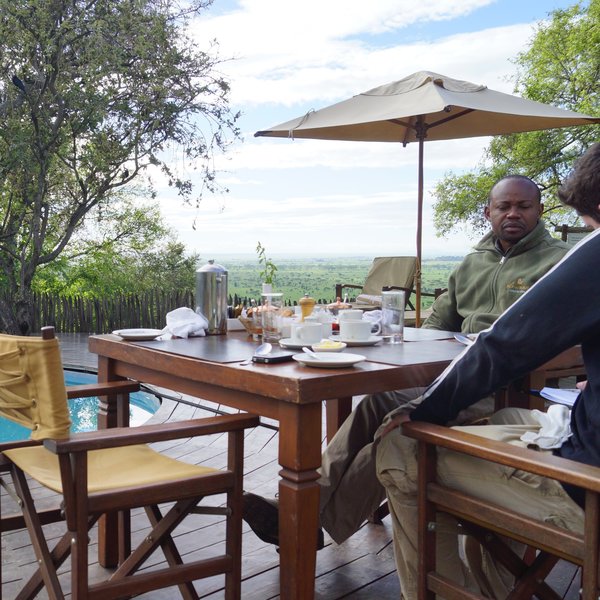
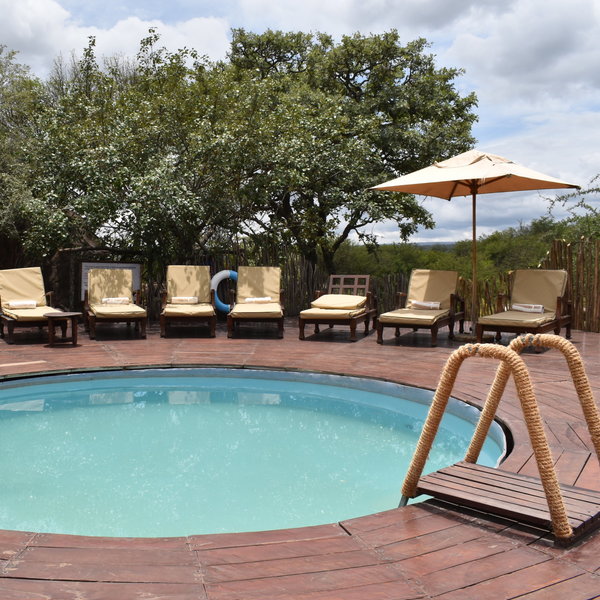
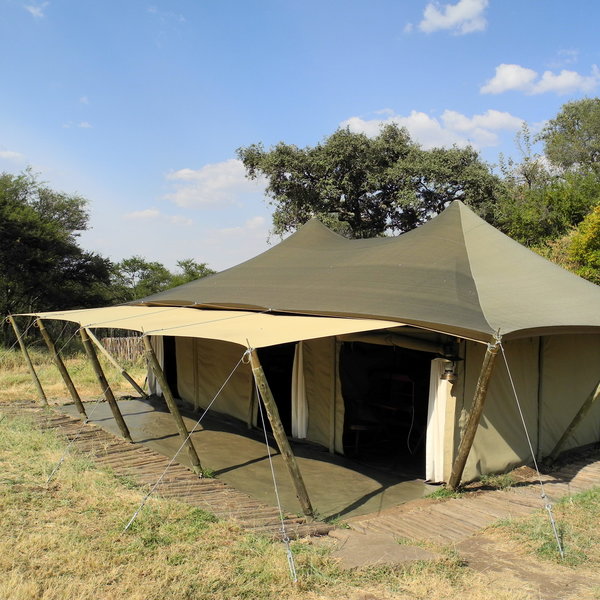
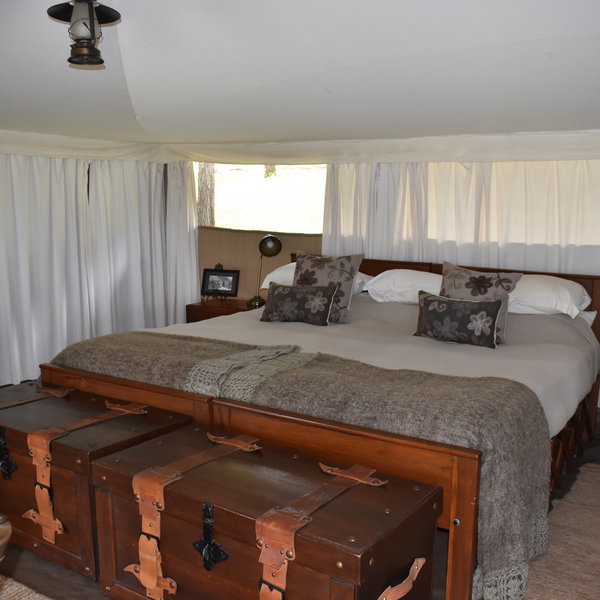
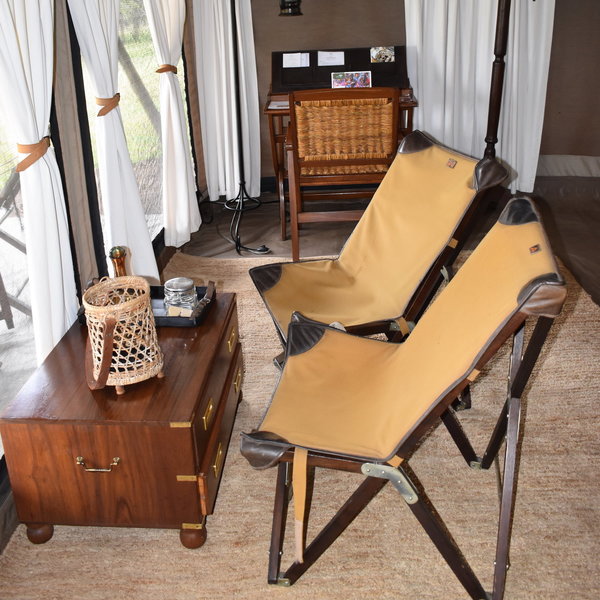
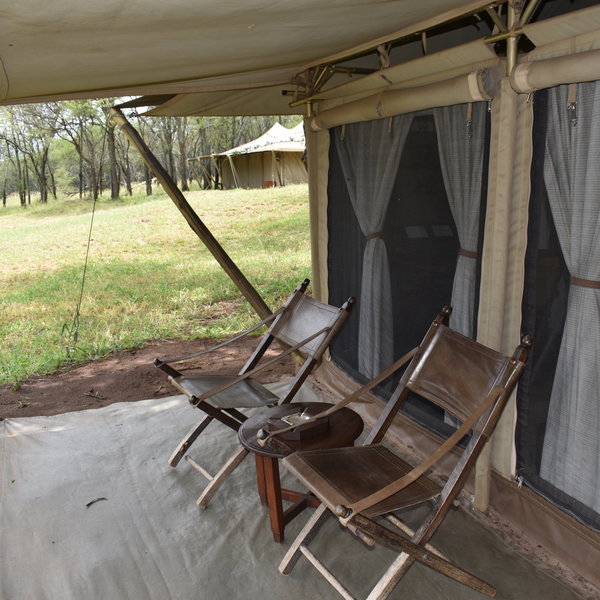
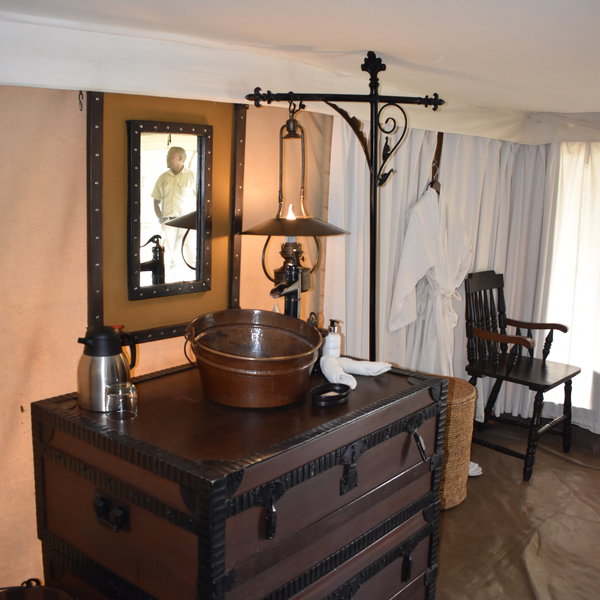
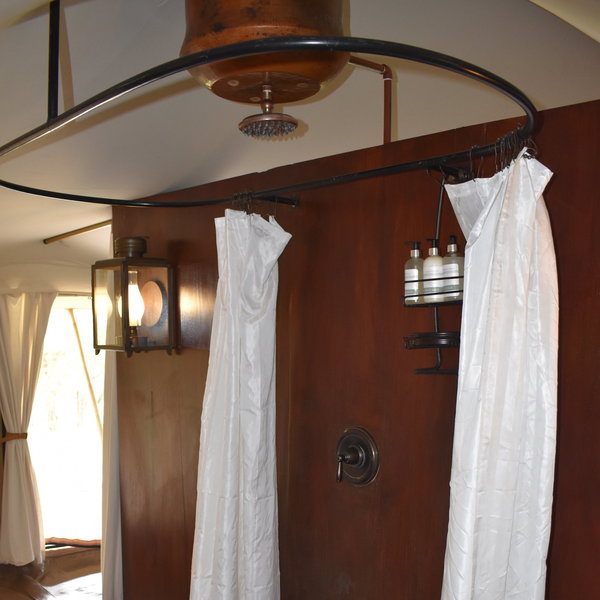
Expert Africa's gallery
When we travel we take lots of photos ourselves to give you a real and un-edited view of the safaris. See our 17 pictures of Serengeti Pioneer Camp to get the candid view.
View gallerySerengeti Pioneer Camp: Our full report
Located in south central Serengeti National Park, Serengeti Pioneer Camp is a smart tented camp with a touch ...
... of the early explorer about it. Built on a slope below a picturesque kopje, the camp setting retains a feeling of seclusion yet is well placed as a base for game drives across southern Serengeti's vast open plains.
One of the nicest spots in the camp is it's lounge accessed by a number of steps. The makuti thatched building sits atop a rocky outcrop and offers commanding views across acacia woodland, open plains, and the Moru Kopjes. Canvas and mesh sides usually remain rolled up allowing a cool breeze and natural light in. A selection of seating areas created from soft couches, wooden chairs, director's chairs and sun loungers offer guests the opportunity to relax and watch gregarious hyrax and colourful agama lizards scuttle over the surrounding rocks, or to enjoy the views beyond.
In a small natural valley between the rocky outcrop and the main kopje lies the dining tent. Wooden poles hold up the ceiling canvas which is covered by a roof of shade cloth to help keep the interior cool. Canvas wall panels with large windows are rolled up to maximise the views or left down to keep out the weather. For breakfast and dinner guests are hosted at individual tables covered in white tablecloths; at night these are lit by paraffin lanterns. The tables are laid out on a covered veranda, or inside the tent, depending on the weather. If guests choose to have lunch at the camp, instead of a picnic as part of their game drive, then this meal is often served outdoors in a bush setting. There is also a water dispenser in the dining room to refill your personal water bottles.
A small round swimming pool is located between the main area and the rooms. This is laid within a wooden deck and surrounded by a few sun-loungers and umbrellas.
From here, a steep stony pathway leads to Serengeti Pioneer Camp's 12 tented rooms. Built on a gradual incline each tent has a view, and the staggered layout allows for privacy. Suspended below a canvas ceiling and cooling shade cloth layer, the tent's front canvas panels can be rolled up during the day and closed at night. The tents are beautifully furnished. White material covers the ceiling and matches the full-length curtains, lightening the interior and balancing out the intensity of the dark wooden furniture. Soft neutral rugs, throws and cushions round out the effect. It is worth noting that the ceiling drapes are slightly on the low side, which is worth bearing in mind if you are particularly tall! A large shelving unit with curtained doorways at each end divides the bedroom from the en suite bathroom. The bedroom is furnished with a king-size or two queen-size beds, a small writing desk, storage trunks, chairs and a coffee table set with a sherry decanter. The bathroom has a flush toilet, shower surrounded by a curtain and basin styled as a copper bucket.
There is also a family tent with one double room and one twin room, separated by a canvas wall. Each room has its own en-suite bathroom at each end.
The design idea behind Serengeti Pioneer Camp reflects the early explorer's mobile camps of the 1930's. This romantic theme has been creatively used in fun ways such as copper basins with water-pump tap fittings, shelving made of recycled wooden crates and travelling trunks used as benches. However some guests may find that hat stands hung with pith helmets, and bedside tables set with sepia images of natives bearing exploration equipment, a design step too far.
Most travellers arrive at Serengeti Pioneer Camp with their own private safari guide and vehicle. It is also possible to fly into the Serengeti National Park and then join the camp's own scheduled game drive activities, led by the resident guides. The camp has its own game viewing vehicles.
Activities
4WD Safari
Birdwatching
Hot air ballooning
Private activities
Families & children
- Attitude towards children
- Serengeti Pioneer Camp accepts children of all ages.
- Property’s age restrictions
- Children of all ages are welcome.
- Special activities & services
- None.
- Equipment
- There is one family tent and triple tents are available on request.
- Generally recommended for children
- This camp is unfenced, and animals can and do wander through it day and night. Therefore, we only recommend it to children aged 12 years or over. Children must constantly be under their parent's supervision.
Food & drink
- Usual board basis
- Full Board
- Food quality
- Breakfast starts with a selection of fruit, cereals and freshly baked pastries - there was also a cheese and cold meat platter to choose from. This was followed by a choice of creatively designed hot dish's that have a Swahili influence but are based on traditional English classics. Eggs Tanganyika and the Serengeti omelet are particularly good! The breakfast was certainly a step up compared to what is offered by most other camps.
When served in camp, lunch is a 3-course affair. The main course is a plated choice between a vegetarian, red meat, and white meat dish; however, most guests opt to take a packed lunch with them on a full day game drive.
Dinner is a 4 course meal including a soup, starter, main and desert. When we last visited Serengeti Pioneer Camp we had a Tanzanian style BBQ. The meal started started with a vegetable soup and then the main course was a buffet which included: pumpkin salad, stir fried vegetables, creamed spinach, roast potatoes, maharage beans, fresh chili salsa, coconut rice, ugali, BBQ beef steak and BBQ chicken! It was delicious and the portion sizes were massive! Generally guests will experience a meal like this, in addition to the more conventional menus we experienced when we last stayed there. - Dining style
- Individual Tables
- Dining locations
- Indoor and Outdoor Dining
- Drinks included
- All drinks excluding French champagne and top-shelf whiskies are included in the price.
Getting there
- Location
- Serengeti Migration Area, Tanzania
- Ideal length of stay
- We recommend a stay of 2 to 3 nights at Serengeti Pioneer Camp, allowing you to explore the southern plains including the Moru, Simba and Maasai kopjies areas.
- Directions
- It is approximately a one hour drive from Seronera Airstrip to the camp for fly-in guests. However, the drive is usually conducted as a longer game drive.
- Accessible by
- Fly-and-Transfer
Sustainability
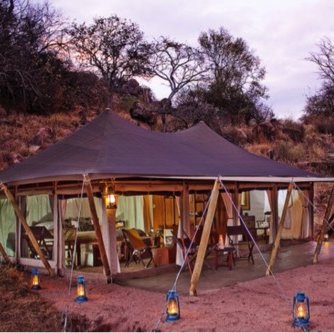
Recycling and reducing carbon footprint
Developing comprehensive policies for recycling systems and locally sourcing their food and supplies has secured Serengeti Pioneer Camp’s path to reducing the negative impacts of tourism on the surrounding environment and local community.
The camp imposed a strict recycling system ensuring all waste is recycled. For example, glass waste is sent to the Shanga workshop in Arusha, where locals turn the glass into beautiful works of art. More support for the community takes place through their instrumental role in facilitating the “give a net, save a life” mosquito net distribution. Other projects include refurbishing, building schools and tree-planting, involving guests and corporate groups.
Furthermore, through low-impact designs, the camp provides environmentally sustainable suites including eco-friendly flushing toilets. The camp also utilises 12-volt solar power for bedside lighting and water heating with due respect for the fragile eco-system. On top of this, the multi-day walking safaris that are offered by Serengeti Pioneer Camp take nature responsibility into consideration, therefore safaris are fully reinforced by support crew and take place in wilderness areas that are specifically designated by the National Parks for walking tours.
See more great sustainability projects in Tanzania
Communications
- Power supply notes
- Solar power operates both the camp’s electricity and the hot water system. There are no plug points in the tents. Guests with items to charge can do so in the camp’s internet and charging tent, or with the camp management. The charging tent also has a hairdryer available for guests use.
- Communications
- Cell phone reception is available at the lodge and there is Wifi throughout.
- TV & radio
- There is no TV or radio.
- Water supply
- Transported in
- Water supply notes
- There is running hot and cold water in all of the tents that is fine to use for showers, but guests should use the filtered water that is supplied for dinking.
Health & safety
- Malarial protection recommended
- Yes
- Medical care
- The camp manager and guides are all trained in first aid and they also carry a comprehensive first aid kit. The nearest doctor is located at Sopa Lodge, also in the Serengeti's southern plains. For serious ailments and emergencies, guests would be evacuated to Arusha.
- Dangerous animals
- High Risk
- Security measures
- In case of wildlife passing through camp, guests are escorted to their rooms after dark. A walkie-talkie is provided in each room with which the alarm can be raised in the case of an emergency. Each room has a fixed safe for guests to store their valuables.
- Fire safety
- There are fire extinguishers for each room and in the communal areas. Fire evacuation instructions are set out in each room.
Useful info
- Disabled access
- Not Possible
- Laundry facilities
- A full laundry service is included at Serengeti Pioneer Camp. Laundry is collected in the morning, machine washed at the nearby Sopa Lodge and returned to guests in the evening. Please note that women’s underwear needs to be washed by the guests themselves and washing powder is provided in the rooms for this.
- Money
- They are able to exchange small amounts of money in most recognized currencies in camp.
- Accepted payment on location
- For any extras, the camp accepts cash payment in Tanzanian shillings, US dollars, pounds sterling and euro. The camp also accepts credit card payments, although there is a 6% surcharge for this.
Plan and book your trip with Expert Africa
All of our trips are tailor-made, so we'll always adapt them to suit you. Talk to an Expert and let us plan and arrange your perfect trip.

Talk to an Expert
Call or email us now! We’ll match you with the Specialist in our team who is best suited to help you. Then together we can start planning your trip.

Set up your itinerary
Based on our experience and your ideas, your specialist will create a detailed, costed itinerary. We’ll refine it together, until we have a trip that you’re perfectly happy with.

Prepare for your trip
The same Specialist will make the seamless arrangements for your trip, send you detailed travel documents, and be available to answer any questions before you depart.

Travel with peace of mind
After you set off, you’ll be cared for by our partners in Africa, most of whom have worked with Expert Africa for decades. And if you ever need us urgently, we’re available 24/7.

When you return
We love to learn about your trip, and so will always be grateful if you’ve the time to give feedback to your Specialist when you return.
Serengeti Pioneer Camp's location
Look closer at the environment and surroundings of Serengeti Pioneer Camp.
Excursions from Serengeti Pioneer Camp
Optional extra day-trips and excursions possible whilst you're staying at Serengeti Pioneer Camp. Talk to us: these are usually best arranged before you go.
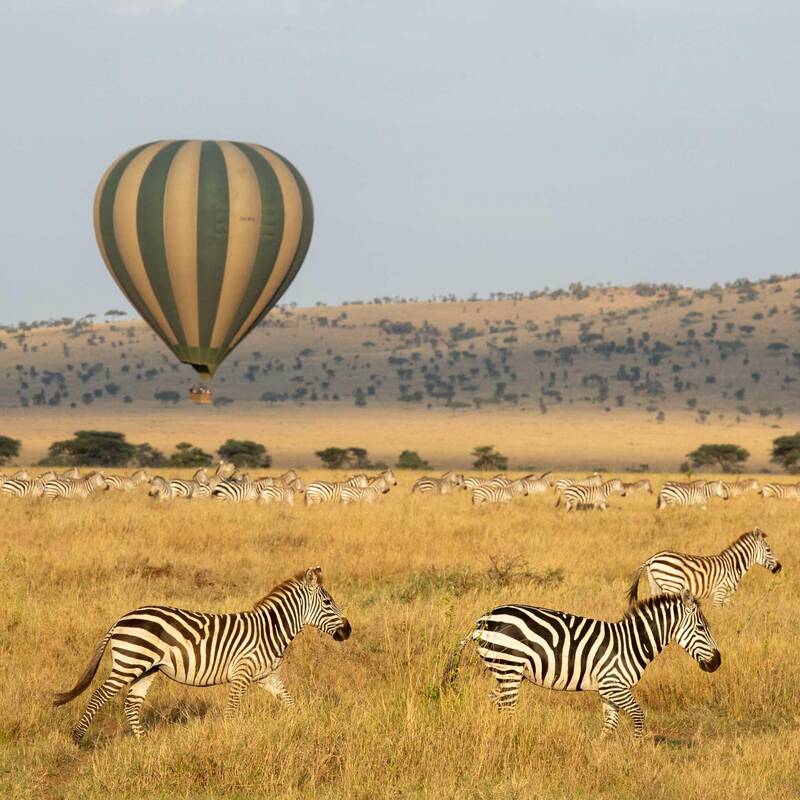
Balloon Safari over the Serengeti
Three hours - approx. one hour flight
As the sun rises over the Serengeti National Park in northern Tanzania, climb aboard for an extraordinary adventure. For an hour you’ll float in a hot air balloon over beautiful savannah and woodland and a diversity of plains wildlife.
More about Balloon SafariOther lodges in Serengeti Migration Area
Alternative places to stay in this same area.
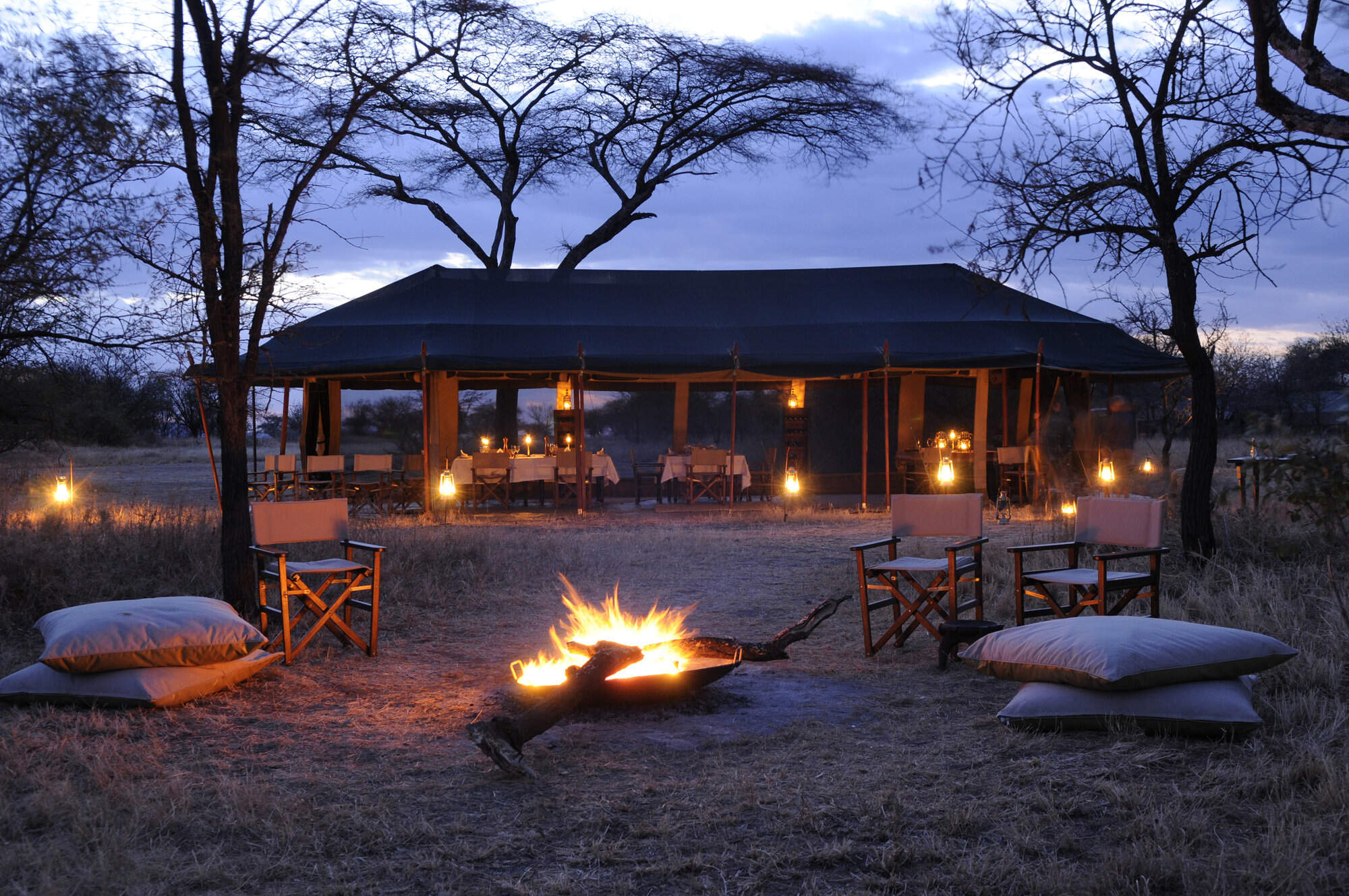
Olakira Camp
Comfortable, friendly and relaxed, Olakira Camp moves between the Mara River and the southern Ndutu area, in line with the wildebeest migration.
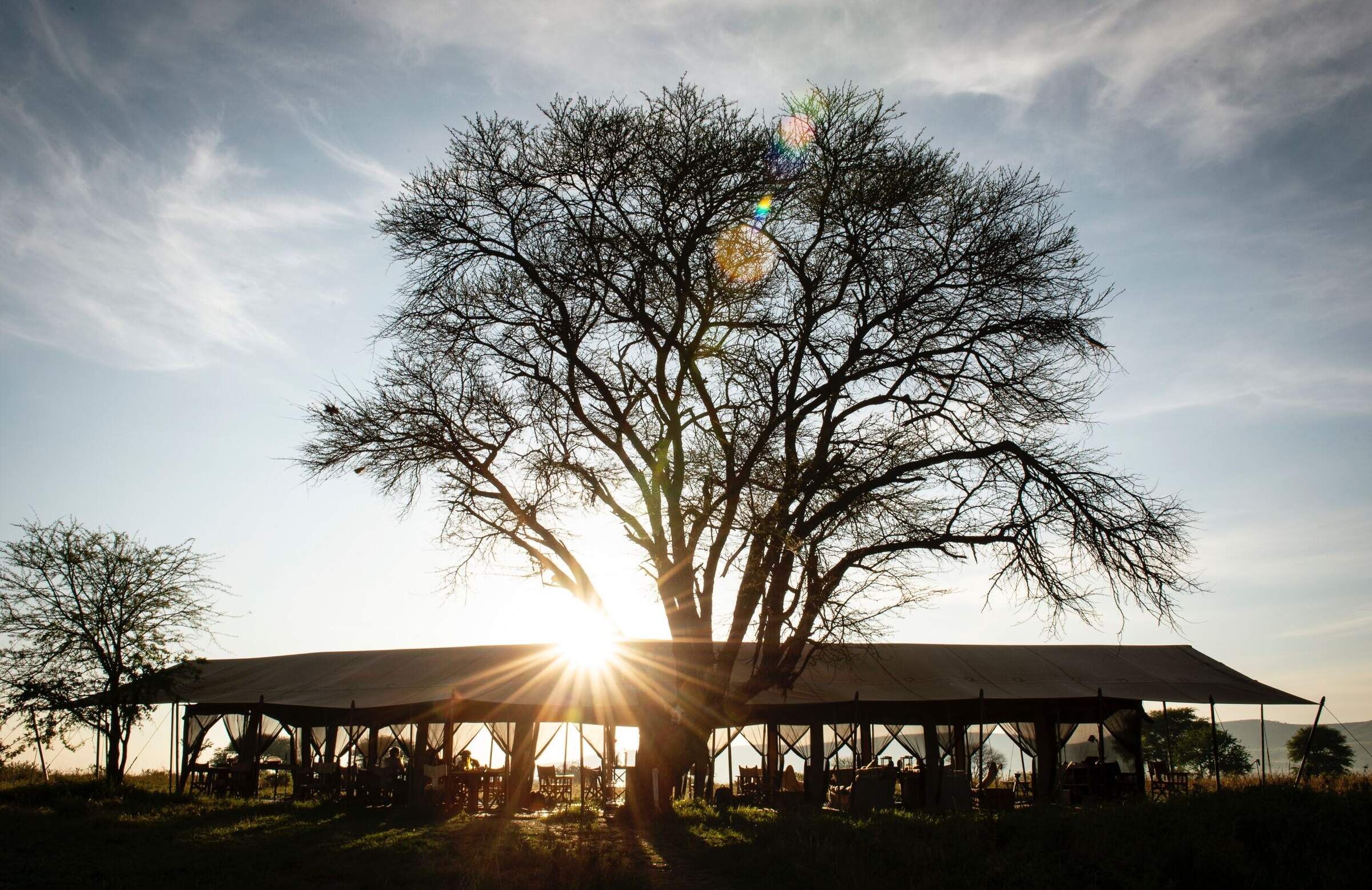
Nomad Serengeti Camp
Serengeti Safari Camp is a well-appointed tented camp that moves several times a year to follow the predicted path of the migration.
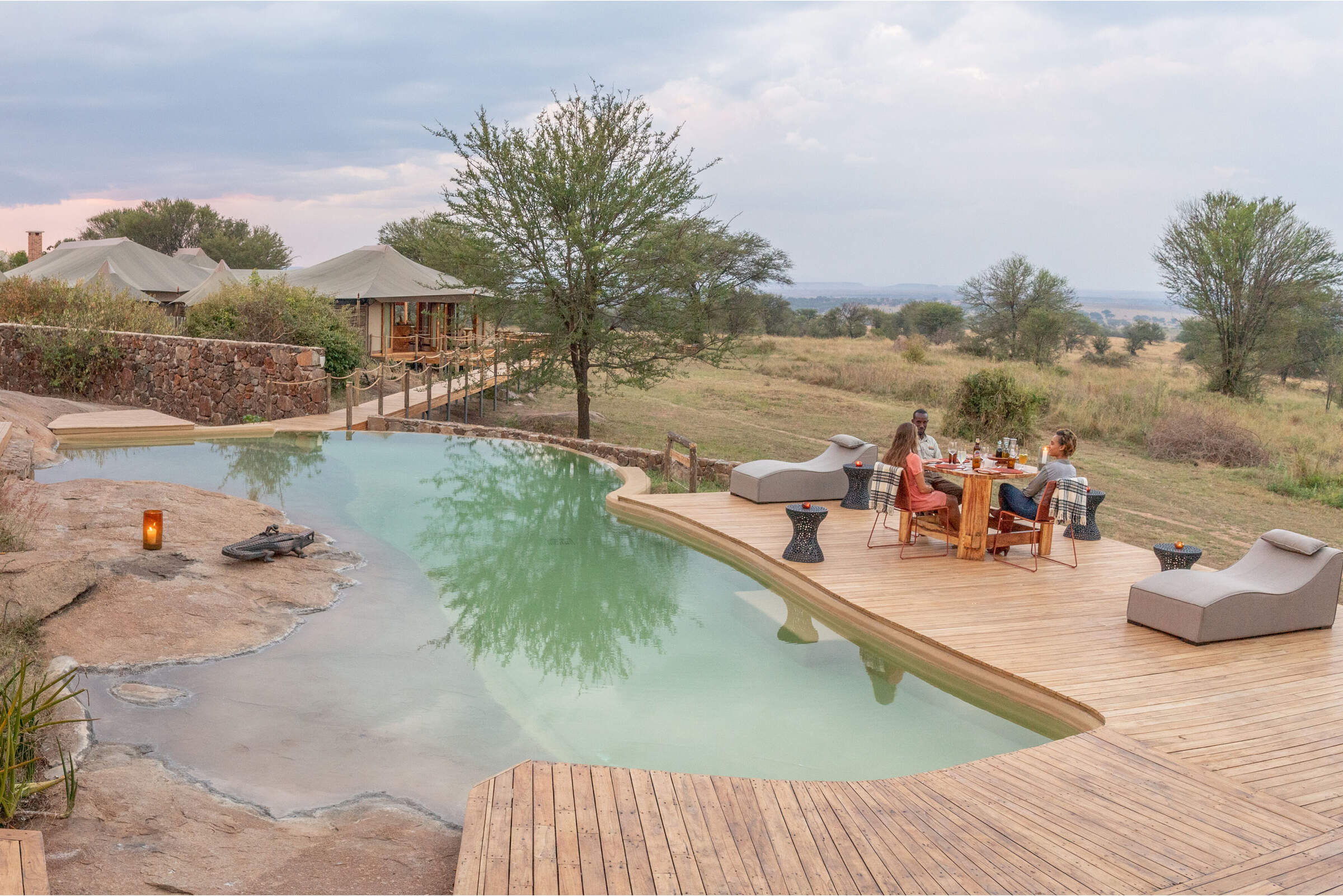
Sayari Camp
In the northern Serengeti, near the Mara River, luxurious Sayari Camp offers excellent wildife all year – boosted further by the wildebeest migration.
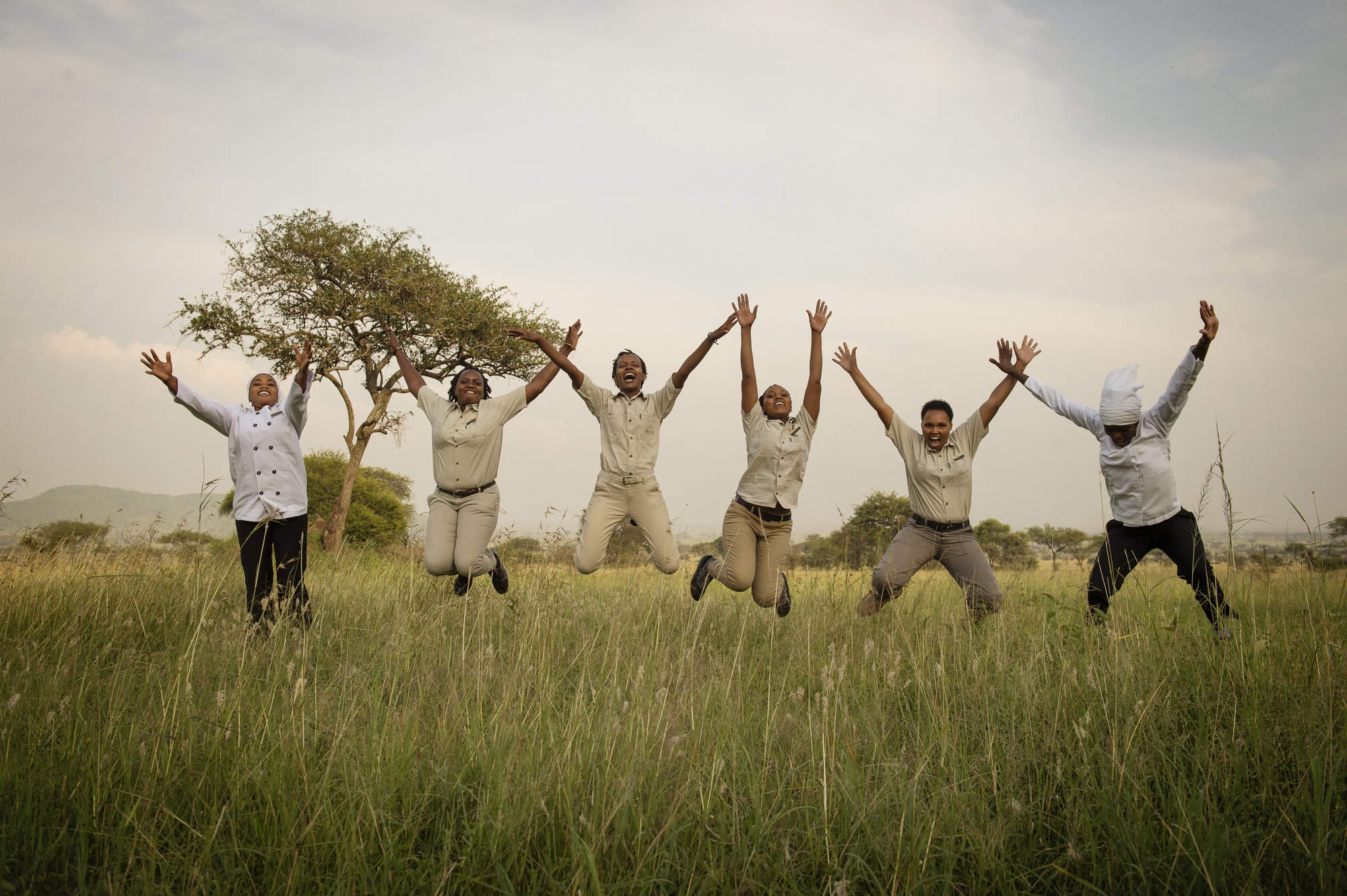
Dunia Camp
Dunia Camp is well located for the migration from December to March, and has excellent game viewing for the rest of the year.
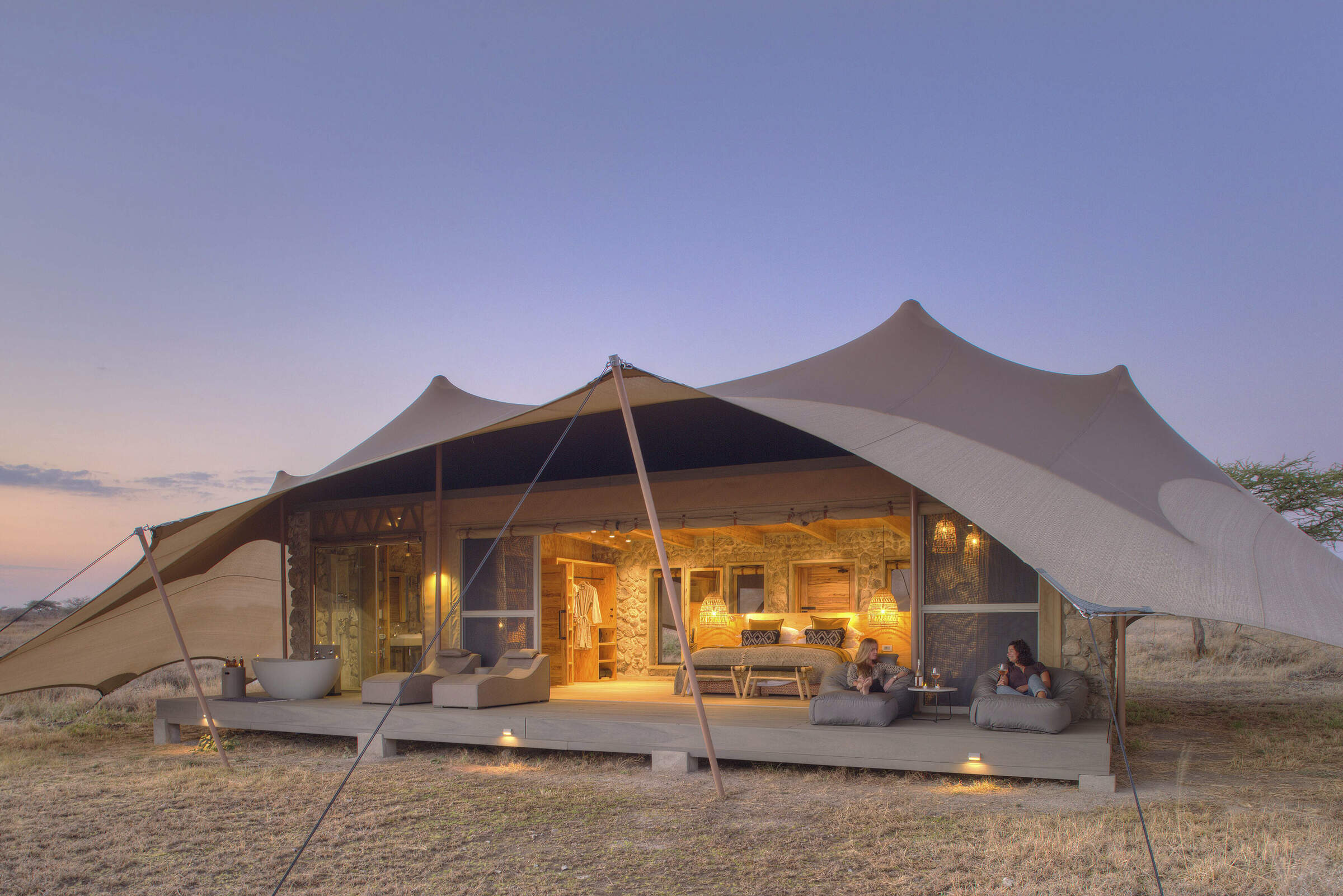
Namiri Plains Camp
Namiri Plains is one of the best camps in the Serengeti and its remoteness ensures a fantastic wildlife experience away from the crowds.
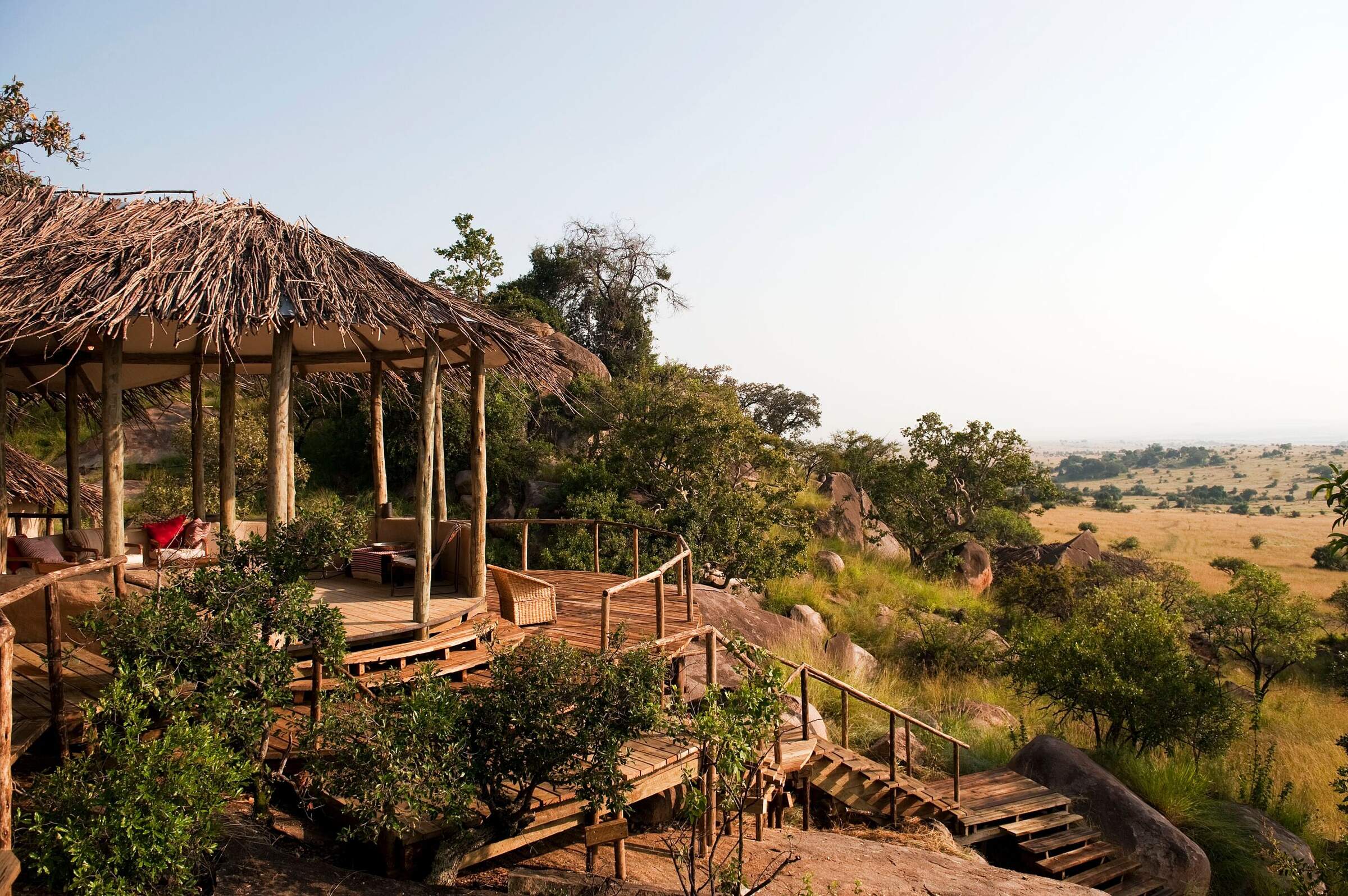
Lamai Serengeti
Set high in the kopjes with fantastic views, Lamai Serengeti offers top service and guiding and good migration sightings from Jul-Oct.
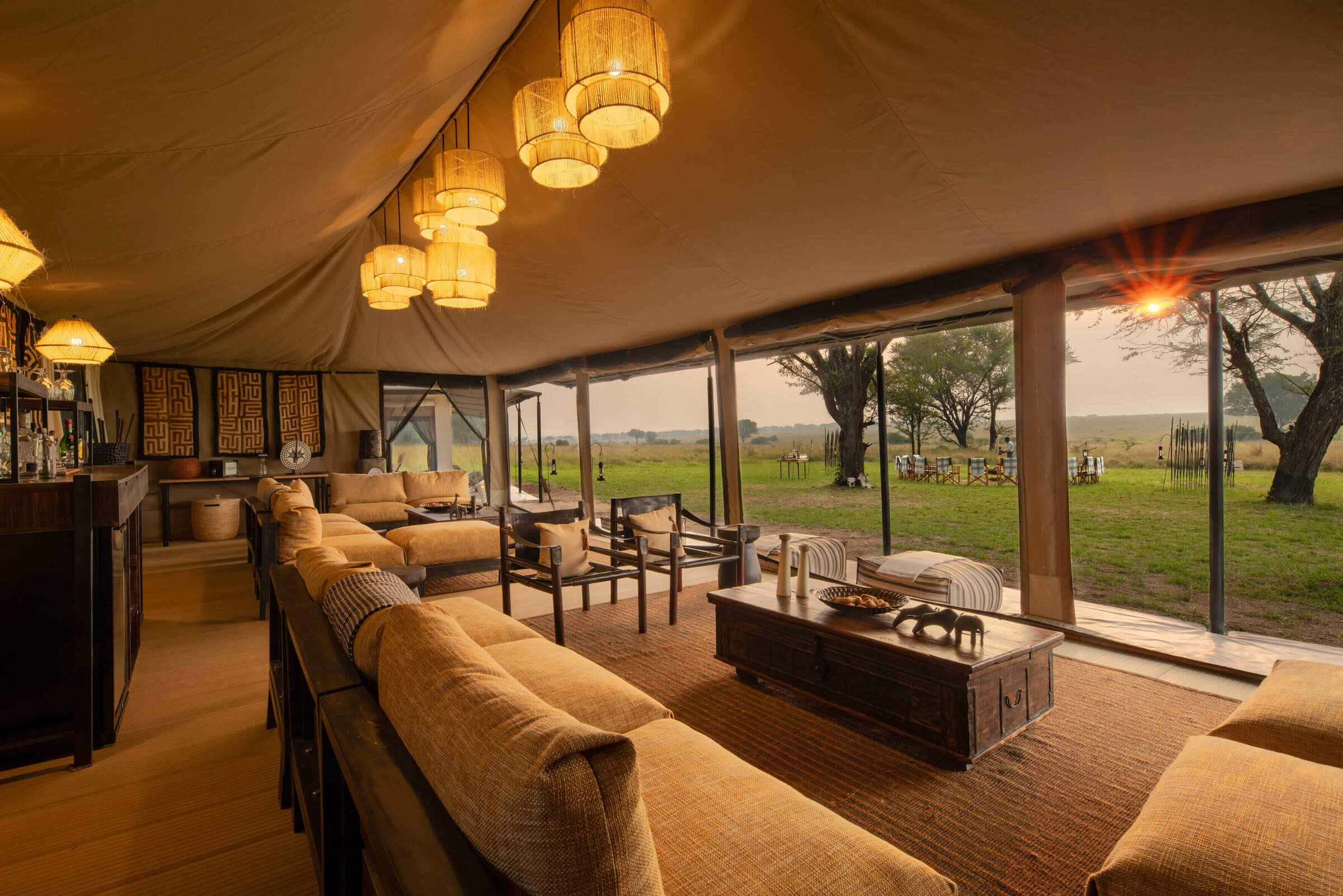
Ubuntu Camp
Ubuntu Camp has several locations in the Serengeti, following the wildebeest migration, so it is often in a great location to see the herds.
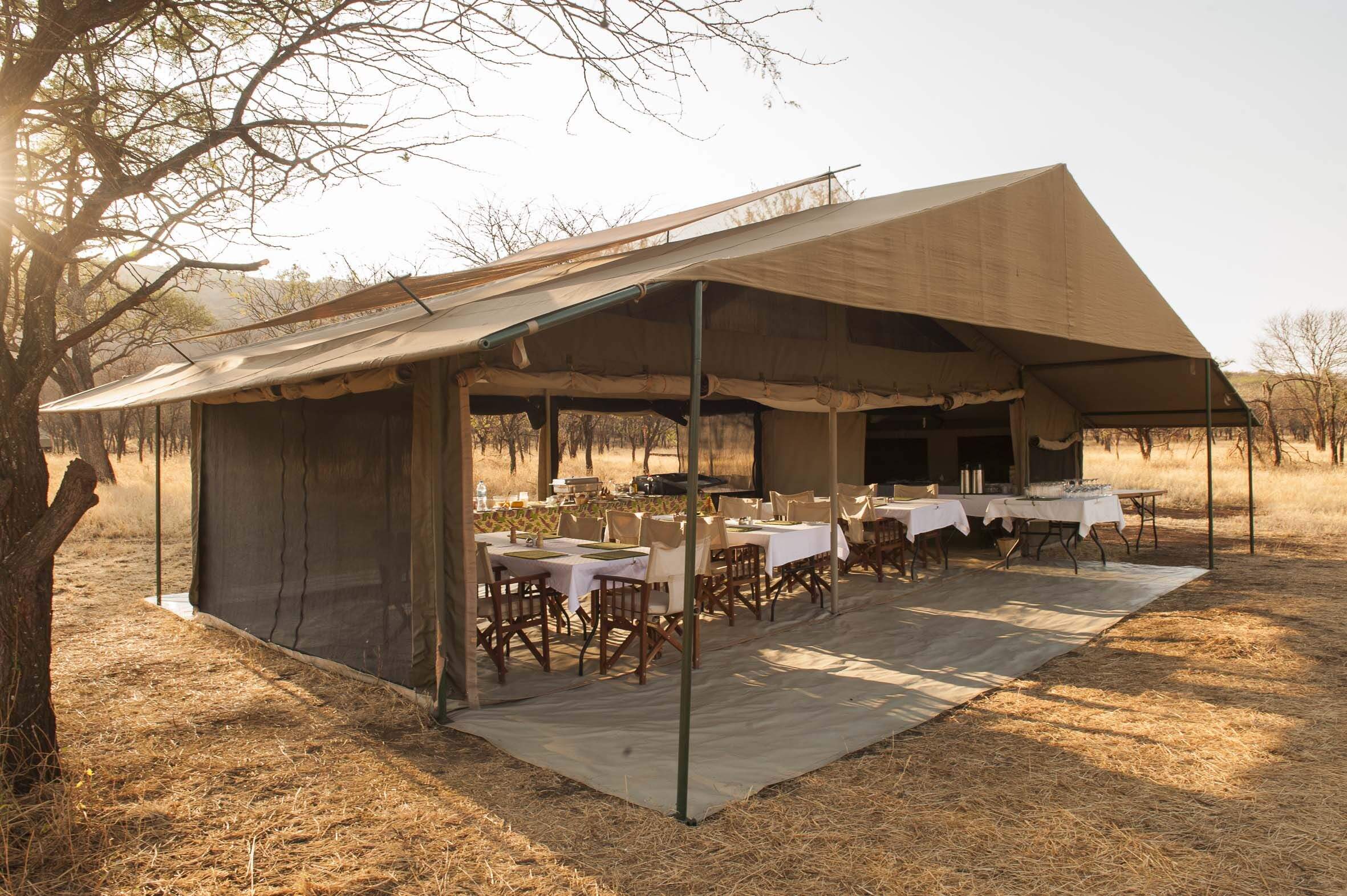
Kati Kati Camp
Kati Kati is a small, very simple bushcamp, which is well-positioned to explore the wildlife-rich Seronera area.
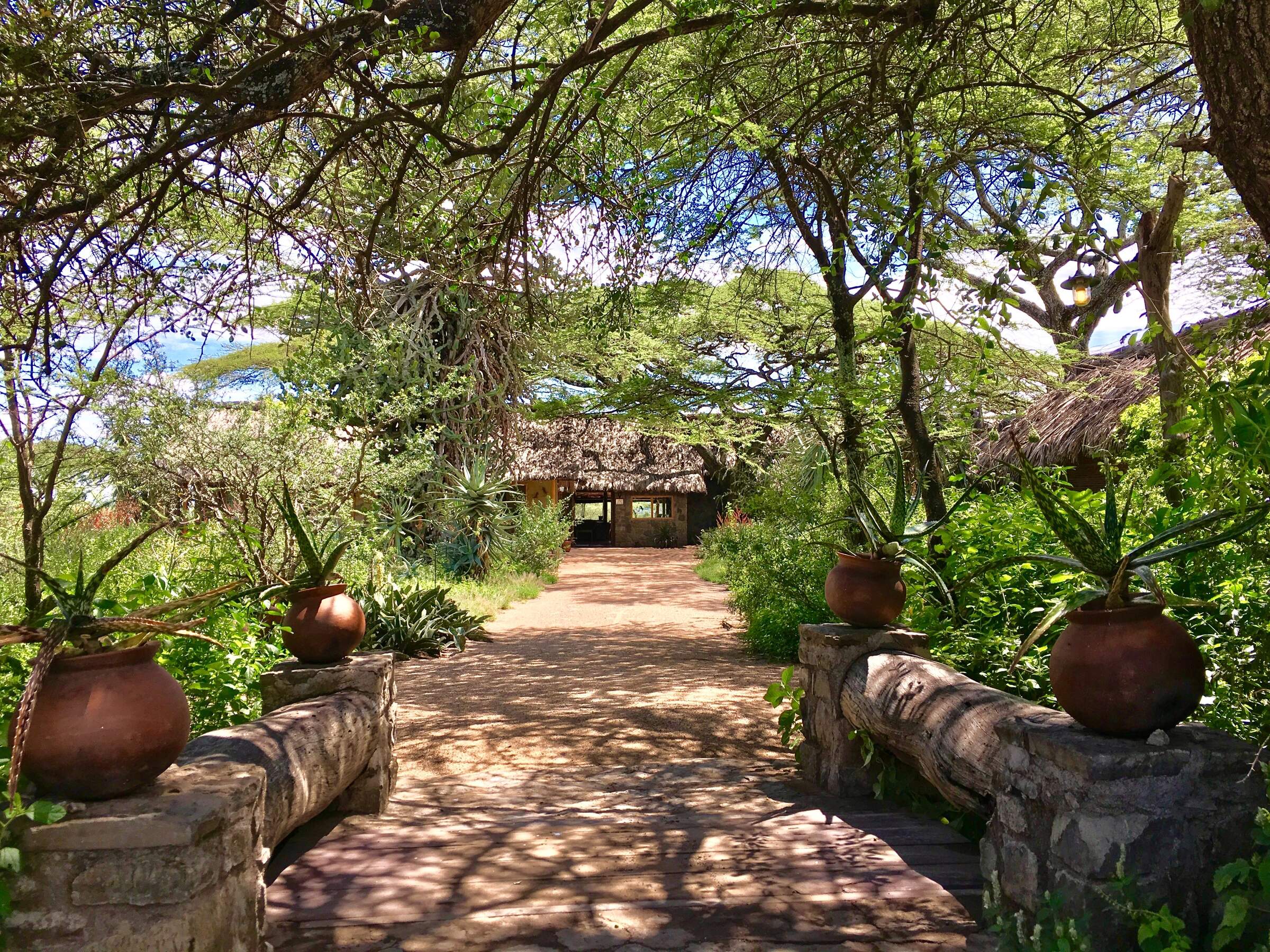
Ndutu Safari Lodge
Large and economical, but not luxurious, Ndutu Safari Lodge is well located in the southern Serengeti, so book early to get space.
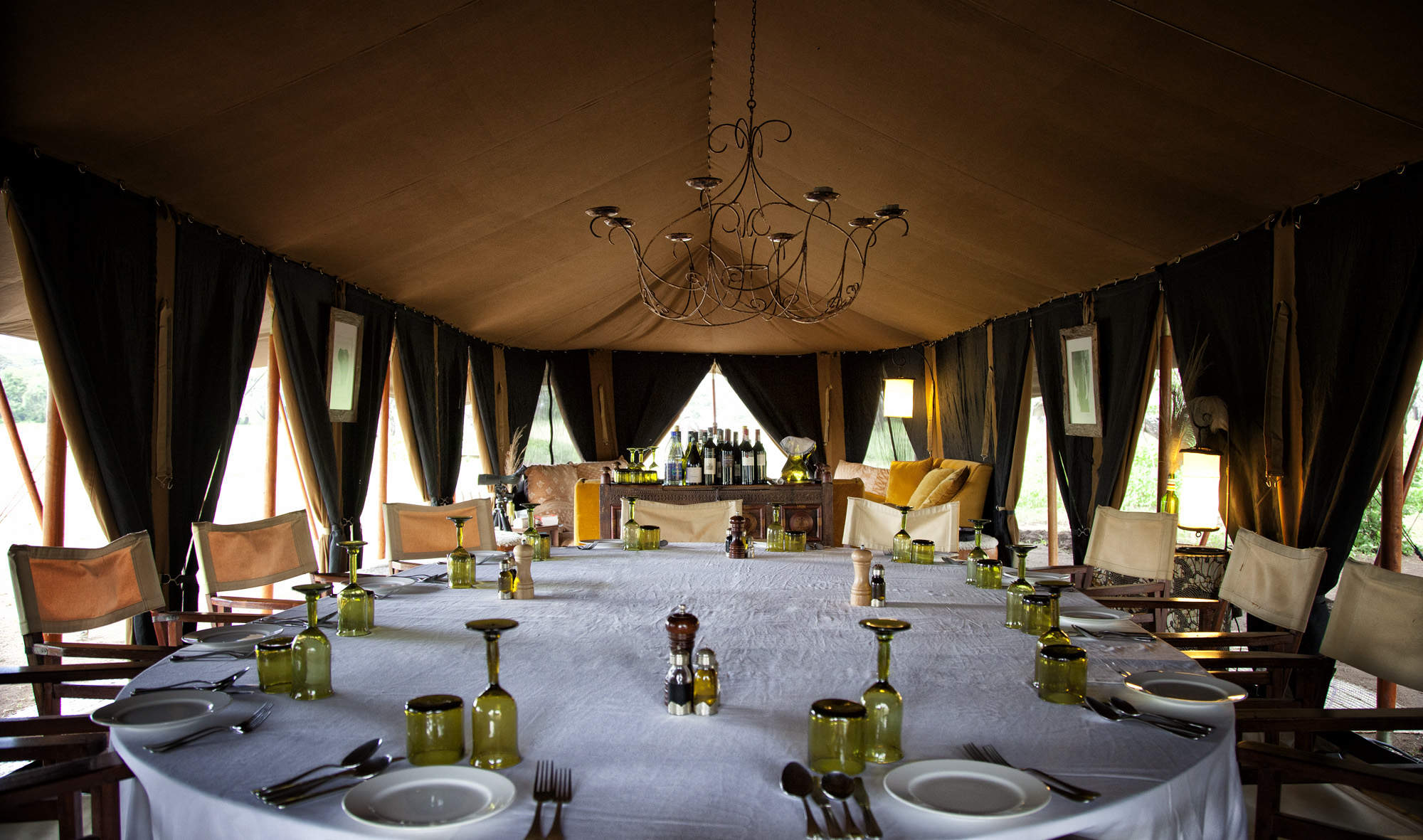
Serian Serengeti
Serian Serengeti is a mobile tented operation run by Alex Walker which moves between two locations following the wildebeest migration.
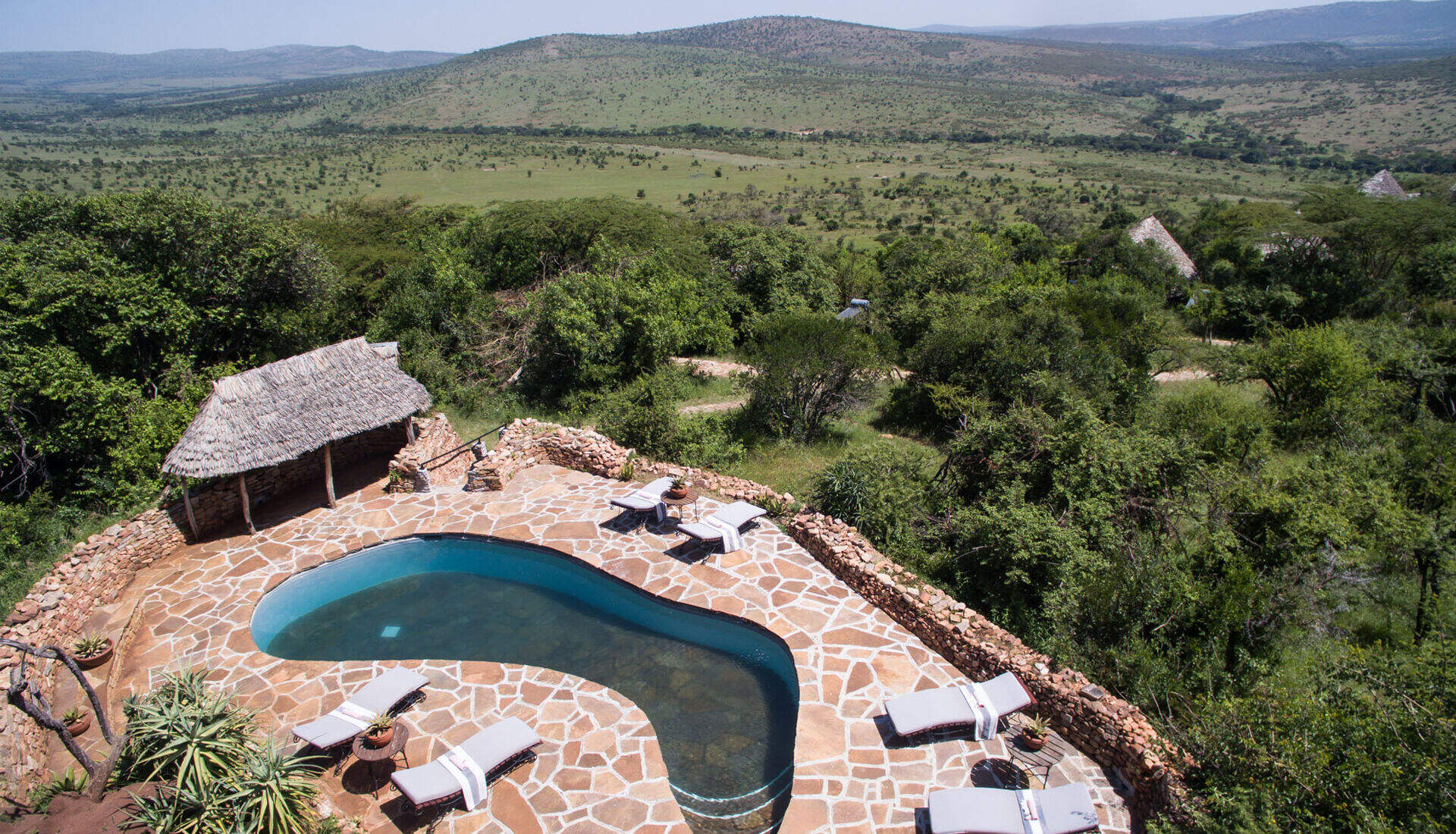
Klein's Camp
Klein's Camp, in a private area of the northern Serengeti, sets high standards. Activities include walks, nights drives and Maasai village visits.
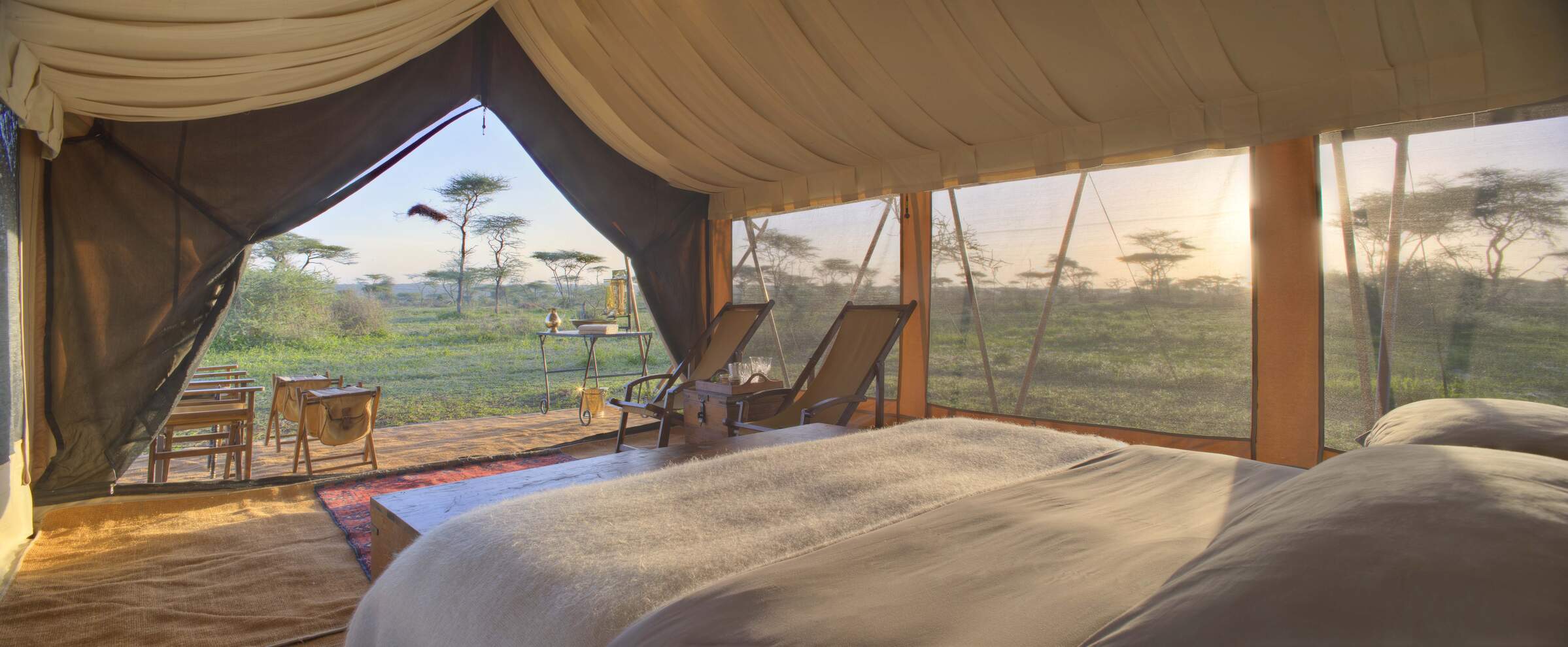
Serengeti under Canvas
Two of the three Serengeti under Canvas camps move through the Serengeti National Park every few months to follow the wildebeest migration.
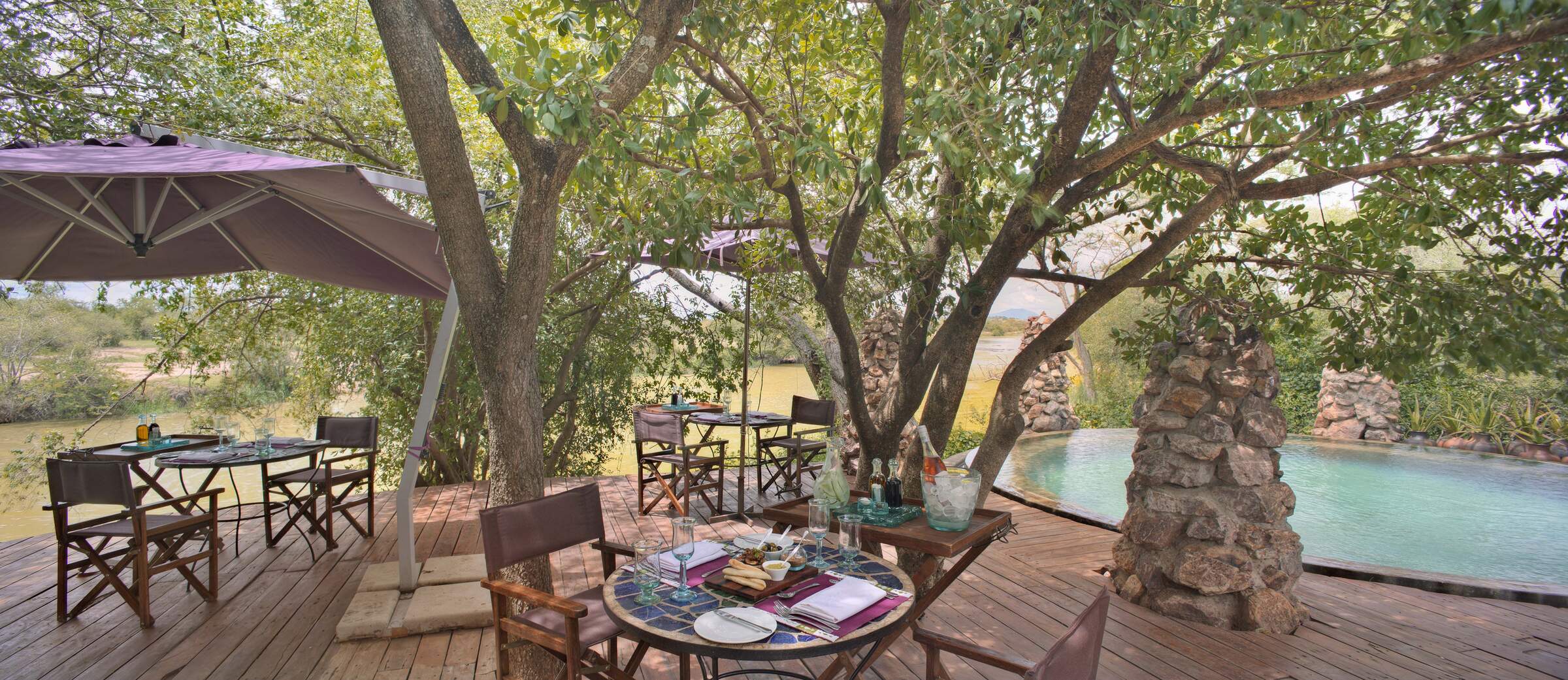
Grumeti River Camp
Grumeti River Camp offers a laid-back atmosphere combined with top service, first-rate food, expert guiding and an excellent location.
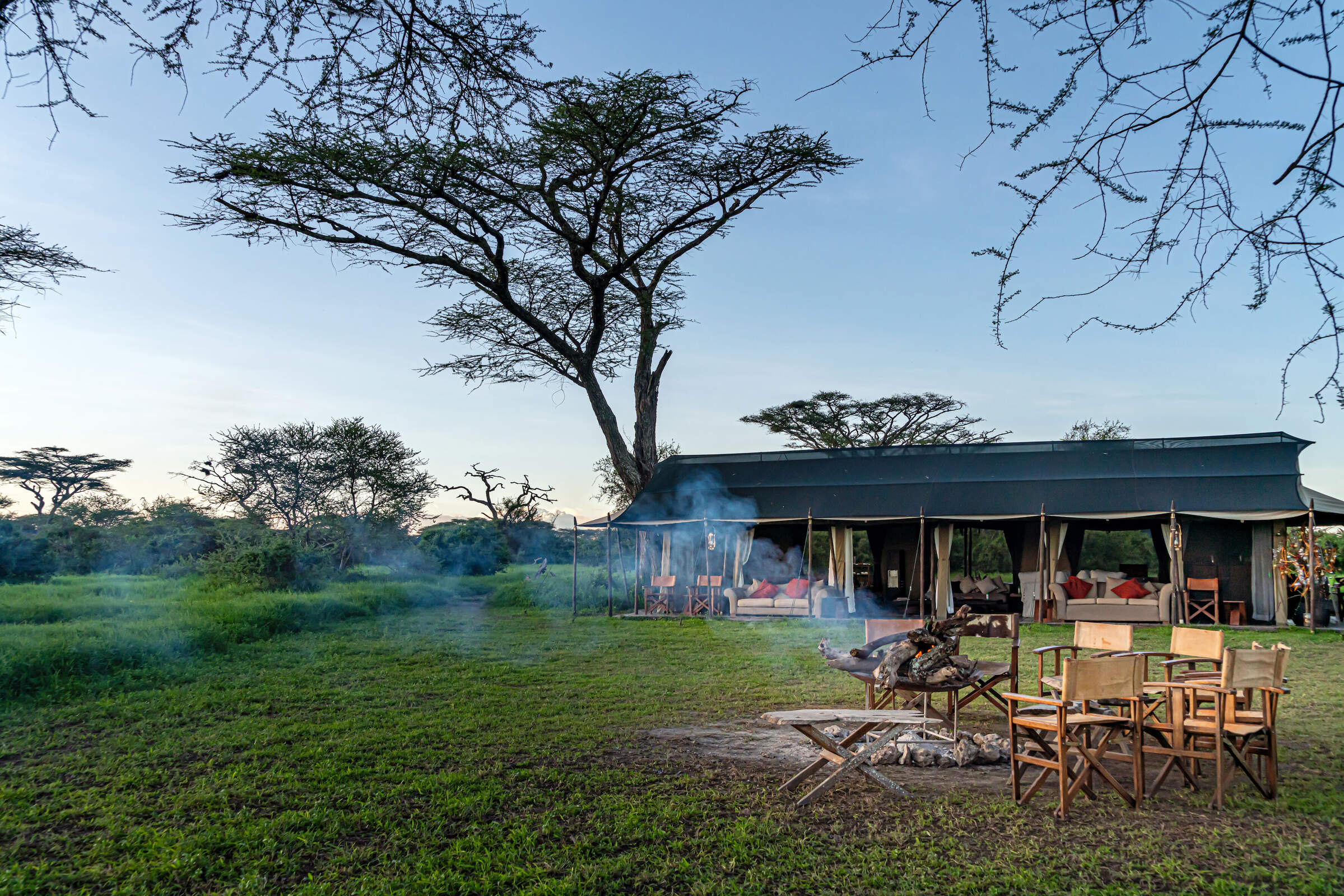
Lemala Mara-Ndutu
Lemala Mara-Ndutu is a semi-permanent camp that moves between the north and south of the Serengeti to witness the wildebeest migration.
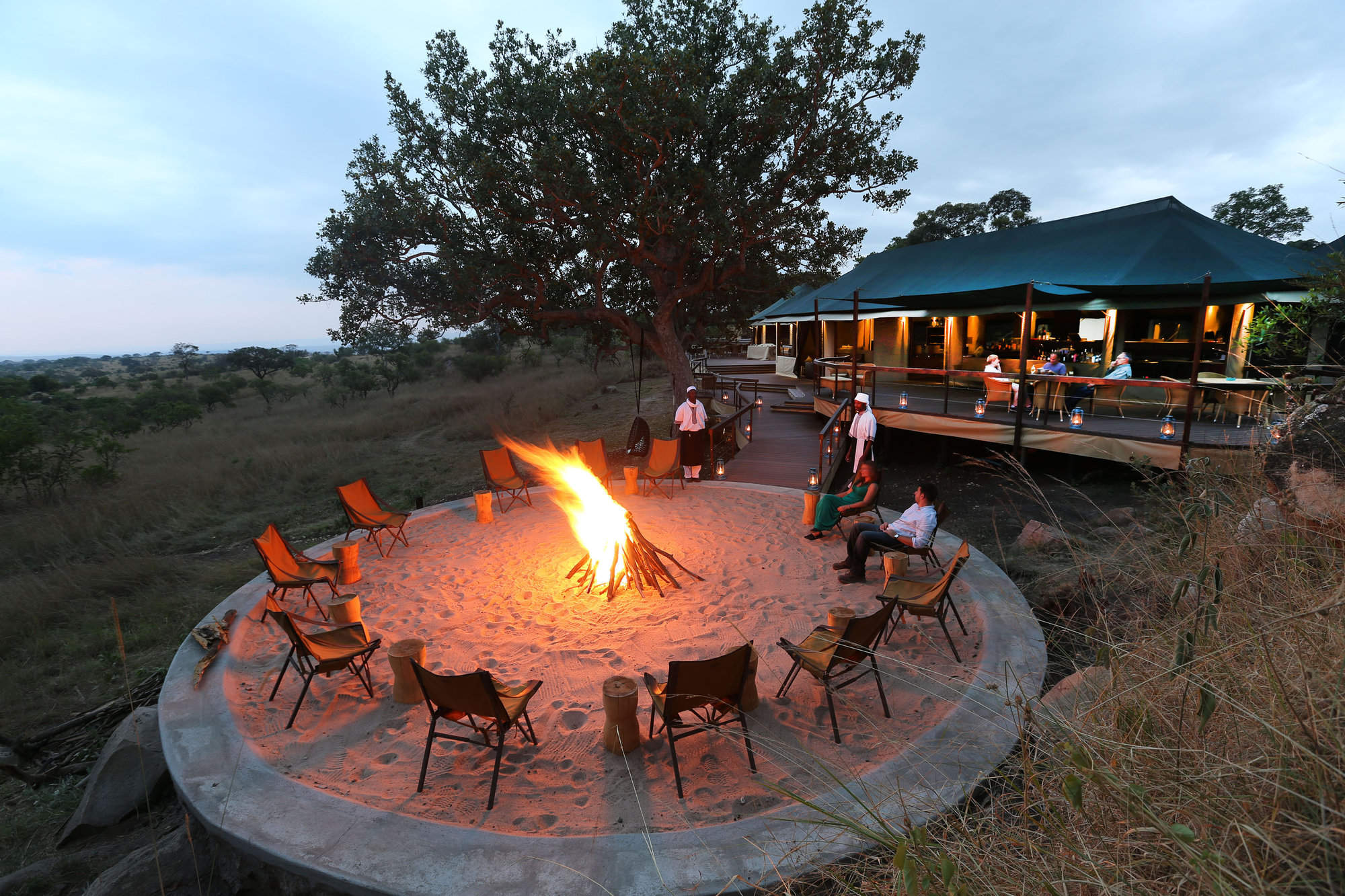
Lemala Kuria Hills
Lemala Kuria Hills is a luxury permanent camp that is ideally located for wildlife all year around, but especially during the wildebeest migration.
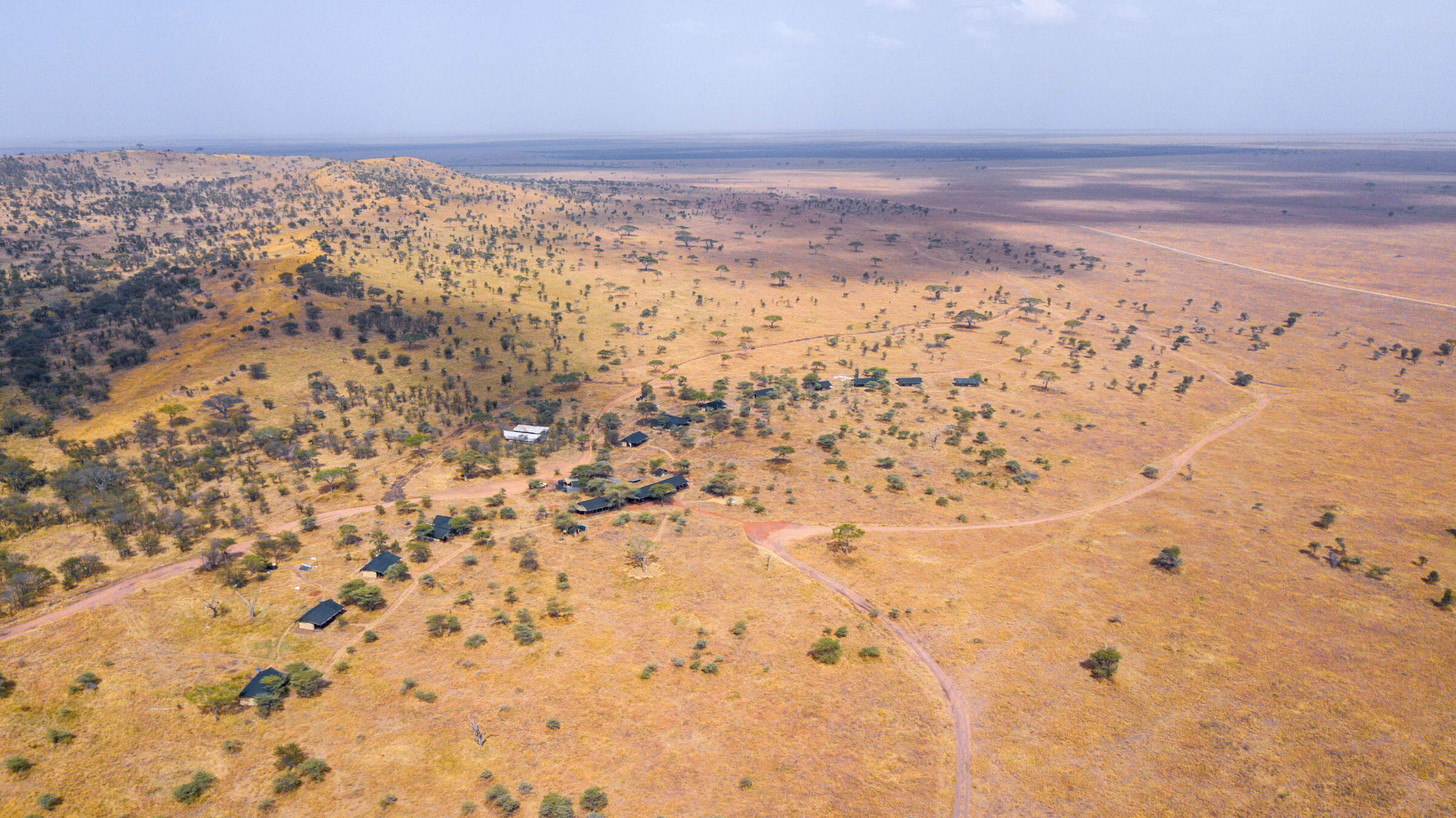
Lemala Ewanjan
Lemala Ewanjan is a comfortable and stylish tented camp in the Seronera area of the central Serengeti National Park.
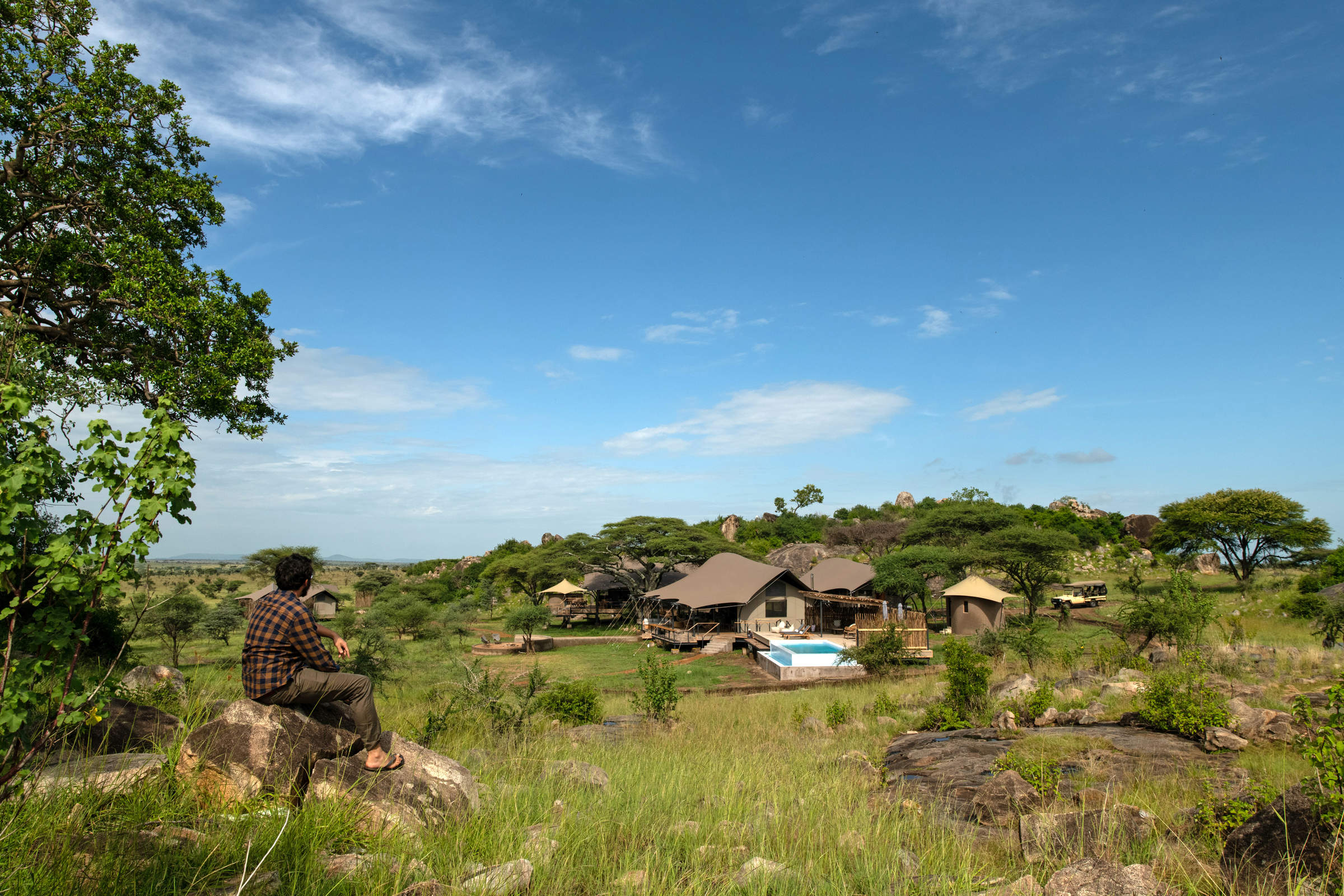
Lemala Nanyukie
Lemala Nanyukie is a stylish camp located in the quieter part of the central Serengeti.
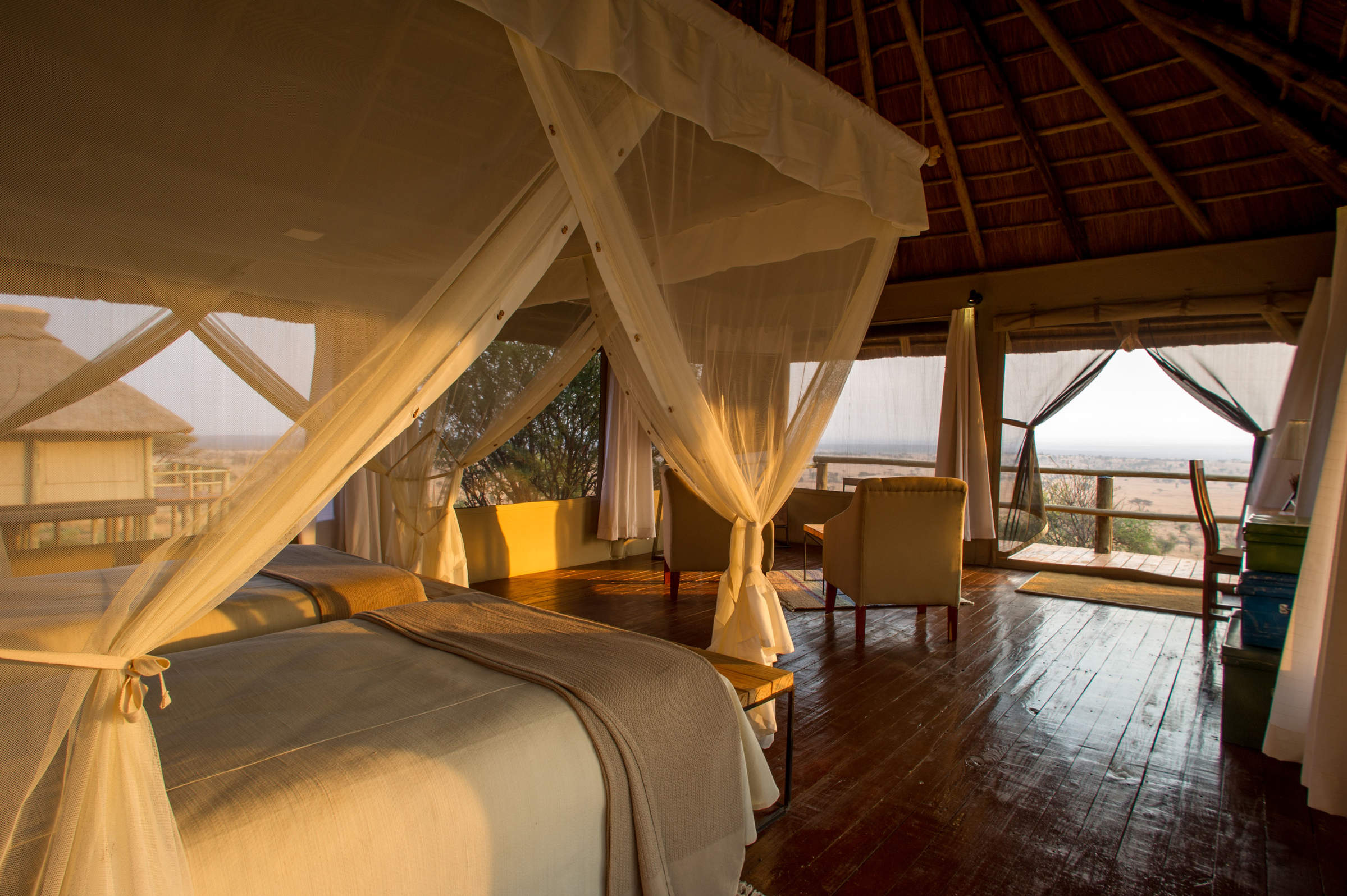
Kubu Kubu
Kubu Kubu is a contemporary, tented lodge, well located in the central Seronera area of the Serengeti National Park.
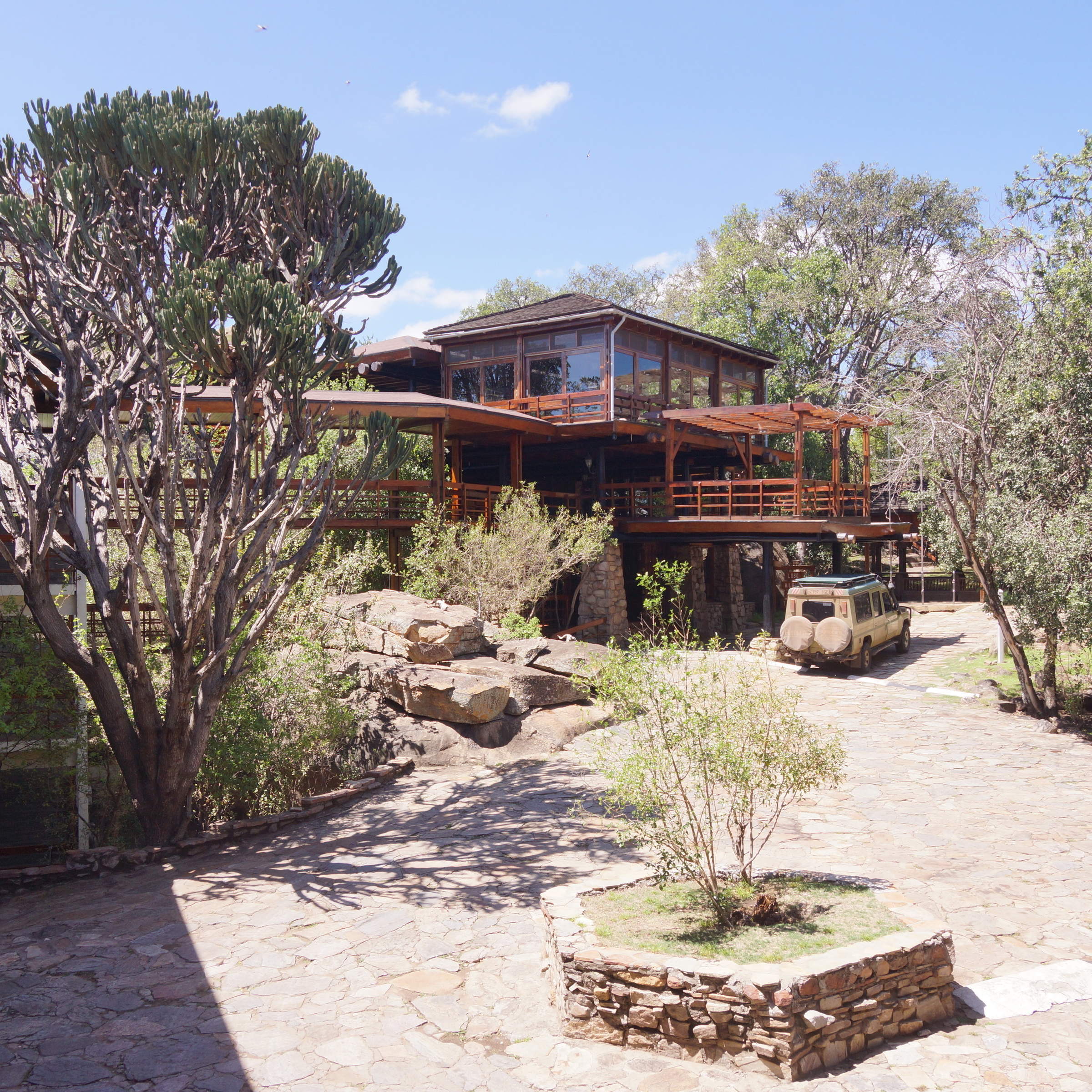
Lobo Wildlife Lodge
The large Lobo Wildlife Lodge has simple, functional rooms in a stunning location. It's a good base for exploring the north-eastern Serengeti.
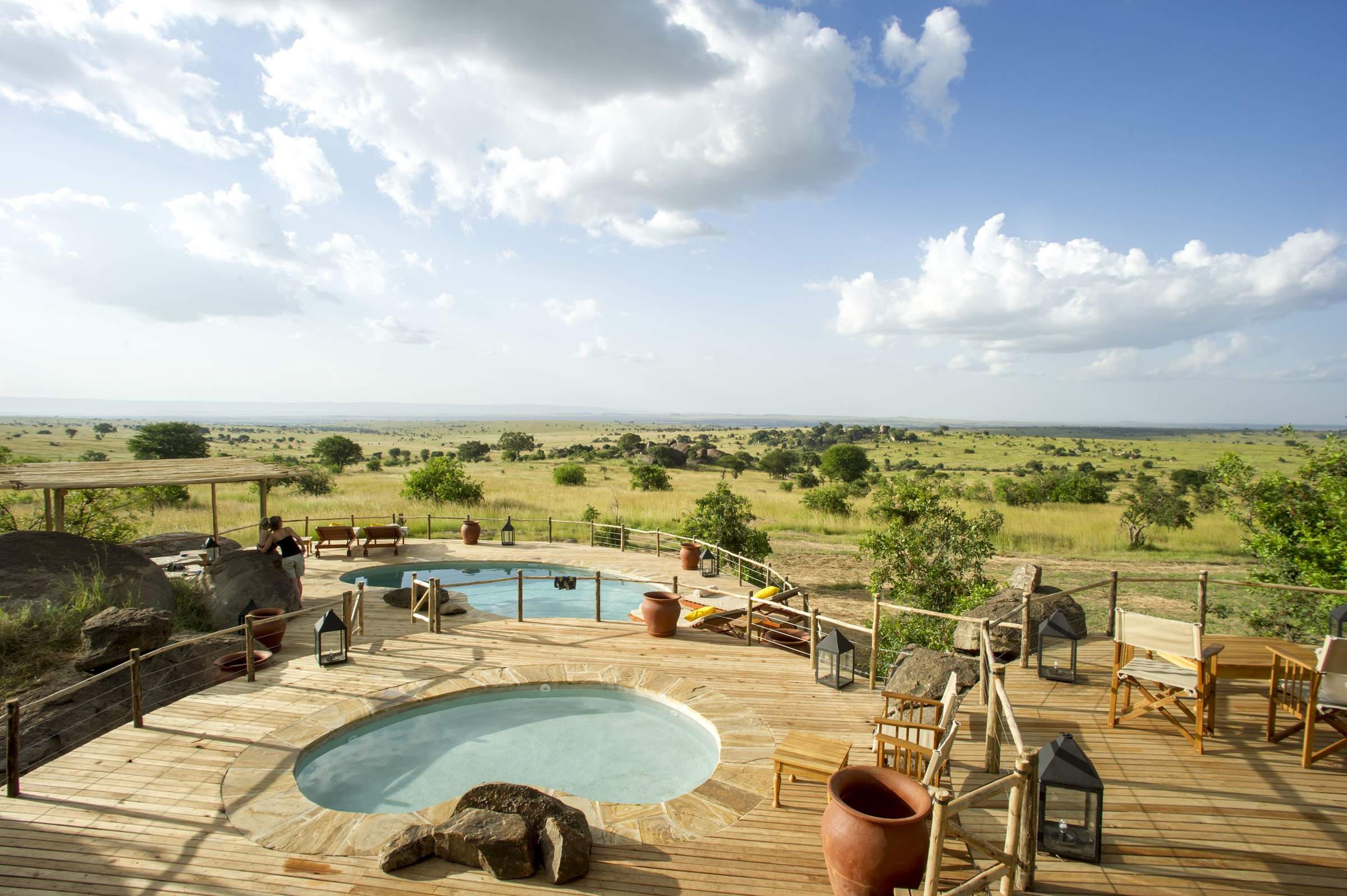
Mkombe's House Lamai
Mkombe's House Lamai is a fully staffed private house in the Wogakuria Kopjes district of Serengeti National Park.
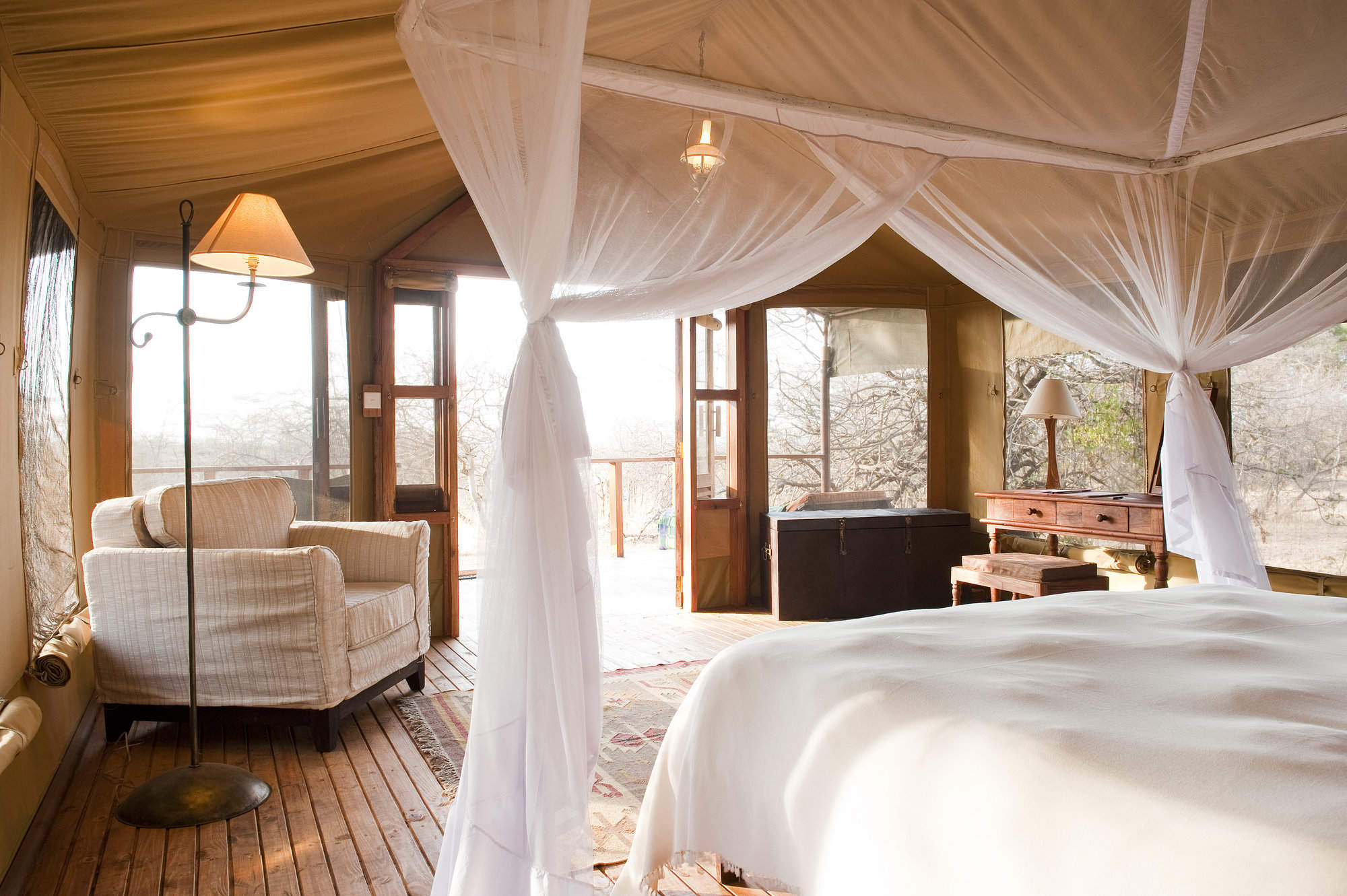
Kusini Camp
Kusini Camp is permanent, luxury camp located on a beautiful kopje in a quiet, wildlife-rich corner of the south-west Serengeti.
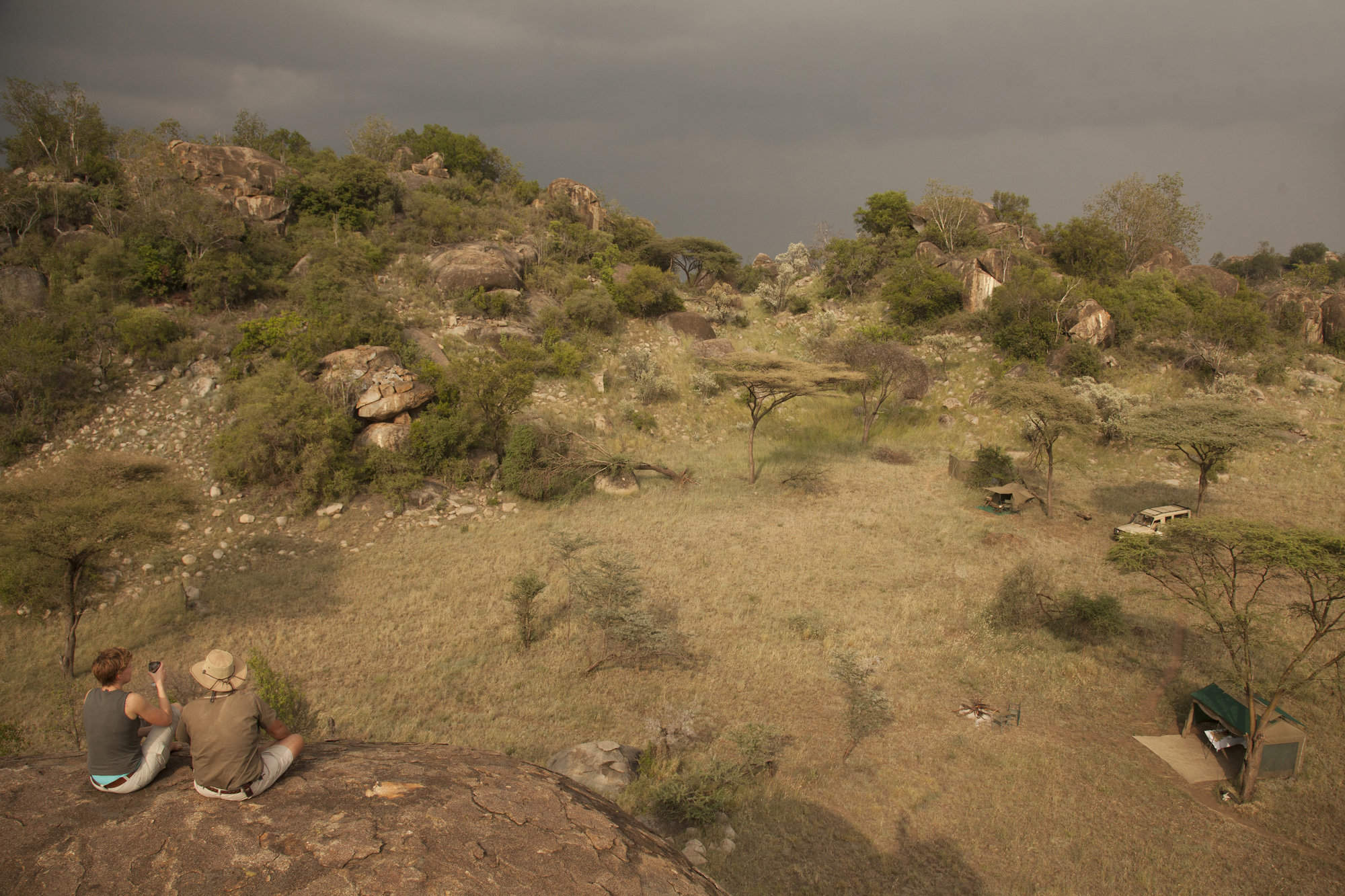
Serengeti Walking Mobile
This fairly simple camp offers only walking activities, but it's very well done and combines well with more conventional camps or lodges.
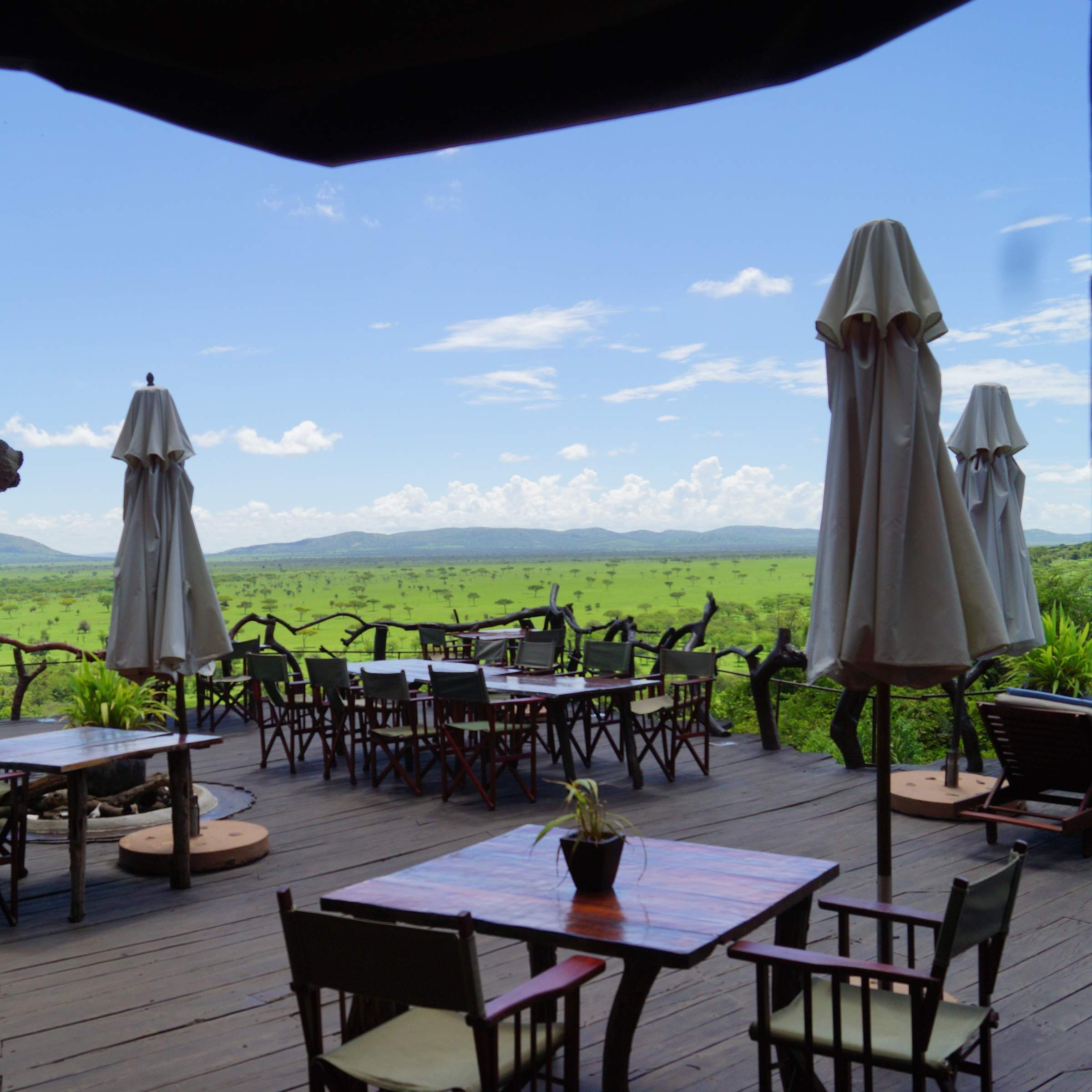
Mbalageti Lodge
Mbalageti is a well-run lodge in a quiet part of the Serengeti's western corridor – an ideal location during the Apr-Jun migration.
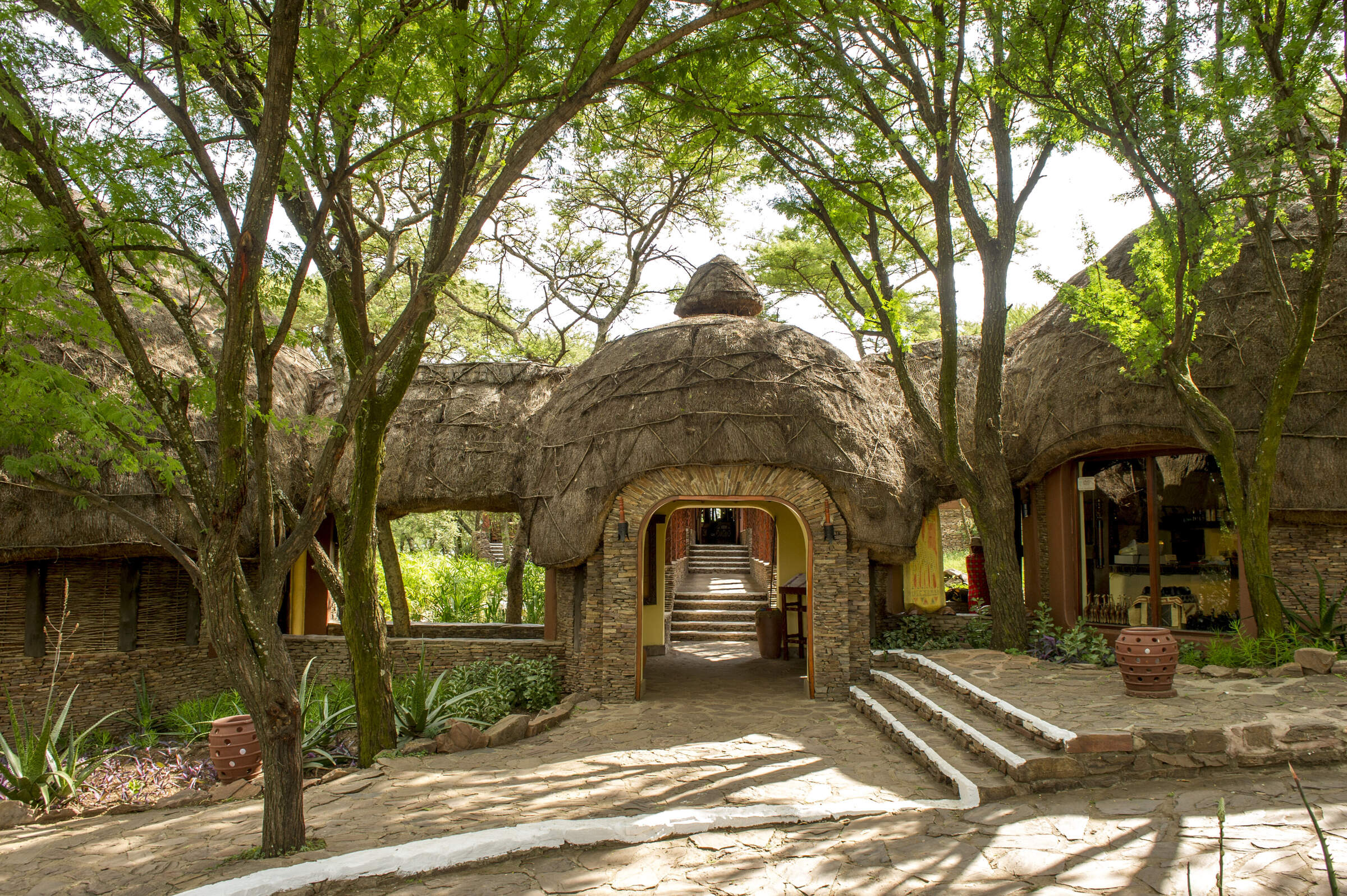
Serengeti Serena
The Serengeti Serena Safari Lodge is a large, hotel-style lodge and a good family-friendly base from which to explore the central Serengeti.
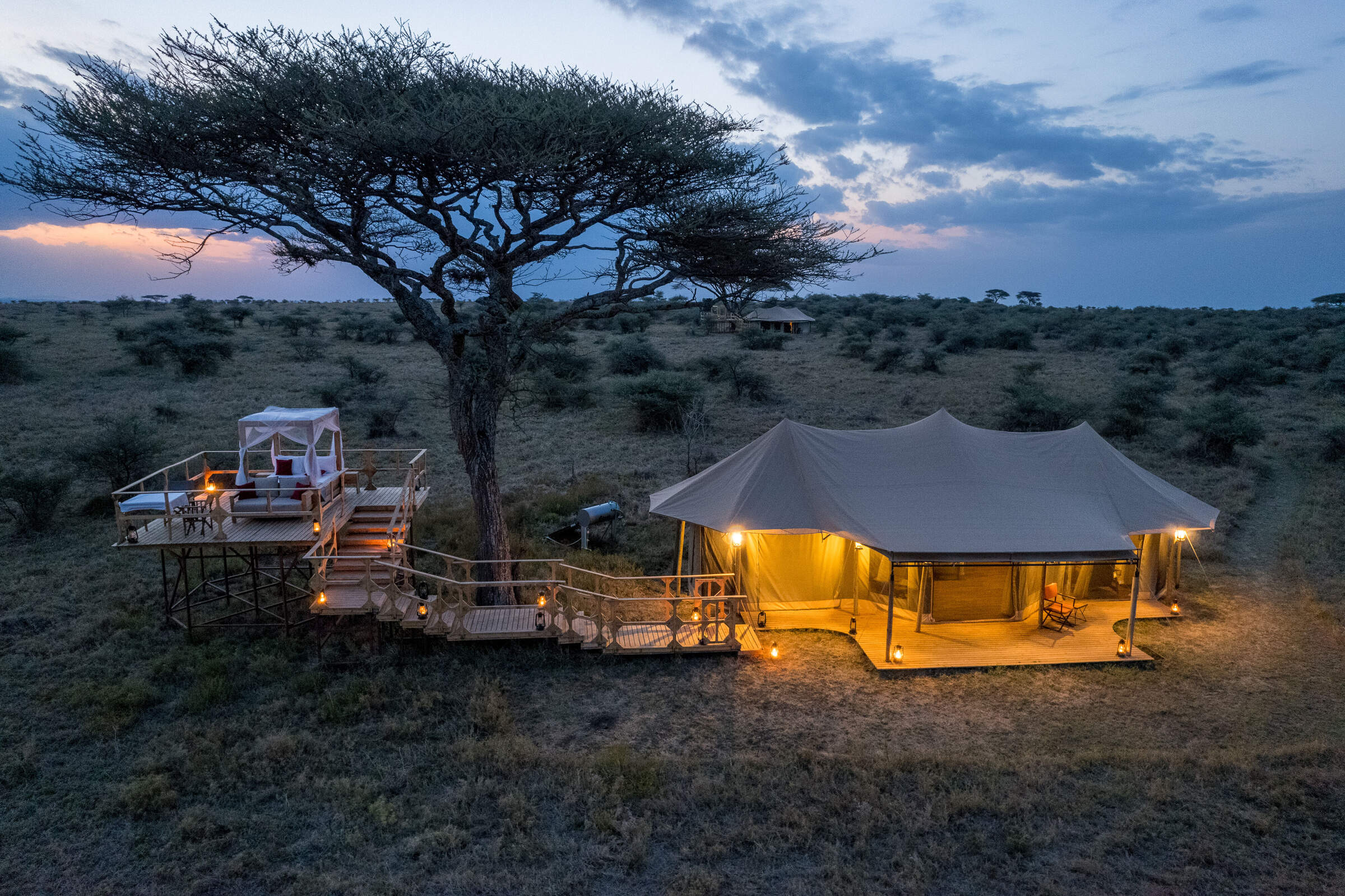
Olmara Camp
With just eight guest tents, including two family tents and three signature stargazer tents, Olmara is a simple, family-friendly camp with a wonderfully attentive team. The camp captures an authentic bush experience, welcoming travellers of every kind.
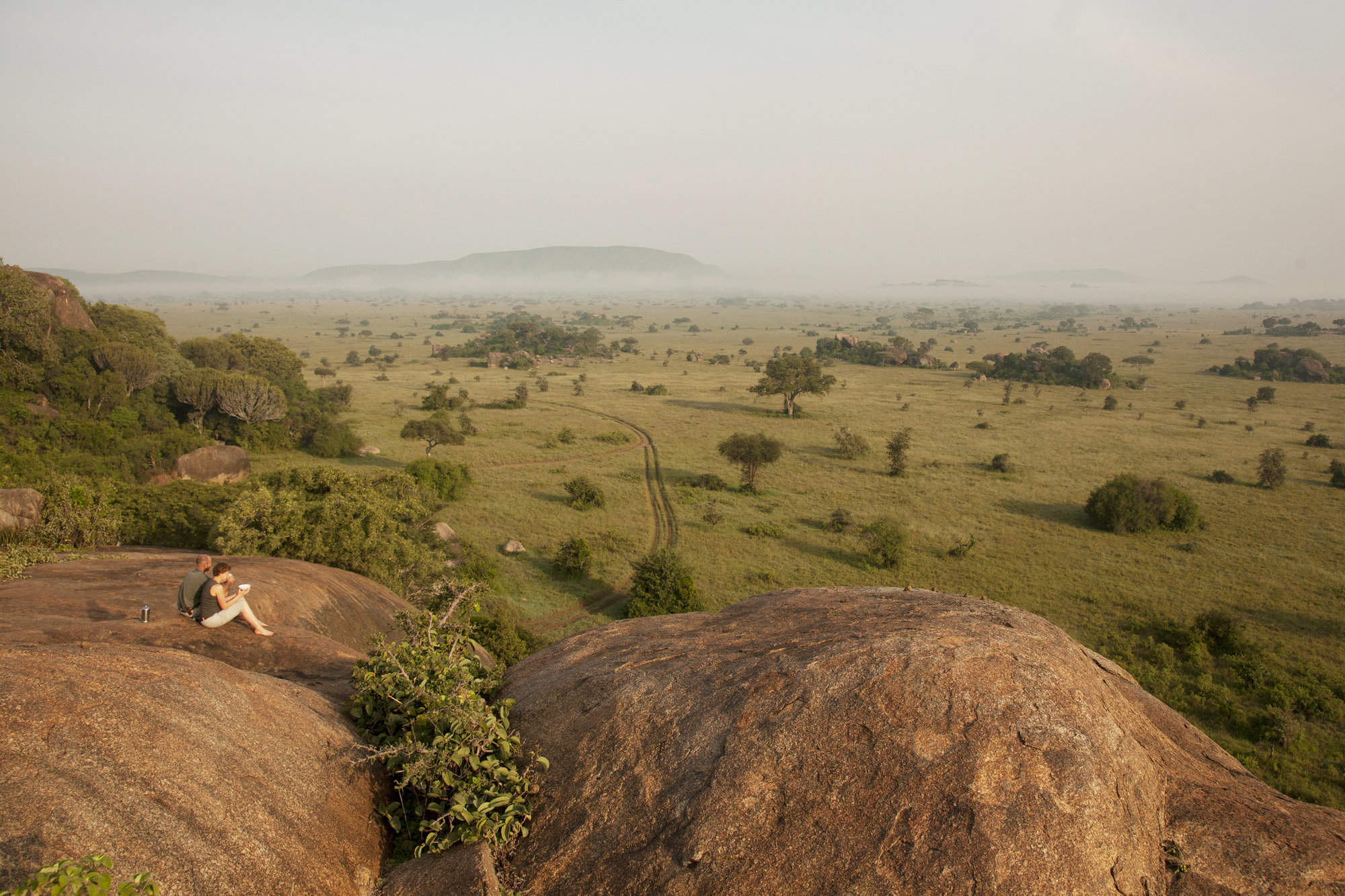
Serengeti Green Camp
Serengeti Green Camp is a comfortable camping experience, in your own private safari camp and at the heart of a great wildlife area.
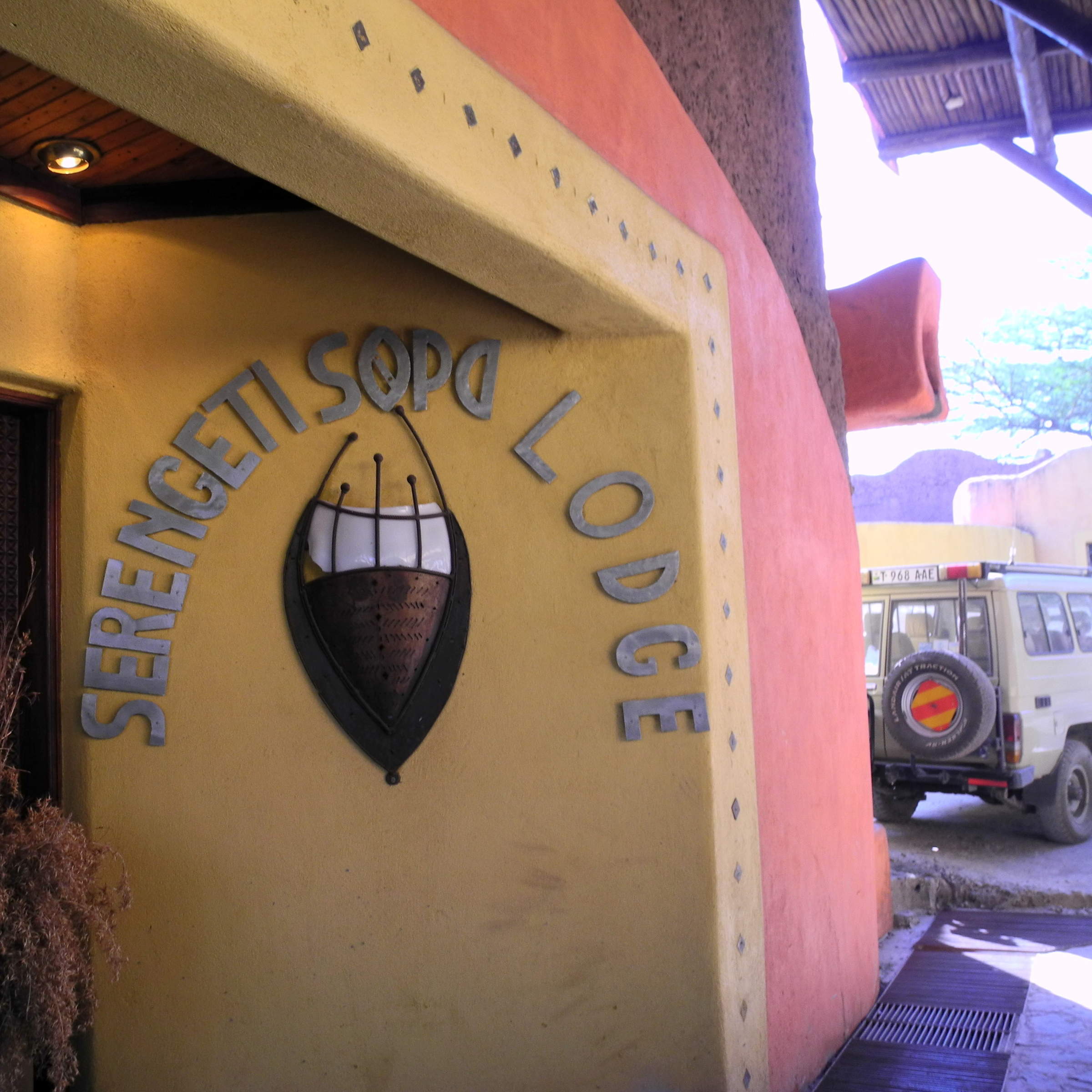
Serengeti Sopa Lodge
Serengeti Sopa Lodge is an international-style hotel offering good-value accommodation in the central Serengeti, with lovely views of the plains.
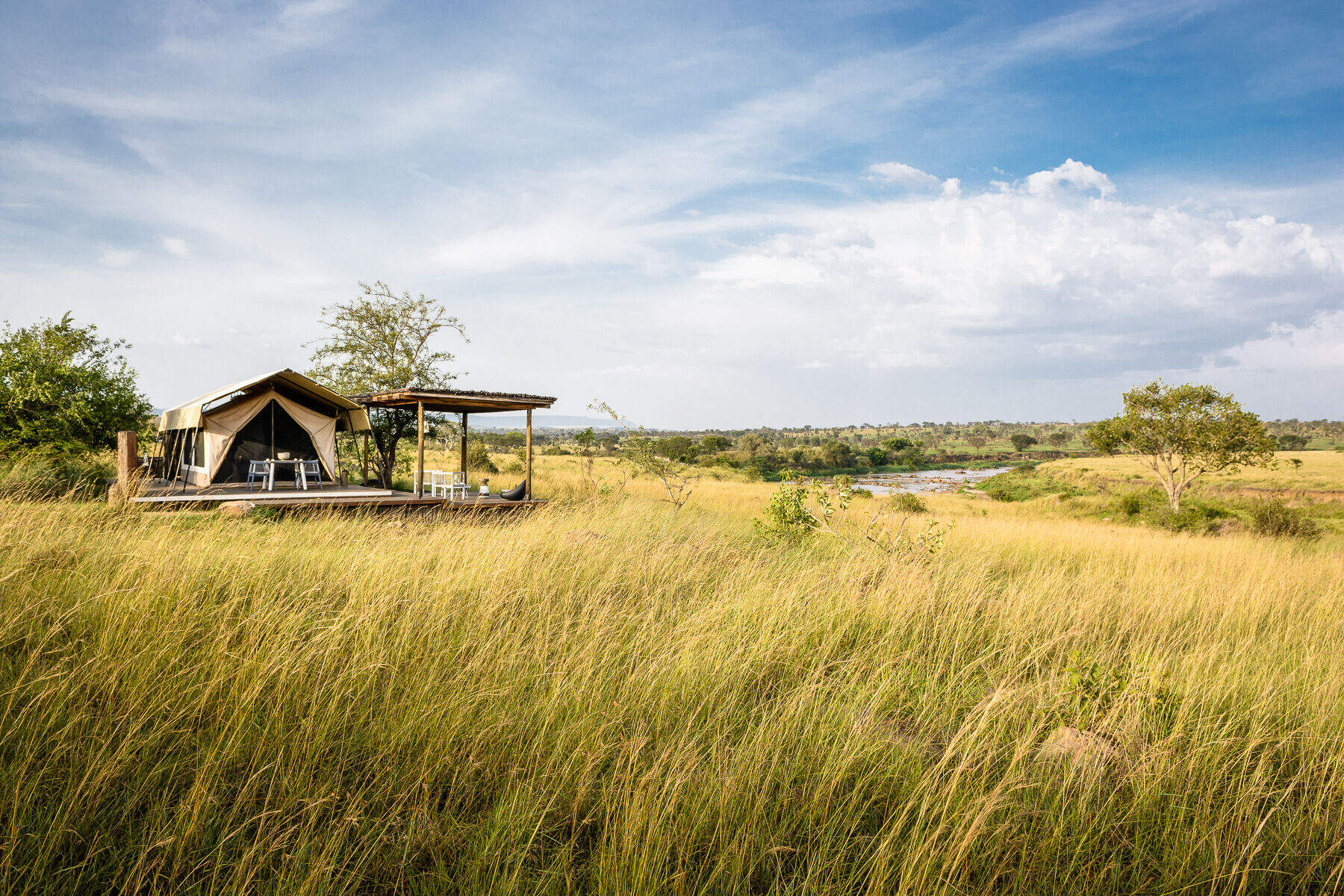
Singita Mara River
Singita Mara River Tented Camp is a luxurious camp in the isolated and rewarding Lamai wedge region of the northern Serengeti.
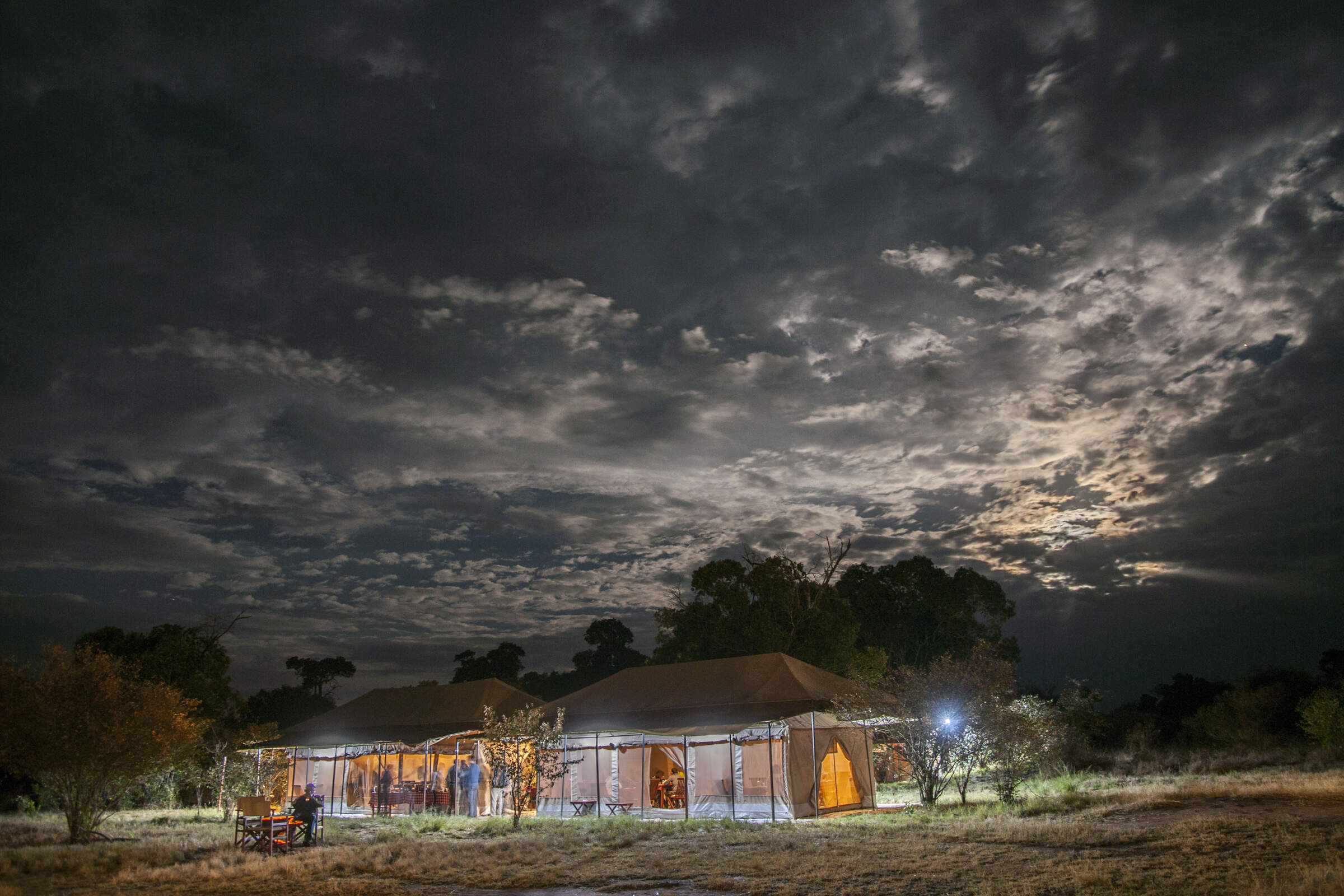
Migration Camp
Serengeti Migration Camp is a smart tented camp, good for the wildebeest migration from Jul–Aug, or to explore the Lobo Kopjes any time.
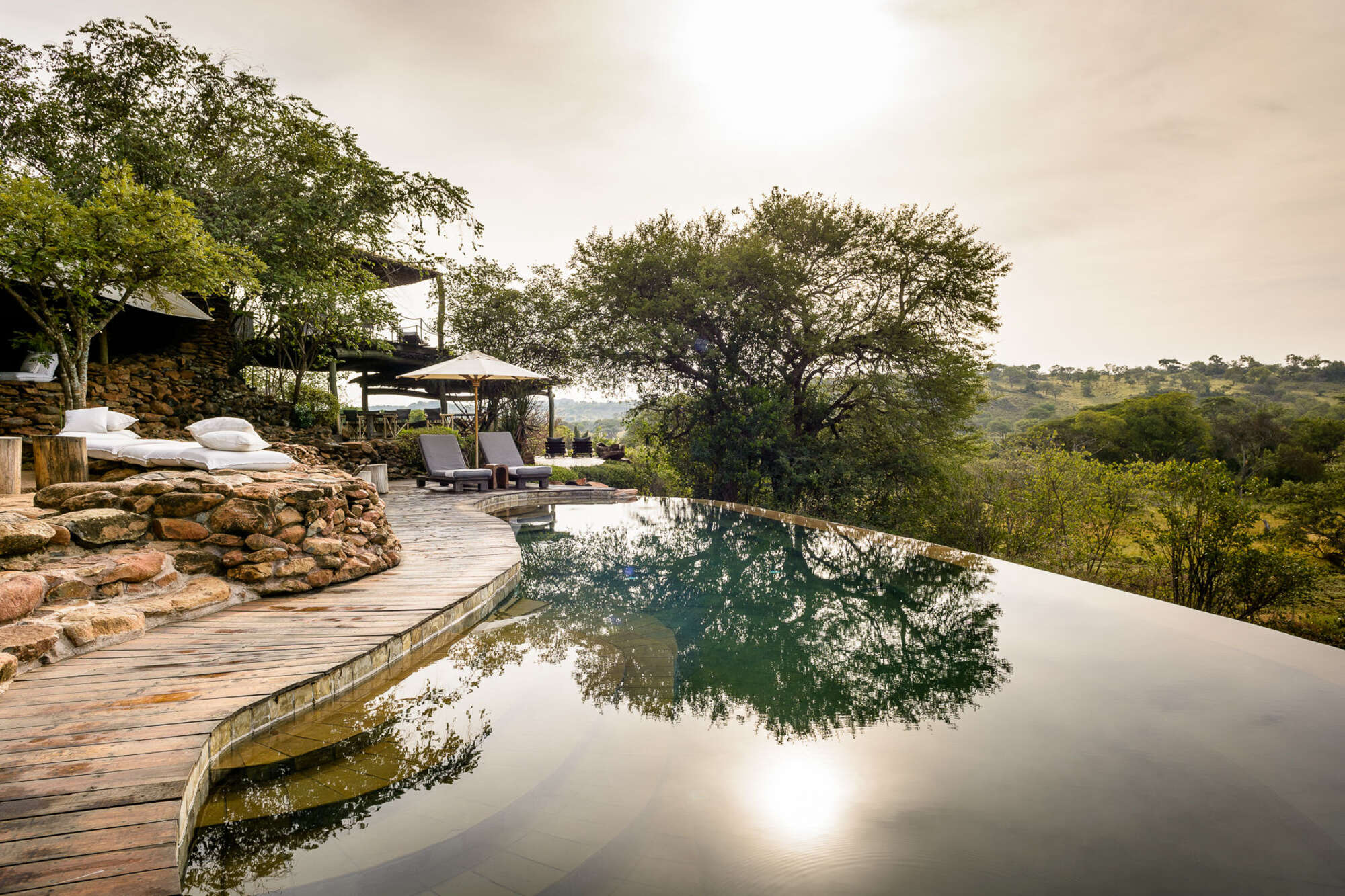
Faru Faru Lodge
On the north bank of the Grumeti River, Faru Faru is a small, chic hideaway in this exclusive corner of the Serengeti.
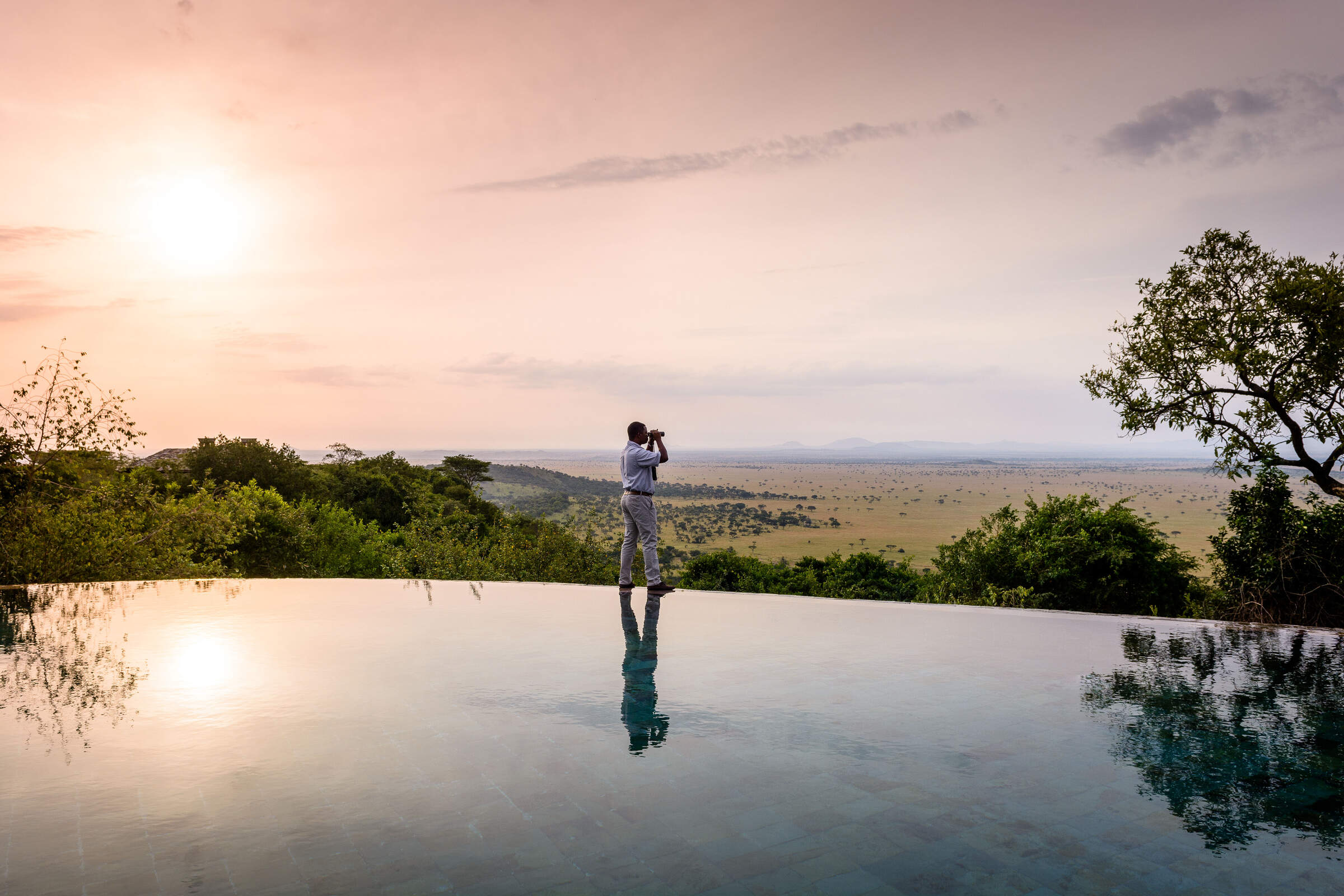
Sasakwa Lodge
On a hill looking over the Serengeti plains, Sasakwa Lodge is grand, luxurious safari camp, one of the most opulent properties in Tanzania.
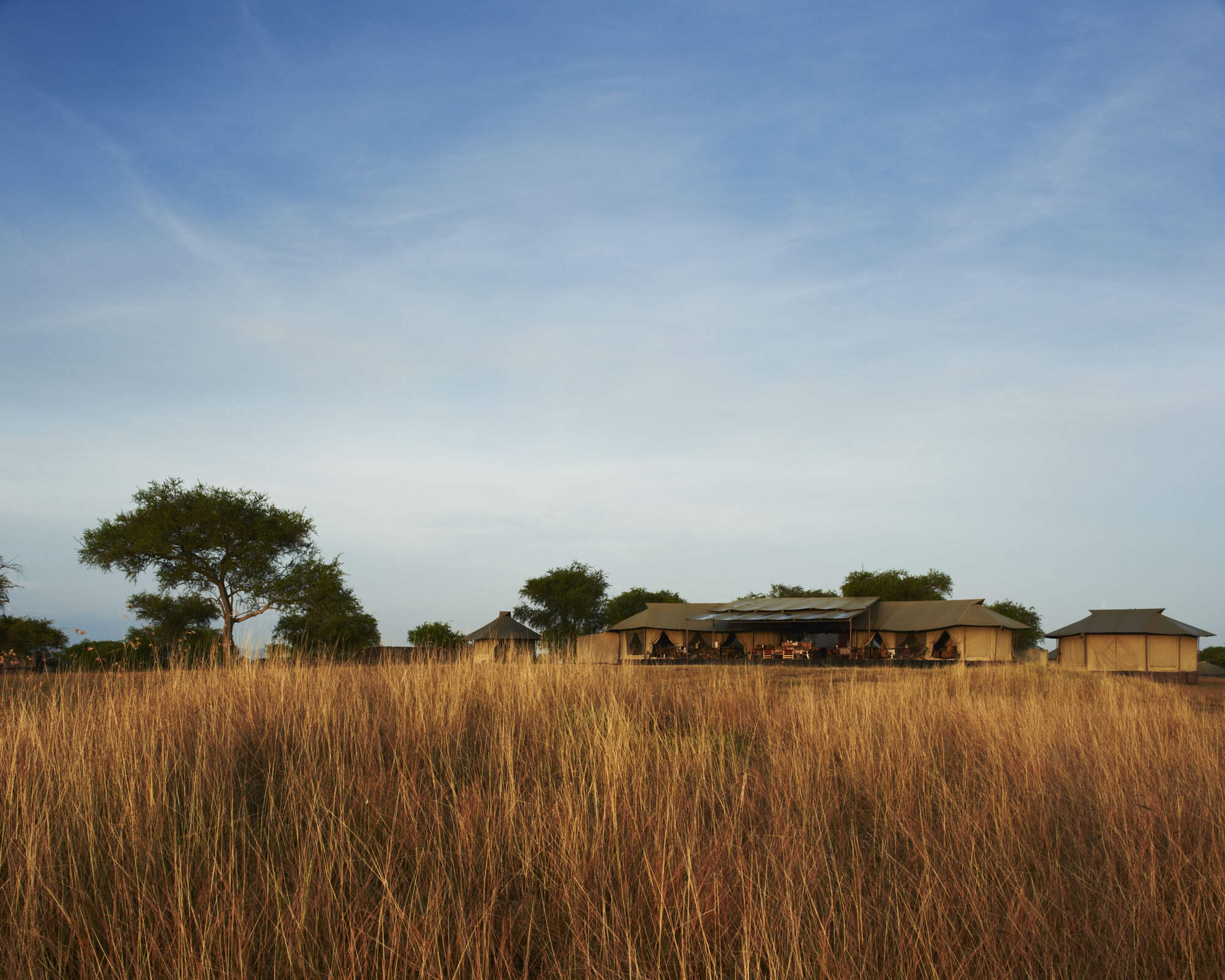
Sabora Tented Camp
Sabora Tented Camp is a smart tented camp – one of the most luxurious, professional and stylish properties to be found in Tanzania.
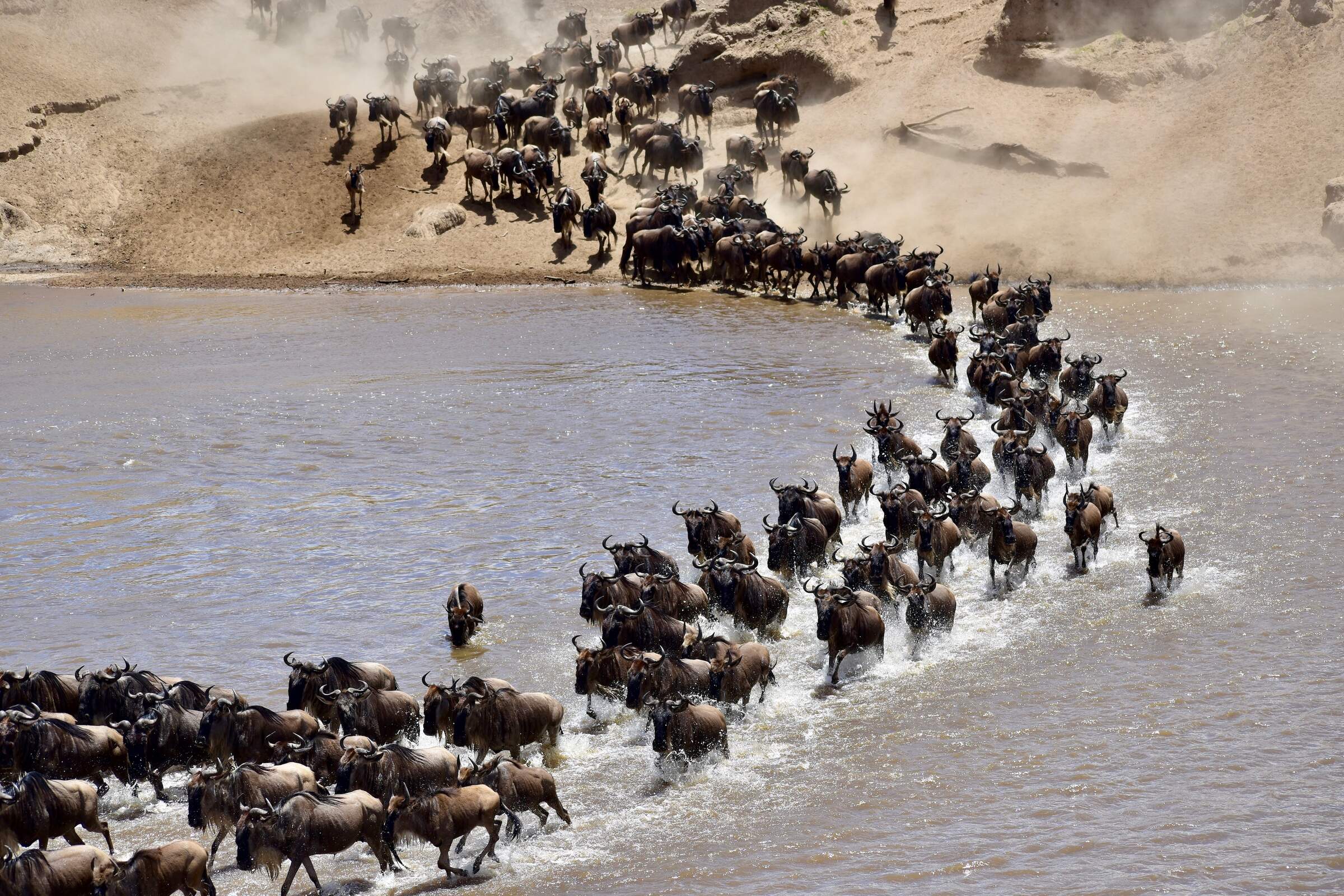
Kirurumu Migration Camp
Kirurumu is a rustic tented camp which moves around the Serengeti twice a year to follow the wildebeest migration.
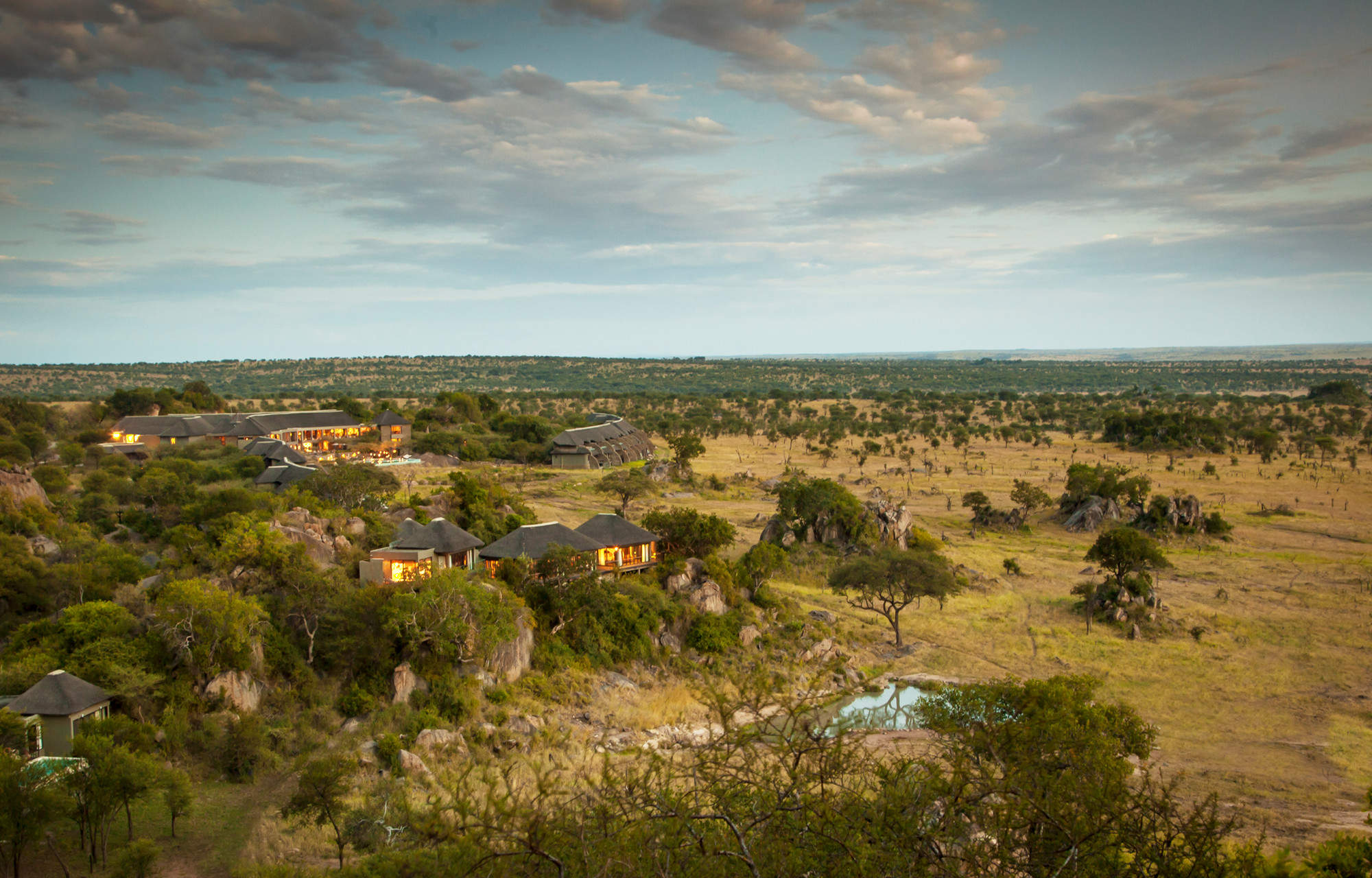
Four Seasons Serengeti
The Four Seasons Safari Lodge is the only hotel in the Serengeti offering international facilities such as a gym, spa and children’s club.
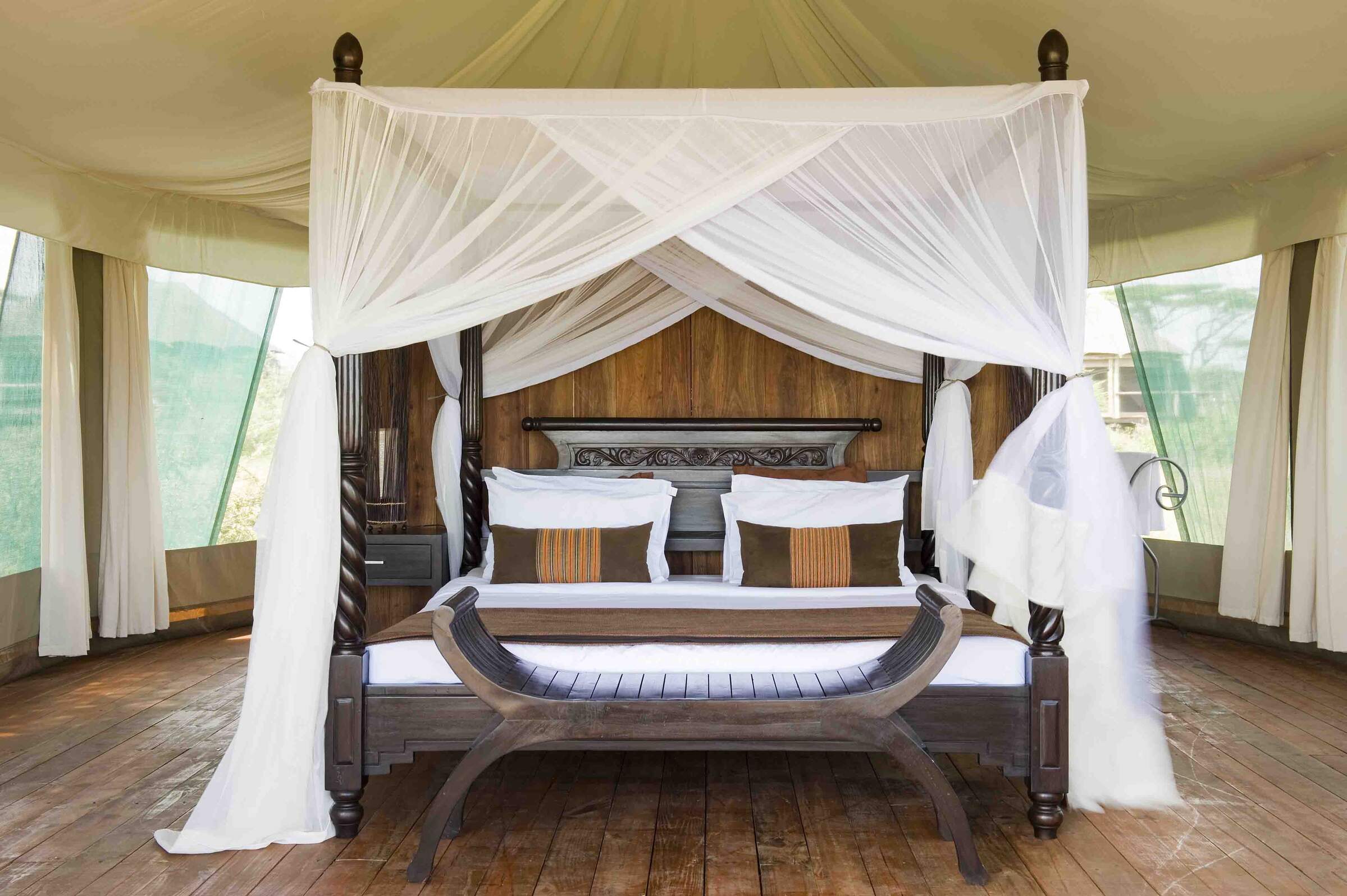
Lake Masek Tented Camp
Ideally located for the wildebeest migration from Dec–Apr, Lake Masek Tented Camp is a good, mid-market safari camp.
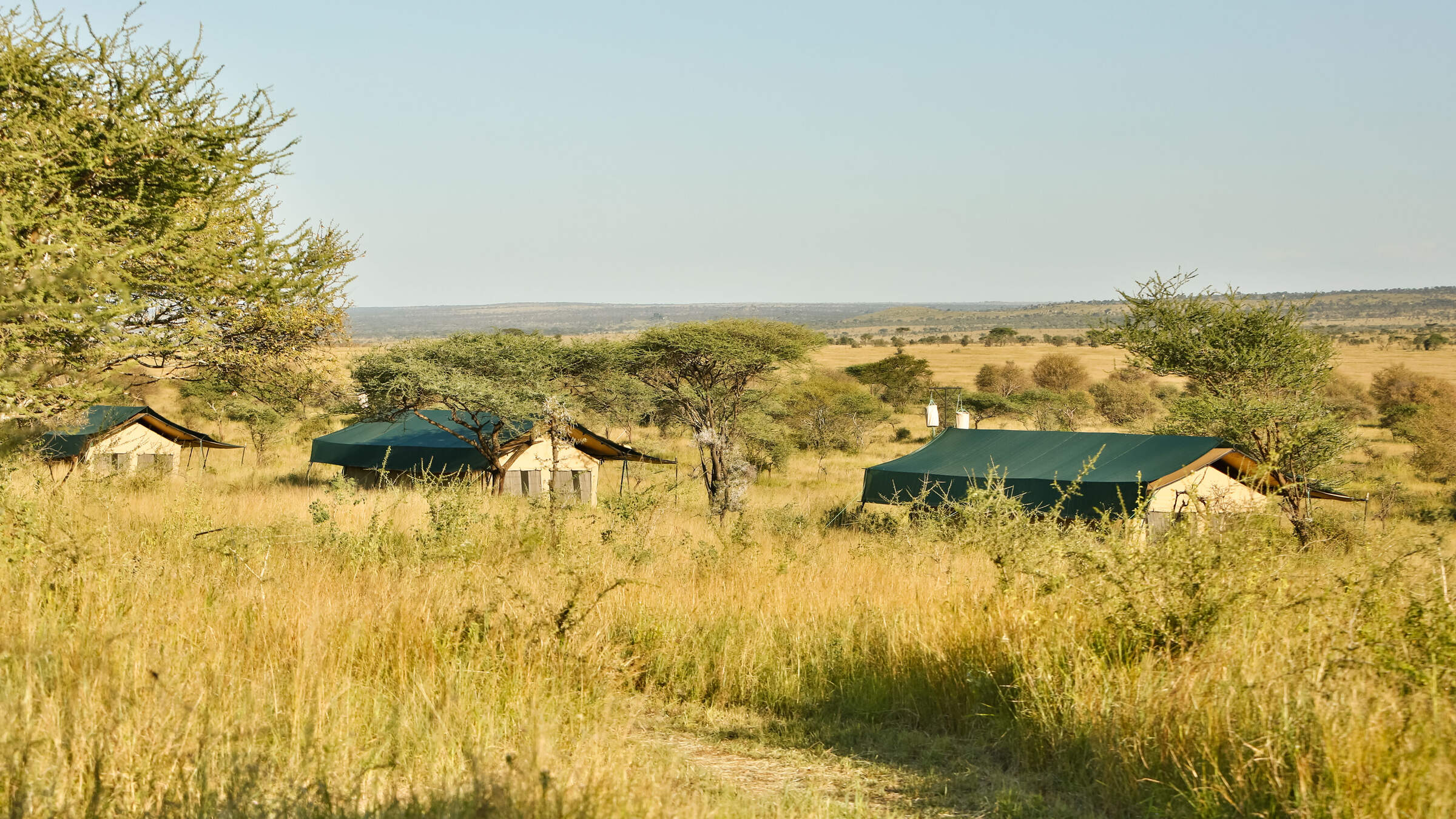
Nyikani Central
Nyikani Central is a comfortable tented camp located in the game-rich Seronera area of the central Serengeti.

Esirai Migration Camp
A season migration camp, with only 8 tents and 1 family tent and plenty of character. Esirai is ideally placed for excellent wildlife and enjoys a simplistic and comfortable under-canvas experience.
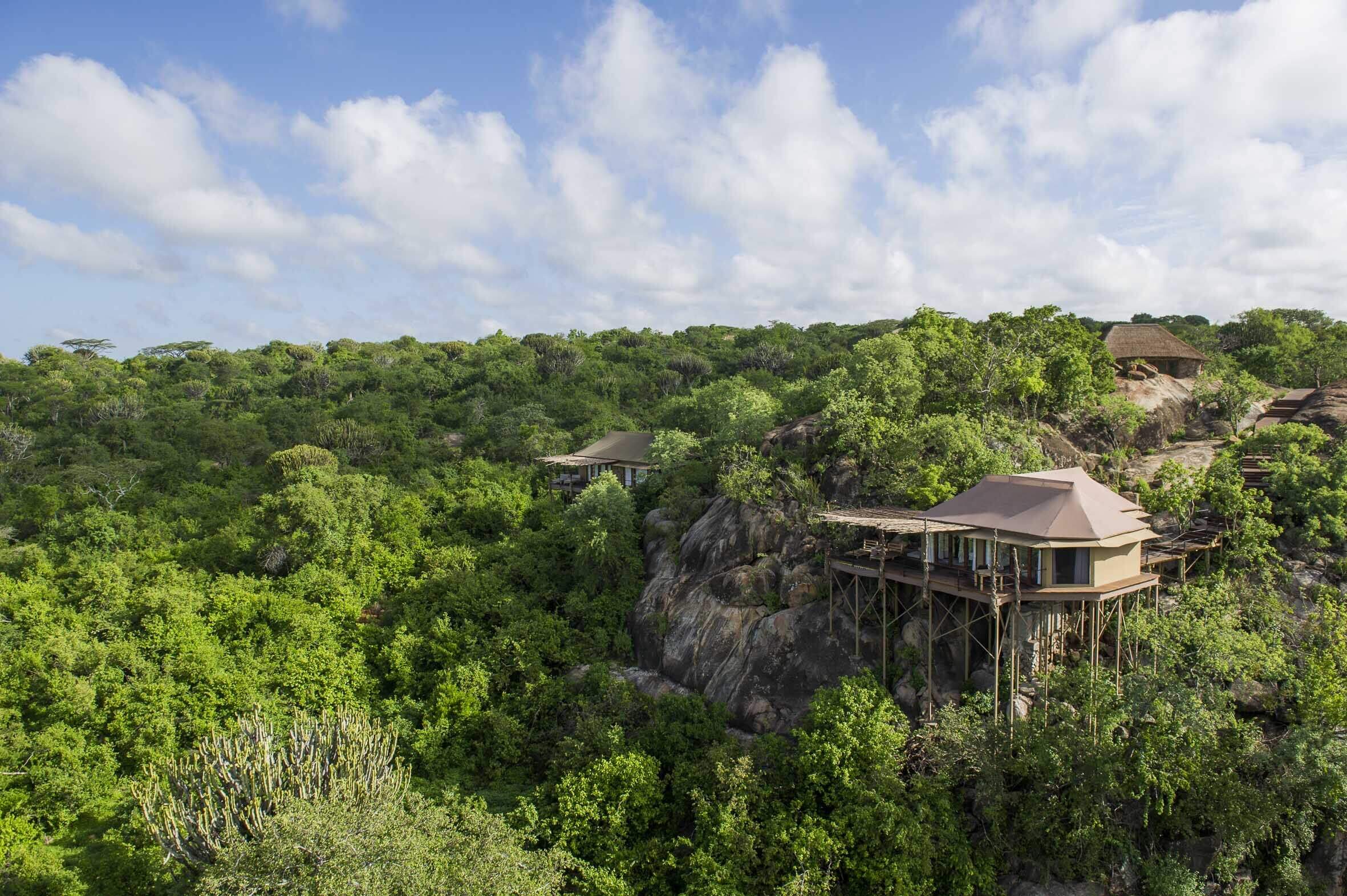
Mwiba Lodge
Mwiba Lodge is a luxurious property located on a private concession on the edge of the southern Serengeti.
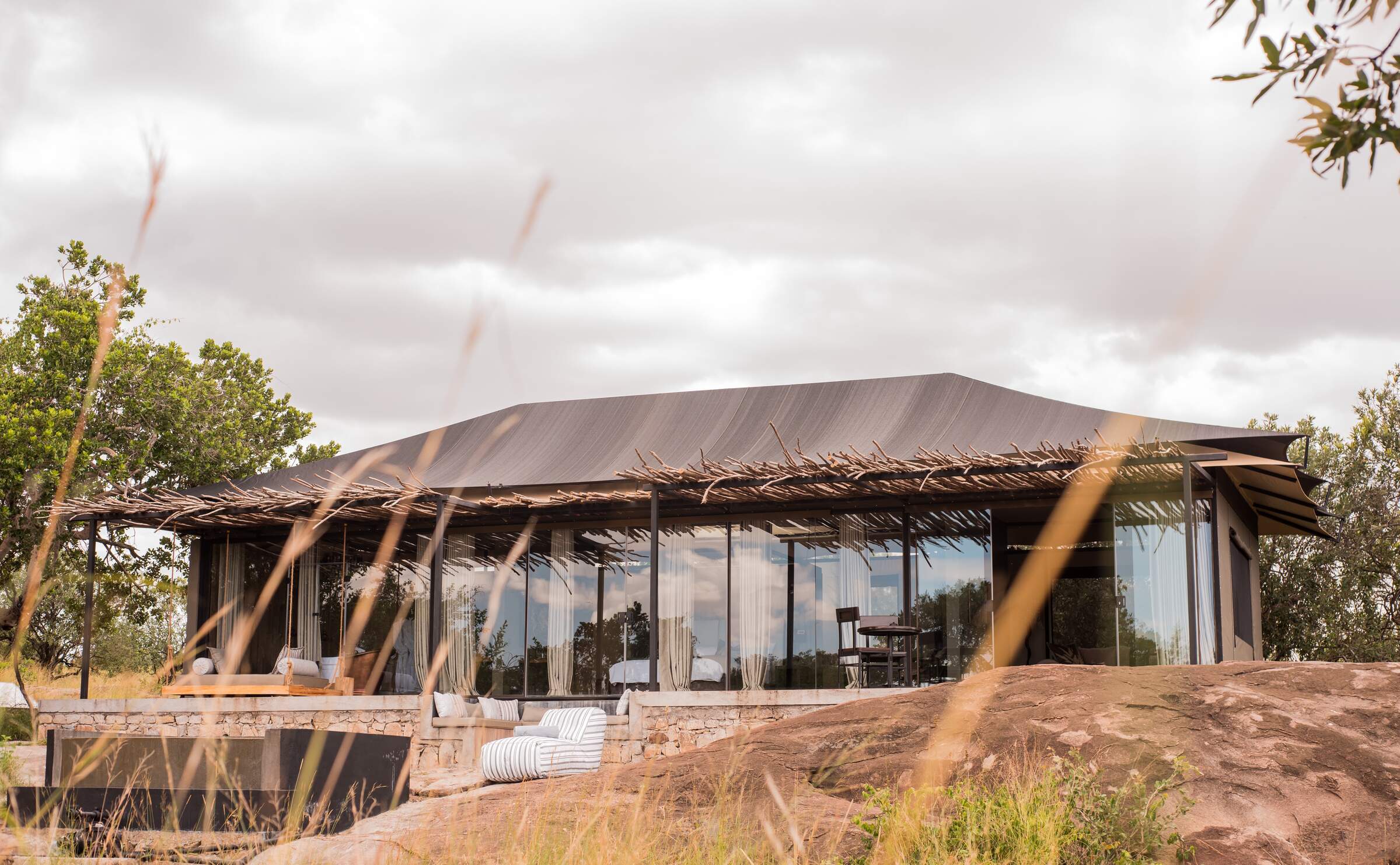
Nimali Mara
Nimali Mara is a luxurious safari lodge in a quiet region of the northern Serengeti with good access to the wildebeest migration.
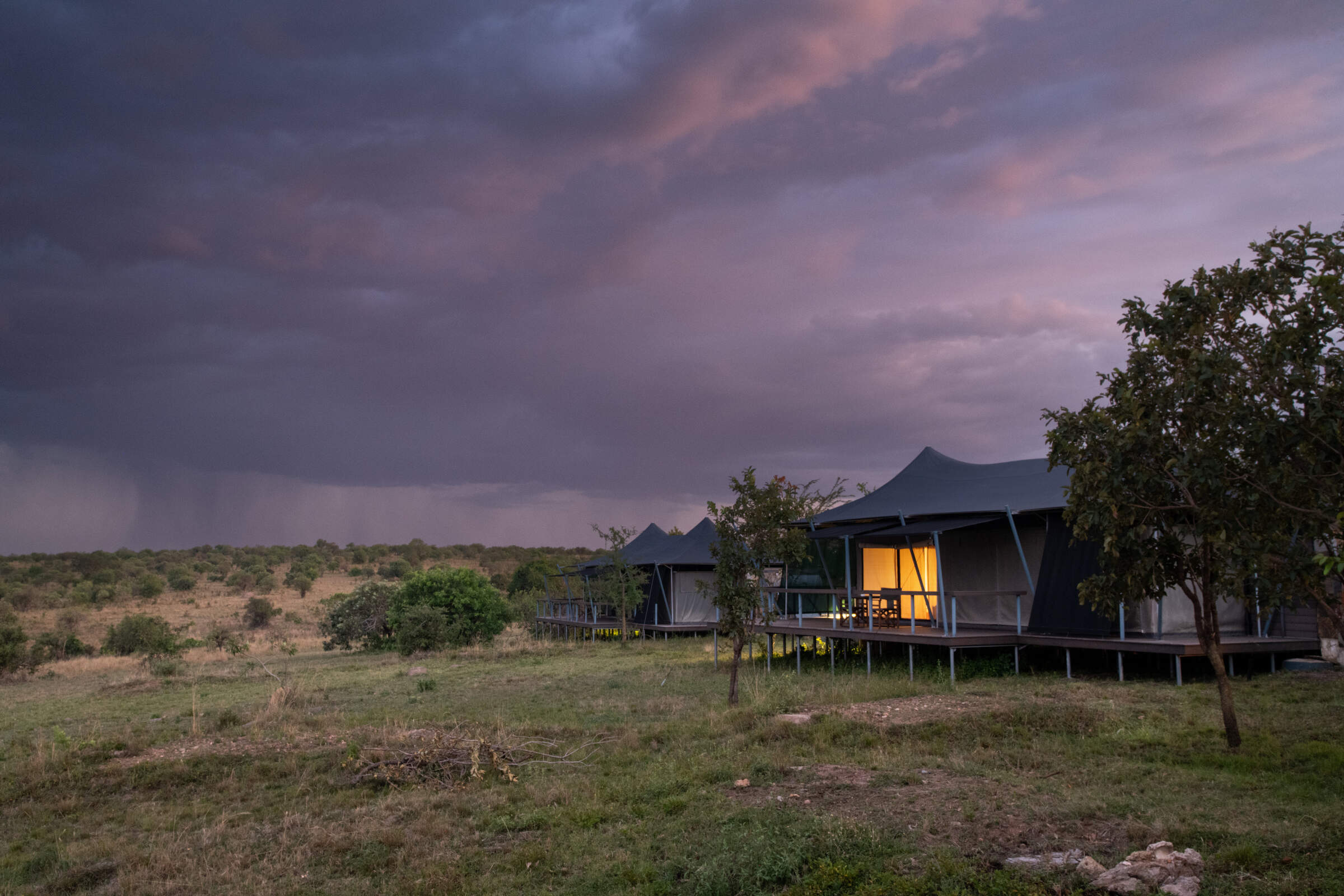
Mara Mara
Mara Mara is a smart tented camp in the northern Serengeti, situated on a small hill close to the Mara River.
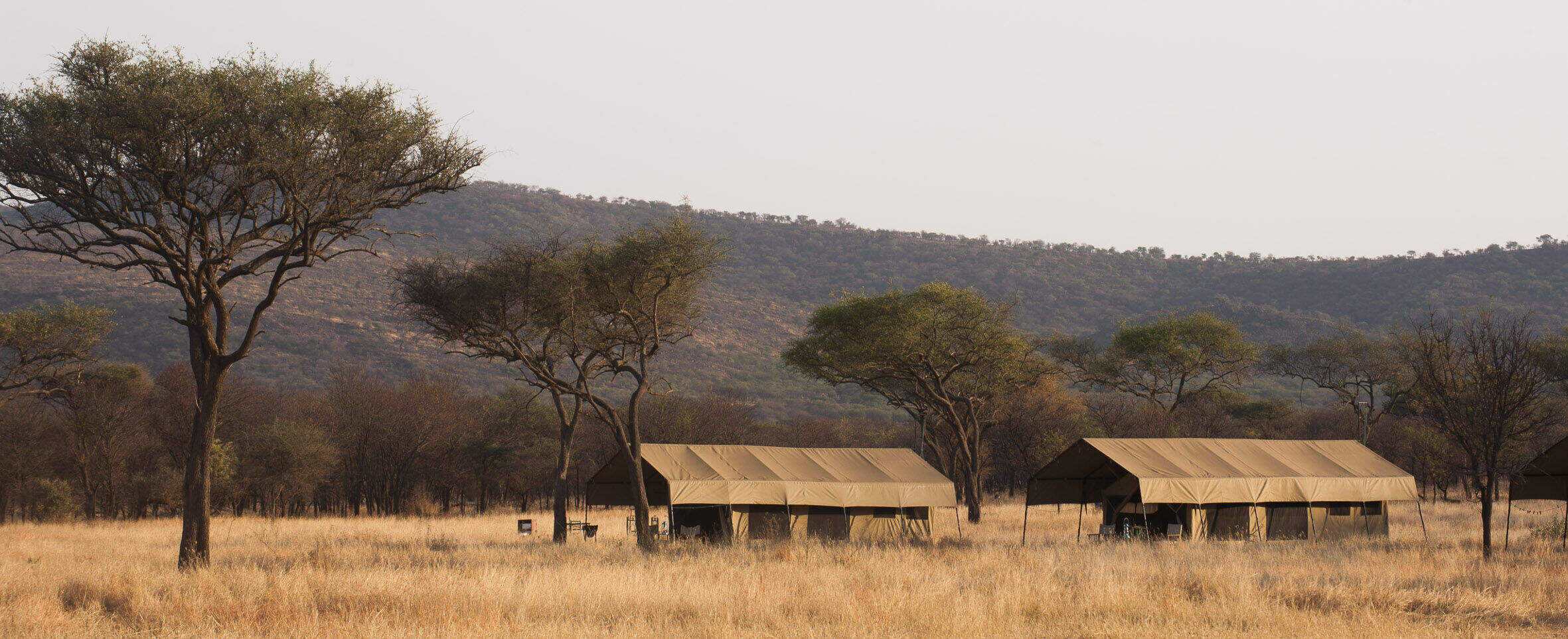
Ndutu Kati Kati
Ndutu Kati Kati is a seasonal tented camp, based in the southern Serenget from Dec-Mar, ideal for the migration as it passes through.

Olduvai Camp
Olduvai Camp lies between Ngorongoro and the southern Serengeti plains. It's a good base for the southern plains during the rainy season.
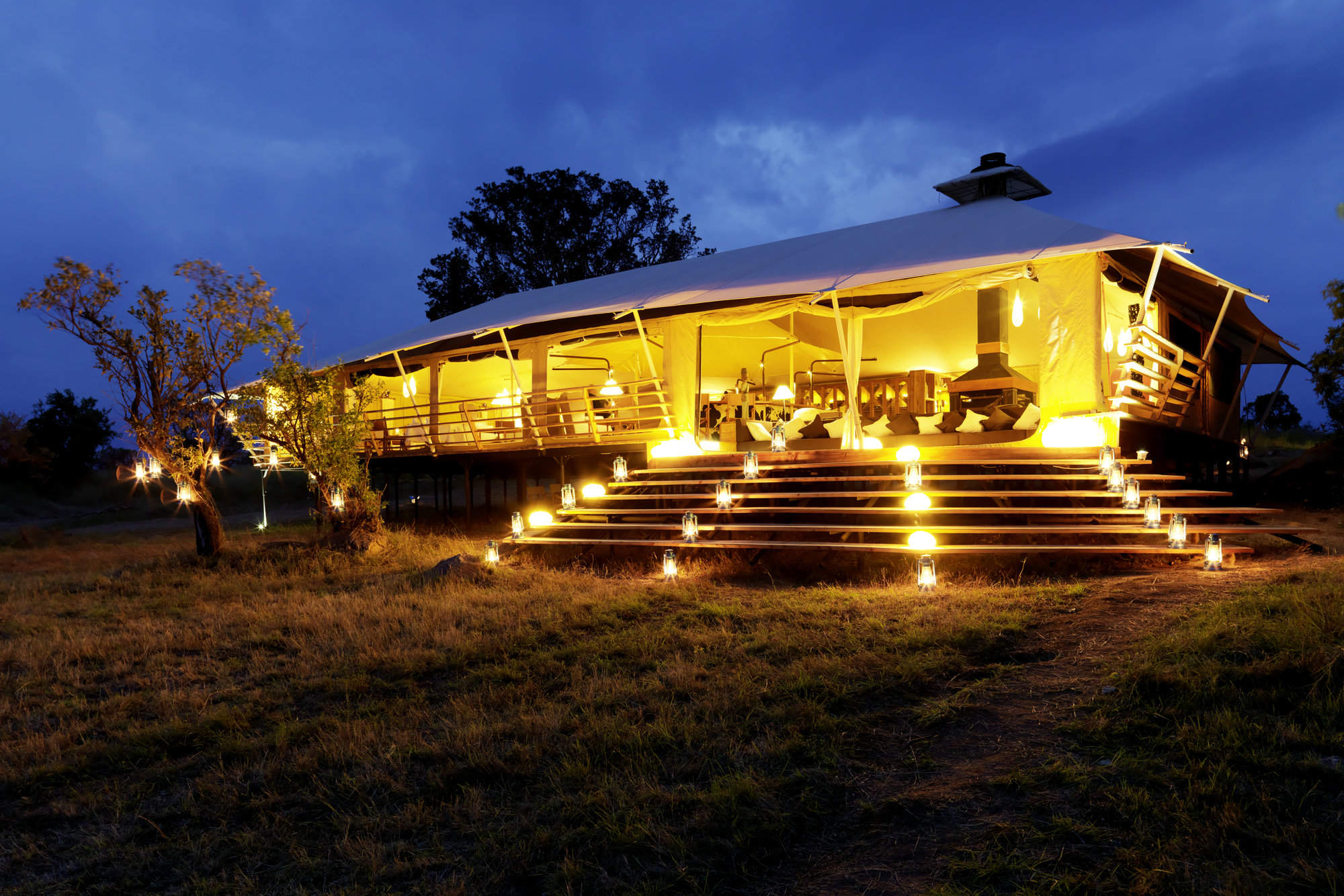
Bushtops
Serengeti Bushtops is a permanent luxury camp in the northern Serengeti, with spacious and private tents with their own hot tubs.
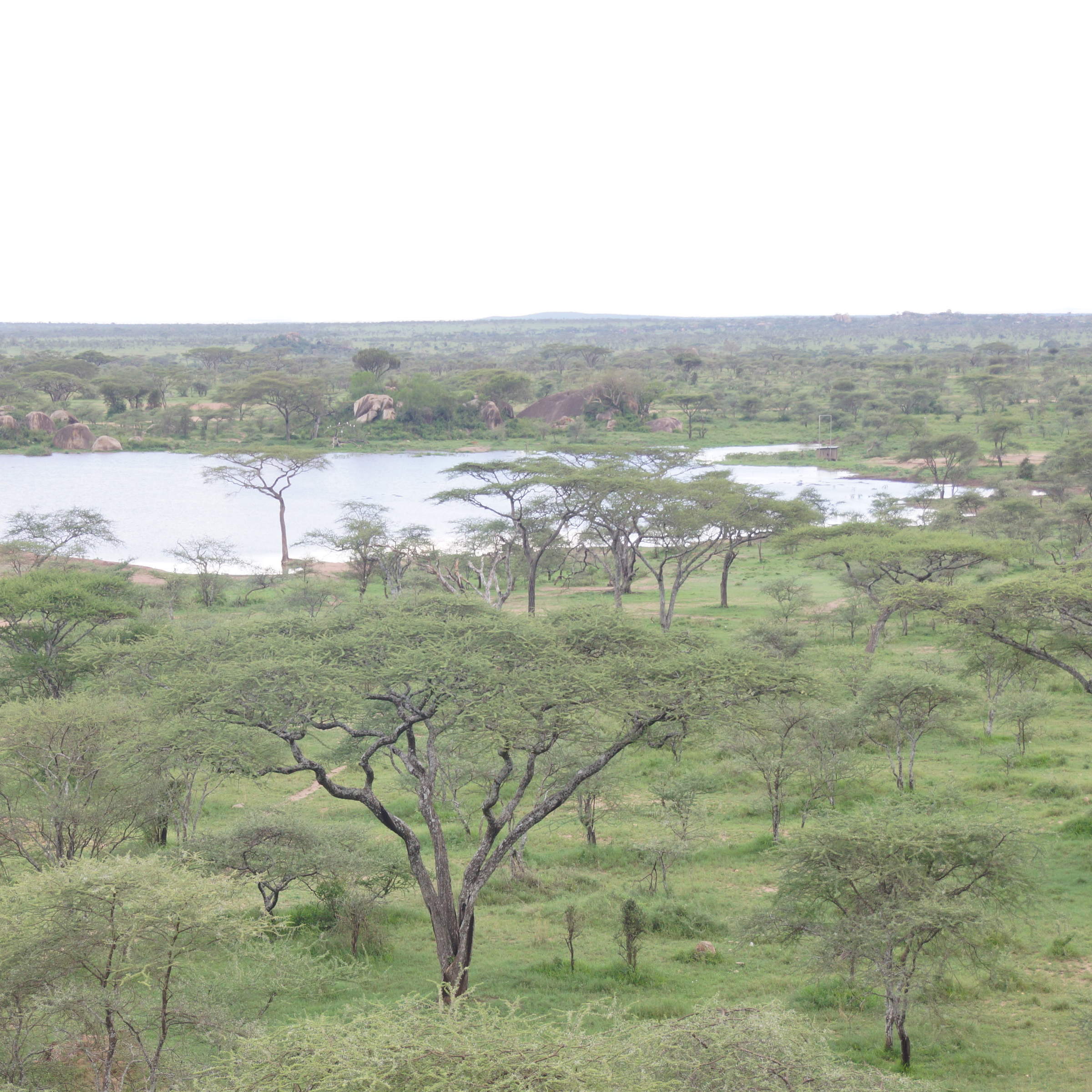
Seronera Wildlife Lodge
Seronera Wildlife Lodge is large hotel-style safari lodge in the heart of the Serengeti, offering good value and a great location.
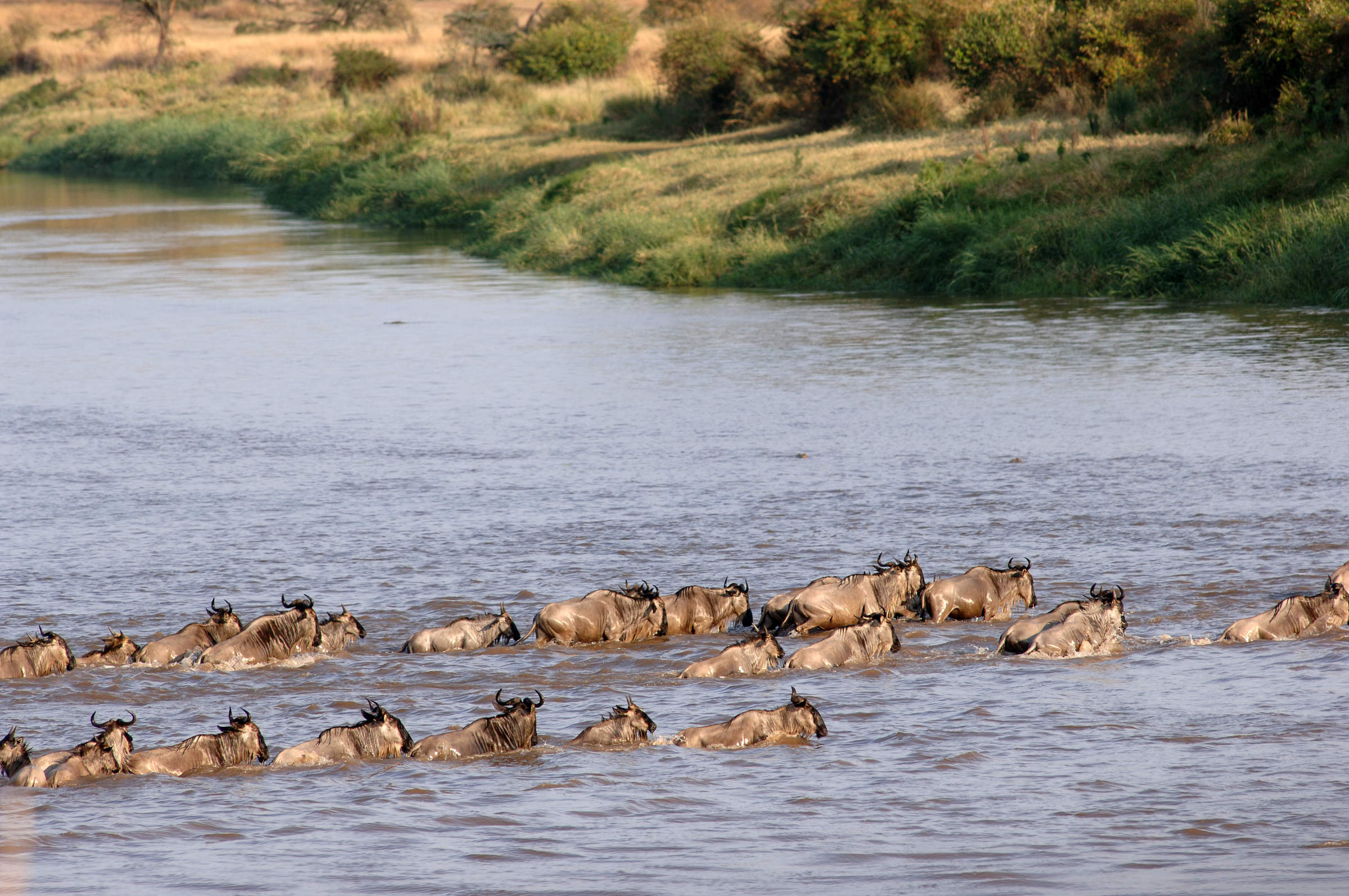
Mara Kati Kati
Mara Kati Kati is a simple bush camp in the northern Serengeti, based from Jul-Oct near the Mara River for the wildebeest migration.
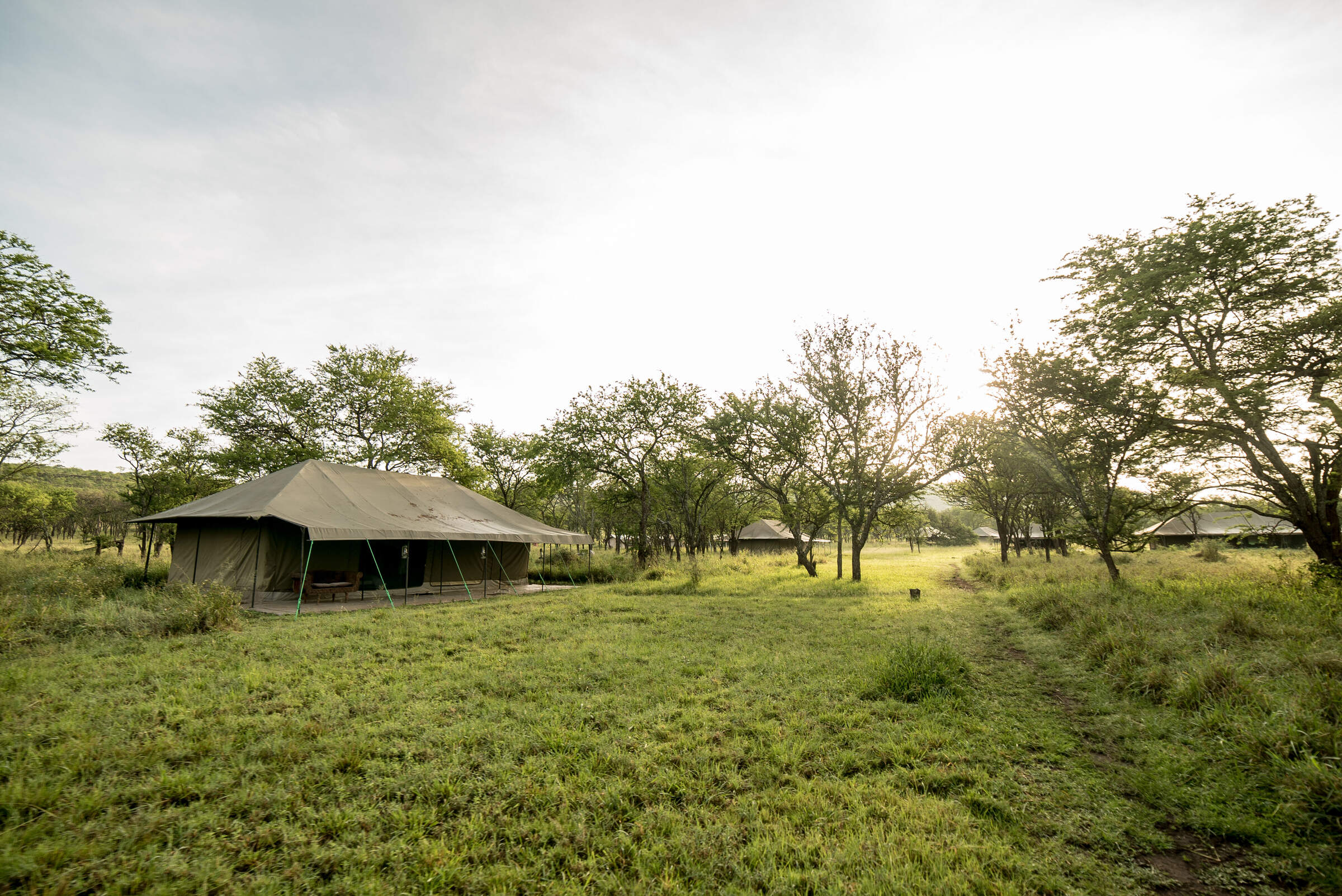
Nasikia Naona
Naona Camp is a small tented camp, located in the Moru Kopjes, west of the Serengeti central area
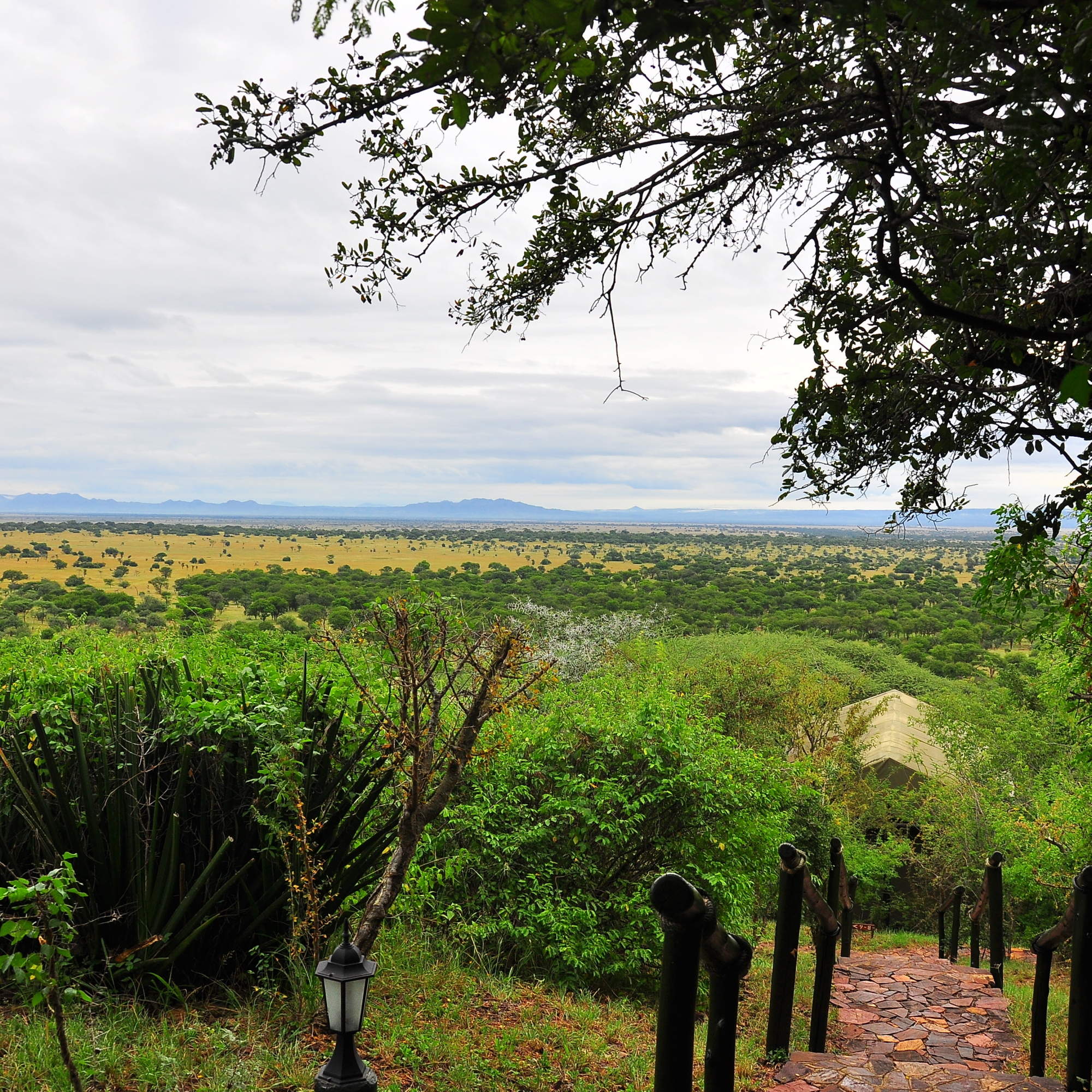
Kirawira Camp
Set high on a hill, in the Serengeti's western corridor, Kirawira is a relatively large tented camp in the Serena group.
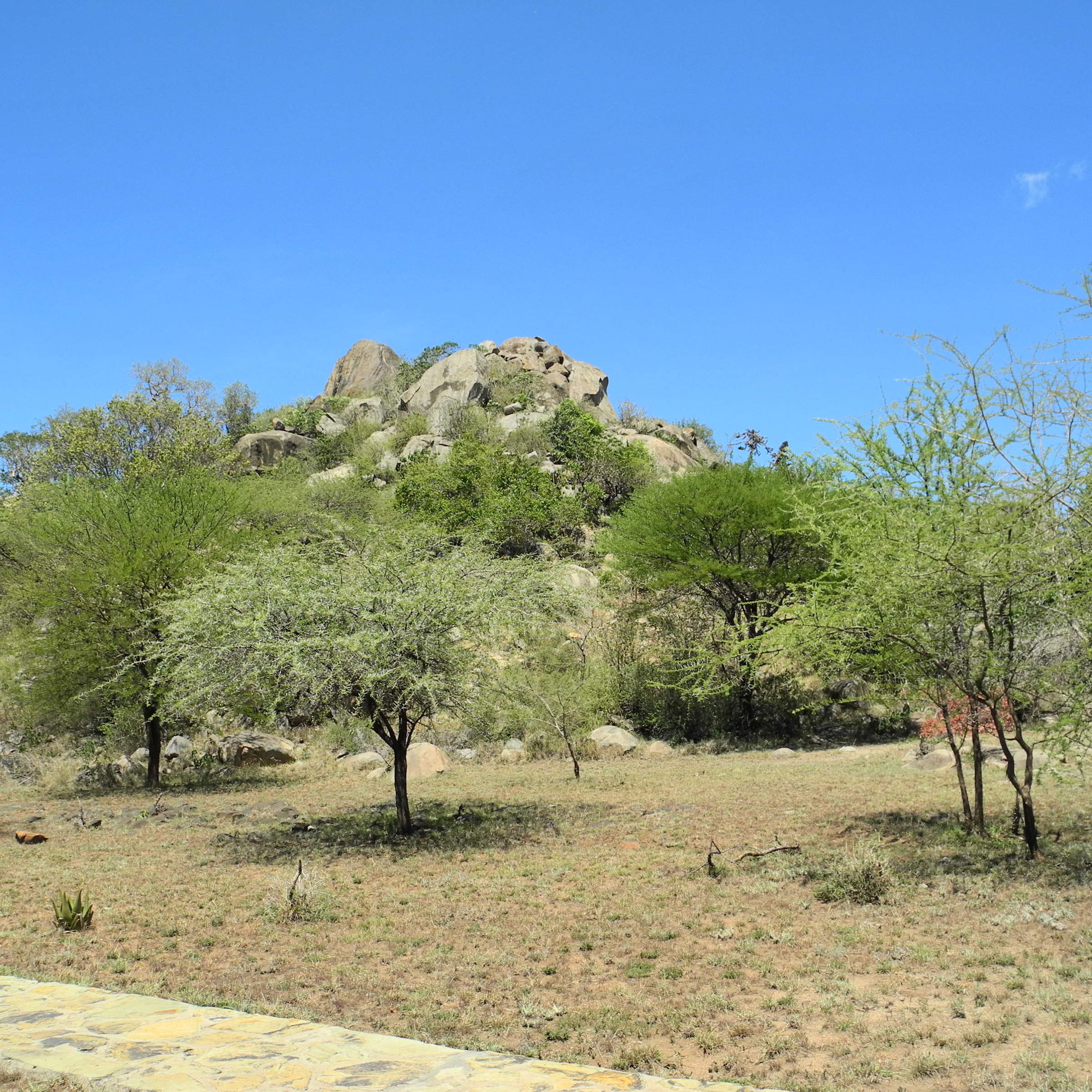
Mbuzi Mawe
Mbuze Mawe is a comfortable tented camp in a convenient, central-north location when driving through the Serengeti.
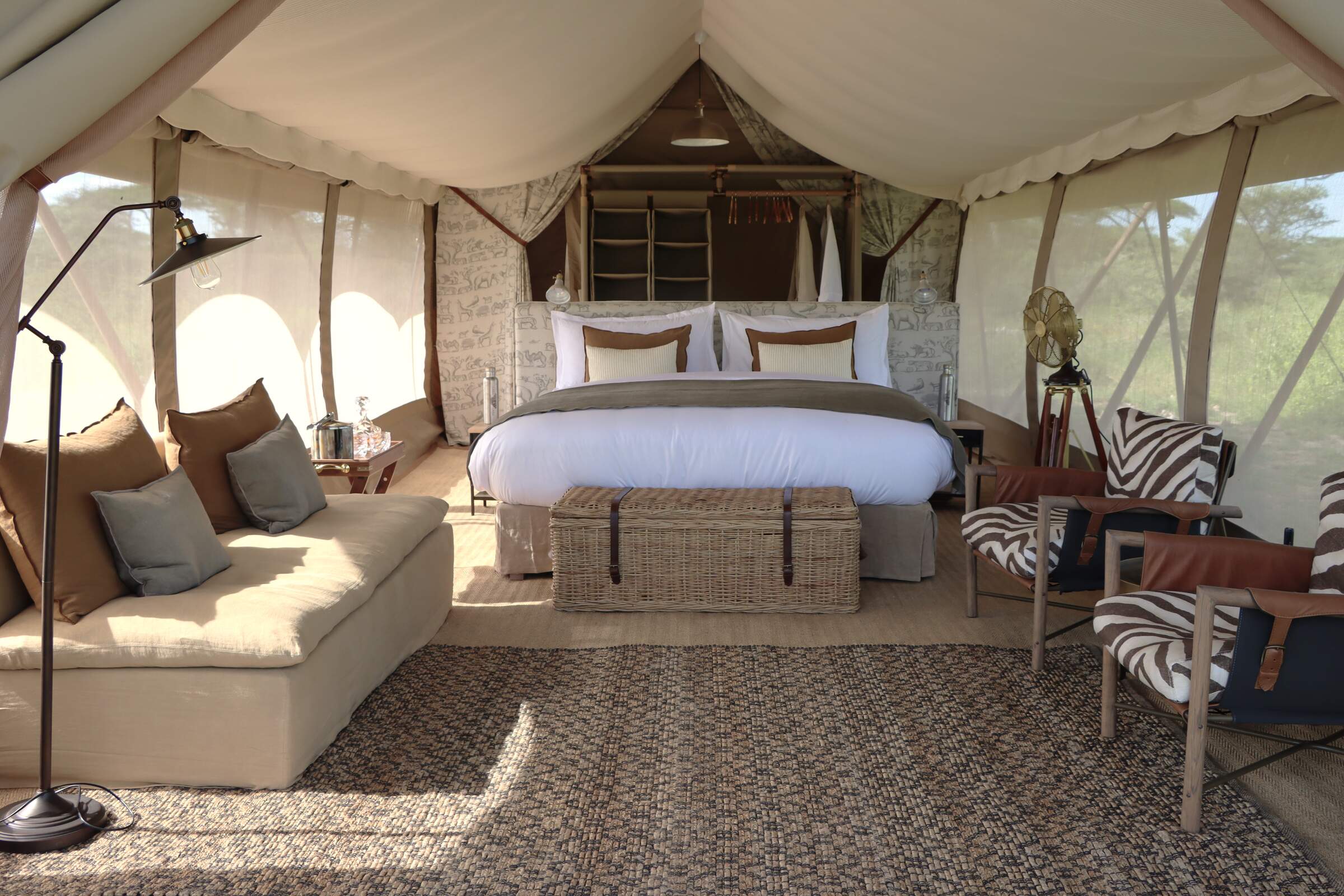
Laba Migration Camp
A luxury mobile camp that moves between the Western Corridor, Mara River and the southern Ndutu area, in line with the wildebeest migration.
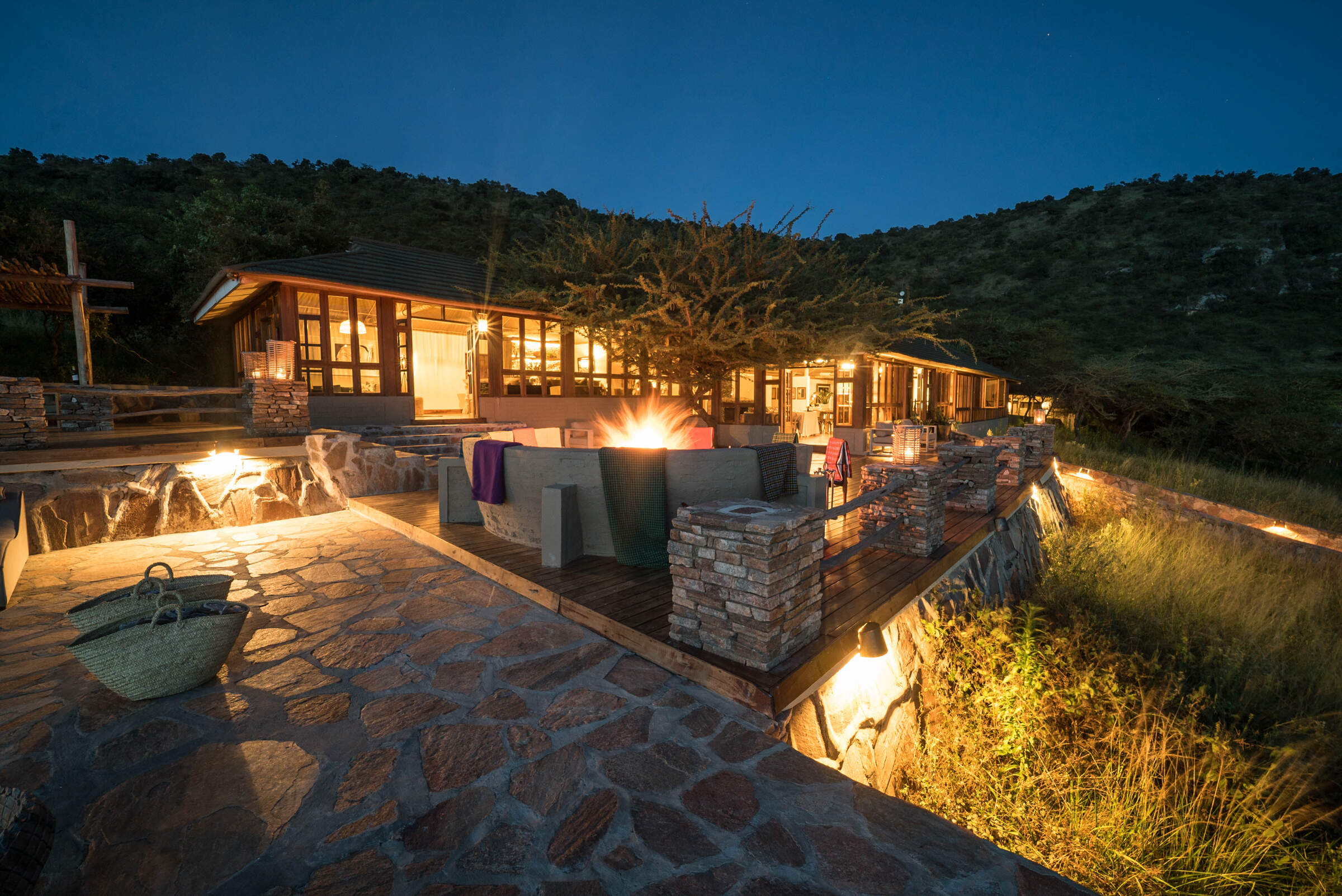
Taasa Lodge
Taasa Lodge is a slightly quirky option offering guided walks and night game drives, which are not permitted in Serengeti National Park.
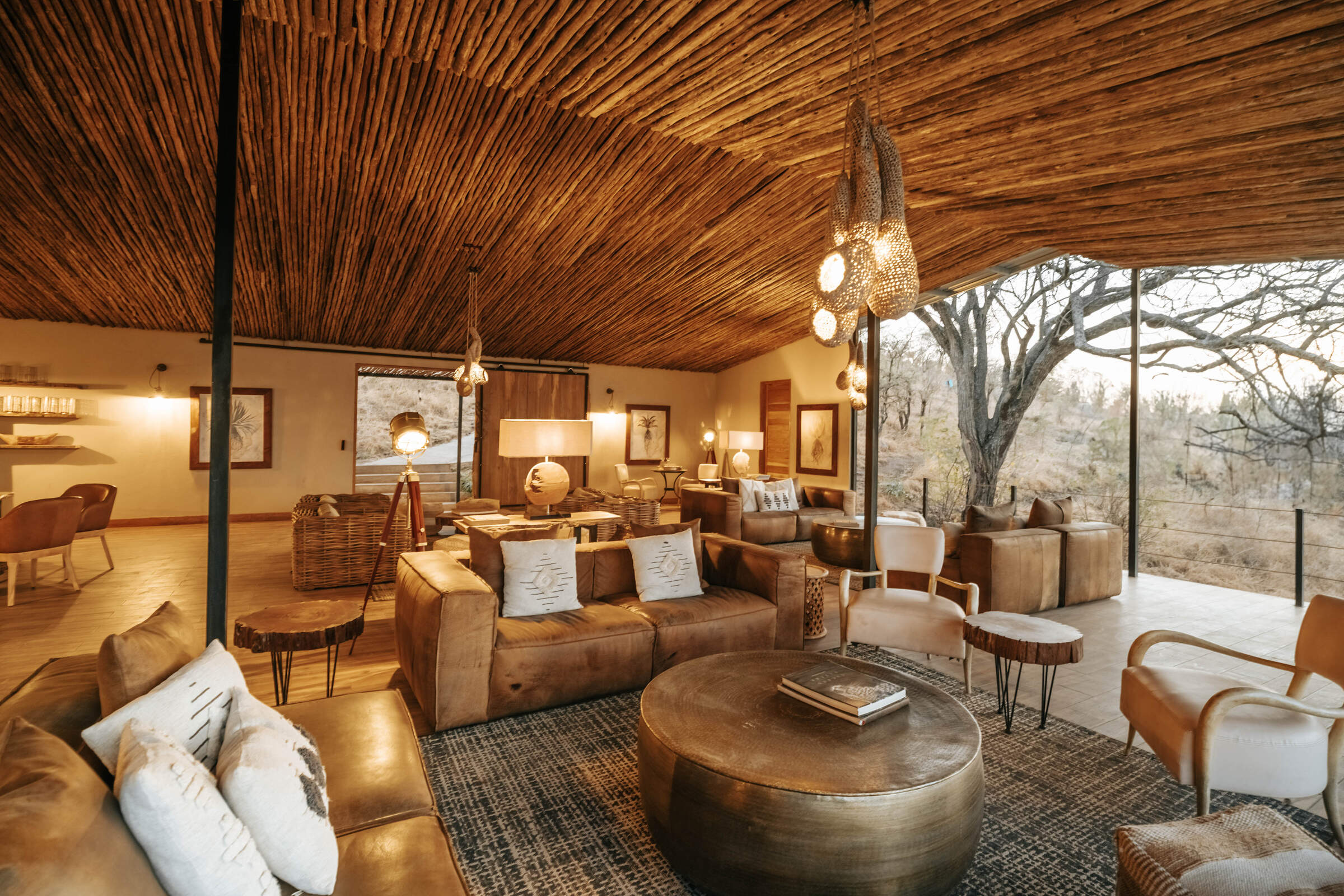
Nimali Serengeti
Opened in July 2017, Nimali Serengeti is a smart, permanent tented camp located in the Seronera area of the central Serengeti.
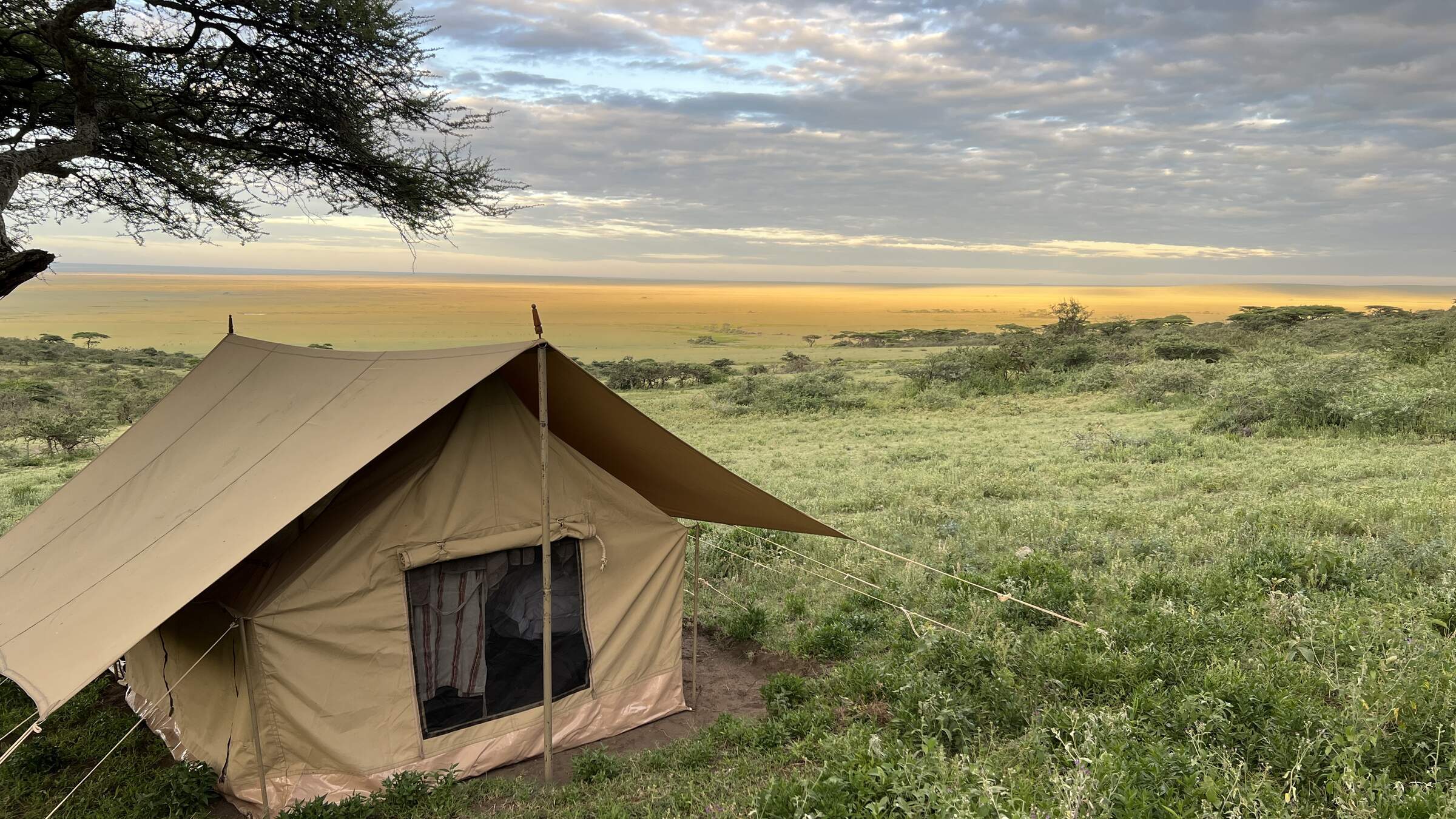
Nomad Walking Camp
Nomad Expeditionary Walking Camp is a simple camp of up to three tents, plus infrastructure, that changes location to allow guests to do substantial walks between campsites.
When to go to Serengeti Migration Area
Our month by month guide: What it's like to visit Serengeti Pioneer Camp in Serengeti Migration Area
Jan
Feb
Mar
Apr
May
Jun
Jul
Aug
Sep
Oct
Nov
Dec
Serengeti Migration Area in January
January marks the start of the Serengeti’s short dry season. In the southern plains, the wildebeest calving season takes centre stage, drawing both predators and eager wildlife enthusiasts. The weather is generally clear and sunny, with rising temperatures, though occasional rainfall may still occur in the southern areas. Birdwatching is particularly rewarding during this time, with resident species in their breeding plumage and migratory birds adding to the variety.
The far southern plains of Ndutu coupled with the central Seronera area remains a reliable choice for game viewing, with lions and cheetahs frequently sighted on the hunt. While the park can be busier early in the month due to New Year visitors, it often becomes quieter later, providing excellent value and a more peaceful experience. Patience may be needed during game drives, as some wildlife becomes more dispersed.
- Variable weather: clear, dry or rainy
- Thunderstorms may occur occasionally
- Prime birding season with migrant species
- Wildebeest gathering in southern Serengeti
- Busy early, quieter later in the month
Our view
A good time to visit, with pros & cons
Weather in January
Serengeti Migration Area in February
February in the Serengeti is hot, with daytime highs reaching around 33°C/91°F, but cooling down significantly in the evening and overnight. It's an excellent time to visit as the northern circuit is comparatively quieter than during peak seasons. The wildebeest calving season, typically occurring in a two-three week window in early-mid February, is a major attraction. Thousands of calves are born daily, attracting a significant number of predators, creating an intense yet fascinating spectacle.
Birdlife is equally vibrant, as migratory species from the northern hemisphere join the park's resident birds. The Ndutu region is especially active, hosting an abundance of wildlife. Hot air balloon safaris offer unparalleled views of the action below. Despite the midday heat, early morning game drives remain comfortable and highly rewarding.
- Hot and dry weather conditions prevail
- Wildebeest calving in southern plains
- Southern Serengeti busy for migration
- Lush, green landscapes across the park
- Ideal for wildlife photography
Our view
A very good time to visit
Weather in February
Serengeti Migration Area in March
March typically sees the arrival of the long rains in the Serengeti, though the exact timing can vary each year. With water becoming more plentiful, migratory animals begin to spread out, making wildlife spotting a bit more challenging in certain areas. The Seronera Valley remains a reliable choice for sightings, thanks to its consistent water sources.
The rains bring a dramatic transformation to the landscape, with lush greenery emerging across the plains, offering stunning photographic opportunities. Birdwatchers are in for a treat, as many species are in their vibrant breeding plumage. Although some mobile tented camps begin winding down operations in preparation for the next season, visitors can still enjoy the park’s quieter atmosphere and its renewed natural beauty.
- Hot with increasing humidity pre-rains
- Wildlife viewing varies as rains begin
- Park quieter with lower visitor numbers
- Excellent time for bird watching
- Green vegetation provides scenic backdrops
Our view
A good time to visit, with pros & cons
Weather in March
Serengeti Migration Area in April
April tends to be the wettest month in the Serengeti, with rainfall averaging around 250mm. The park is transformed into a verdant oasis, alive with birds, insects, and smaller wildlife. However, the dense vegetation can make spotting animals more difficult. Visitor numbers are at their lowest, allowing for a more exclusive safari experience and there can be some good emerald season bargains to be had.
The wildebeest migration typically begins slowly moving toward the Western Corridor, and patient travellers can witness fascinating sights such as newborn animals and predators on the hunt. Rising water levels make the Retina Hippo Pool particularly active. Birdwatching continues to be excellent, and many lodges offer reduced rates, making it an appealing time for those willing to brave occasional downpours.
- Heavy rains with impressive thunderstorms
- Some camps closed due to weather
- Lowest rates and fewest tourists
- Vibrant greenery, wildlife more dispersed
- Not ideal for general wildlife viewing
Our view
This is not a great time to visit
Weather in April
Serengeti Migration Area in May
As the month of May progresses, the rains start to taper off across the Serengeti and temperatures drop slightly. Visitor numbers remain low, and lodge rates are often highly competitive, making it a great time for more value-conscious travellers. The wildebeest migration usually still heading towards the Western Corridor, with some herds nearing the Grumeti River and others still milling around the central area of the park. Predator-prey interactions become more frequent as animals navigate the changing environment.
The Moru Kopjes region offers particularly rewarding wildlife encounters, including the chance to spot black rhinos. The park’s vegetation is at its lushest, providing breathtaking backdrops for photographers. Balloon safaris during this time give a spectacular view of the green plains and migrating herds.
- Rains continue, creating dramatic skies
- Quiet period, great for avoiding crowds
- Lush landscapes with long grasses
- Wildlife more dispersed, fewer sightings
- Affordable safari options available
Our view
This is not a great time to visit
Weather in May
Serengeti Migration Area in June
June signals the end of the rainy season in the Serengeti, with the landscape beginning to dry out. Wildlife starts to gather around permanent water sources, and the Grumeti River becomes a key location for dramatic river crossings. Before the wildebeest migration heads north, the Western Corridor remains a hub of activity.
Many camps will offer shoulder season rates in June, meaning that this is also a more affordable time to visit than later in the year. The Lobo Valley in the north also becomes a productive area for wildlife viewing. With shorter grasses and clearer conditions, June is an excellent time for walking safaris in designated areas. The balance of good weather, exciting wildlife action, and moderate tourist numbers makes it a great month to visit.
- Weather varies: clear, dry or some rain
- Migration moving from west to north
- Parks still green with high grasses
- Wildlife becoming more concentrated
- Good value shoulder season prices
Our view
A good time to visit, with pros & cons
Weather in June
Serengeti Migration Area in July
July is the start of peak season in the Serengeti, with little to no rainfall expected and pleasant daytime temperatures. As the park dries, wildlife congregates in fewer areas, improving game viewing opportunities. The wildebeest migration typically reaches the northern Serengeti, with herds beginning to cross the Mara River. This spectacle draws many visitors, making the northern areas busier.
The Seronera area remains excellent for big cat sightings. In the western corridor, resident game becomes easier to spot as vegetation thins. Balloon safaris are particularly popular this month, offering breathtaking views of the migrating herds. Despite the crowds, July offers some of the year's best wildlife viewing opportunities across the park.
- Dry days, chilly mornings and evenings
- Excellent wildlife viewing opportunities
- Peak season with increasing visitor numbers
- Highest prices due to prime conditions
- Great Migration in full swing
Our view
Fantastic: the very best time to visit
Weather in July
Serengeti Migration Area in August
August in the Serengeti is characterised by clear skies and sunny weather, though cooler nights and mornings call for layered clothing for early morning game drives. It's an extremely popular time to visit, with accommodation prices at their peak. The northern Serengeti is particularly busy as visitors hope to witness migration river crossings – with the Mara and Sand rivers becoming focal points for dramatic wildlife interactions.
In the central Serengeti, predator sightings remain good around the Seronera River. The park's southern regions are now much drier, home to excellent resident game and now fewer visitors. Balloon safaris provide stunning aerial views of the landscape and wildlife. While August is a very busy time, the consistent wildlife activity and reliable weather make it a fantastic month to visit.
- Dry climate, cool mornings and evenings
- Superb general wildlife viewing
- Exciting wildebeest migration period
- Very busy, camps fill up quickly
- Dramatic river crossings may occur
Our view
Fantastic: the very best time to visit
Weather in August
Serengeti Migration Area in September
September continues the Serengeti’s dry season, with wildlife becoming increasingly concentrated around the few remaining water sources. The northern Serengeti still hosts the wildebeest migration, with river crossings at the Mara River offering dramatic predator-prey interactions. The Seronera Valley remains an excellent spot for sightings of resident predators, while the now-parched southern plains offer good chances to see cheetahs.
As the month progresses, visitor numbers begin to drop slightly, making it a quieter time to explore. Birdwatching remains rewarding, and walking safaris provide a more intimate wildlife experience. September’s pleasant weather and exceptional wildlife viewing make it a very good time to visit.
- Fantastic wildlife viewing conditions
- Slightly less crowded than peak months
- Parks becoming dry with less vegetation
- Pleasant temperatures throughout day
- Prices remain high for quality safaris
Our view
Fantastic: the very best time to visit
Weather in September
Serengeti Migration Area in October
October marks the tail end of the dry season in the Serengeti. Wildlife gathers around the last water sources, creating fantastic viewing opportunities. The Mara River may still see some migration activity, while the central Seronera region continues to deliver reliable predator sightings. In the western corridor, large herds of elephants are a highlight, and the dry southern plains can sometimes offer very good opportunities to spot cheetah.
Birdwatching is rewarding, with many resident species easily spotted. Balloon safaris offer breathtaking views of the parched landscape – though photographers need to be prepared for dusty conditions. Prices remain high, but visitor numbers are lower than in July-Sept, providing a more exclusive safari experience.
- Mostly dry with comfortable temperatures
- Excellent game viewing opportunities
- Landscape may appear somewhat barren
- Lower visitor numbers than earlier months
- Chance to see predator action at its best
Our view
A very good time to visit
Weather in October
Serengeti Migration Area in November
November usually signals the start of the short rains in the Serengeti. While lighter and more sporadic than the long rains, they rejuvenate the landscape with fresh grass growth. Wildlife begins to disperse as water becomes more readily available, but game viewing remains strong, particularly in the central Seronera area.
The wildebeest herds start their journey southward from the Mara region, creating opportunities for unique sightings. Birdwatching is excellent, with the arrival of migratory species adding to the variety. Some mobile camps in the north close temporarily, but those who visit in November can enjoy great value with lower rates and quieter conditions.
- Variable weather: clear, dry or rainy
- Parks quieter with lower-end prices
- Some camps close for maintenance
- Wildlife disperses as rains begin
- Migration movement less predictable
Our view
A good time to visit, with pros & cons
Weather in November
Serengeti Migration Area in December
December is a transition month in the Serengeti, falling within the short rainy season. The rains bring life to the southern plains, attracting the wildebeest herds and the predators that follow them. The Ndutu region becomes a focal point for wildlife activity.
Temperatures are comfortable, averaging around 27°C/81°F, with the possibility of occasional thunderstorms. Birdwatching is outstanding, with many migratory species adding to the diversity. Early December offers good value, with lower prices and fewer visitors, but the festive season sees a surge in demand, requiring early bookings. Balloon safaris provide stunning views of the rejuvenated landscape, making December an exciting time to visit the park.
- Weather varies: dry, rainy, or stormy
- Good game viewing in central Serengeti
- Quiet early, extremely busy late month
- Prices rise sharply for holiday season
- Green season begins, landscapes refresh
Our view
A good time to visit, with pros & cons
Weather in December

Looking for inspiration on where to travel next?
Visit our trip chooser to explore your options and find inspiration for your perfect African adventure
Inspire me